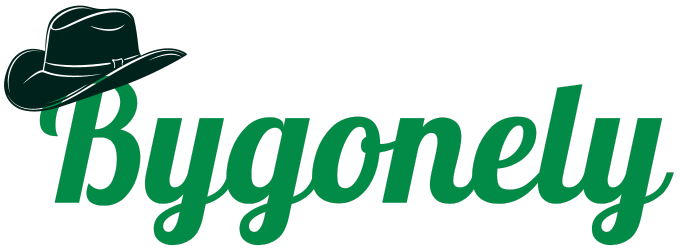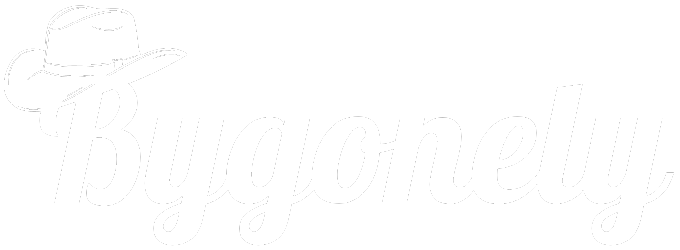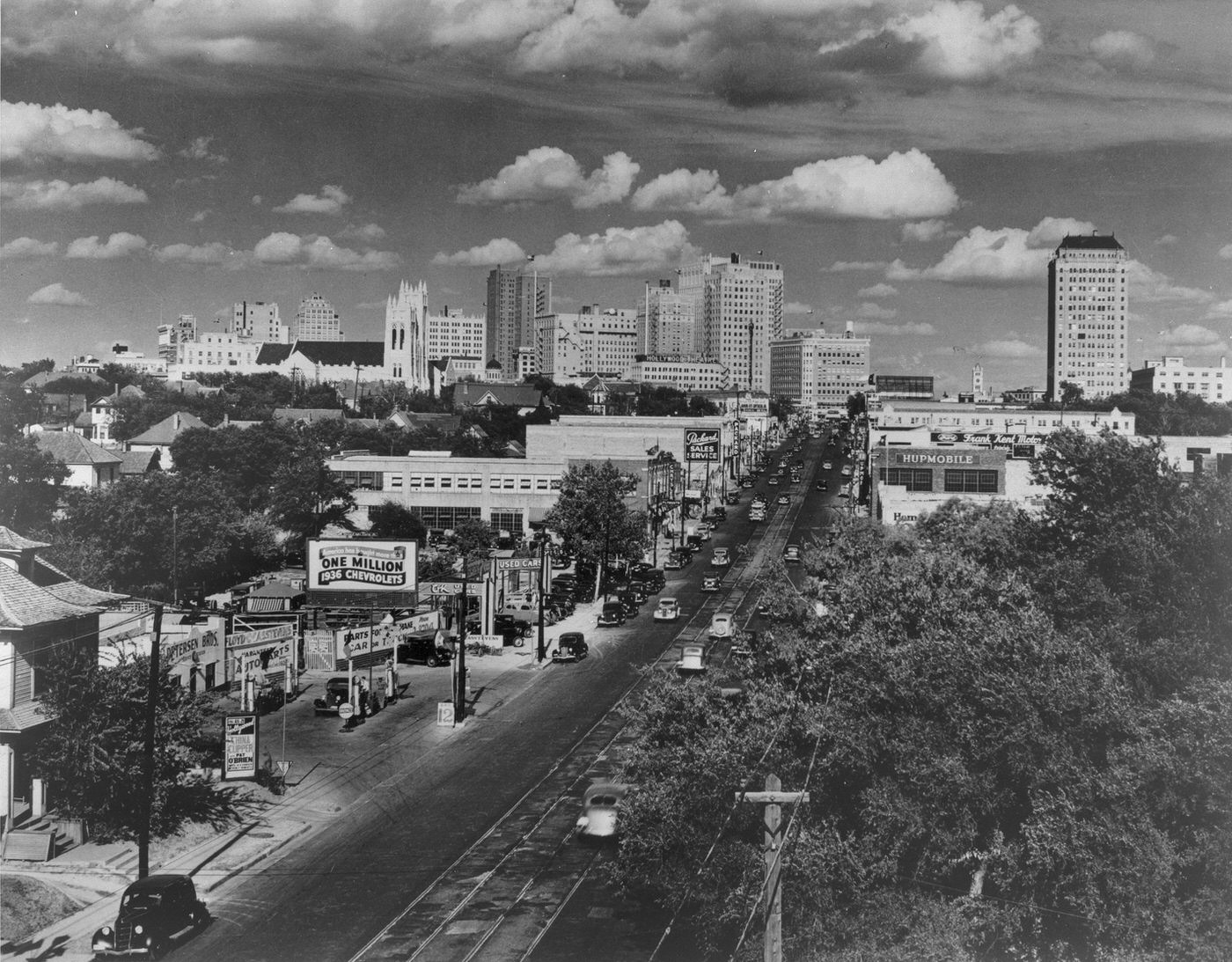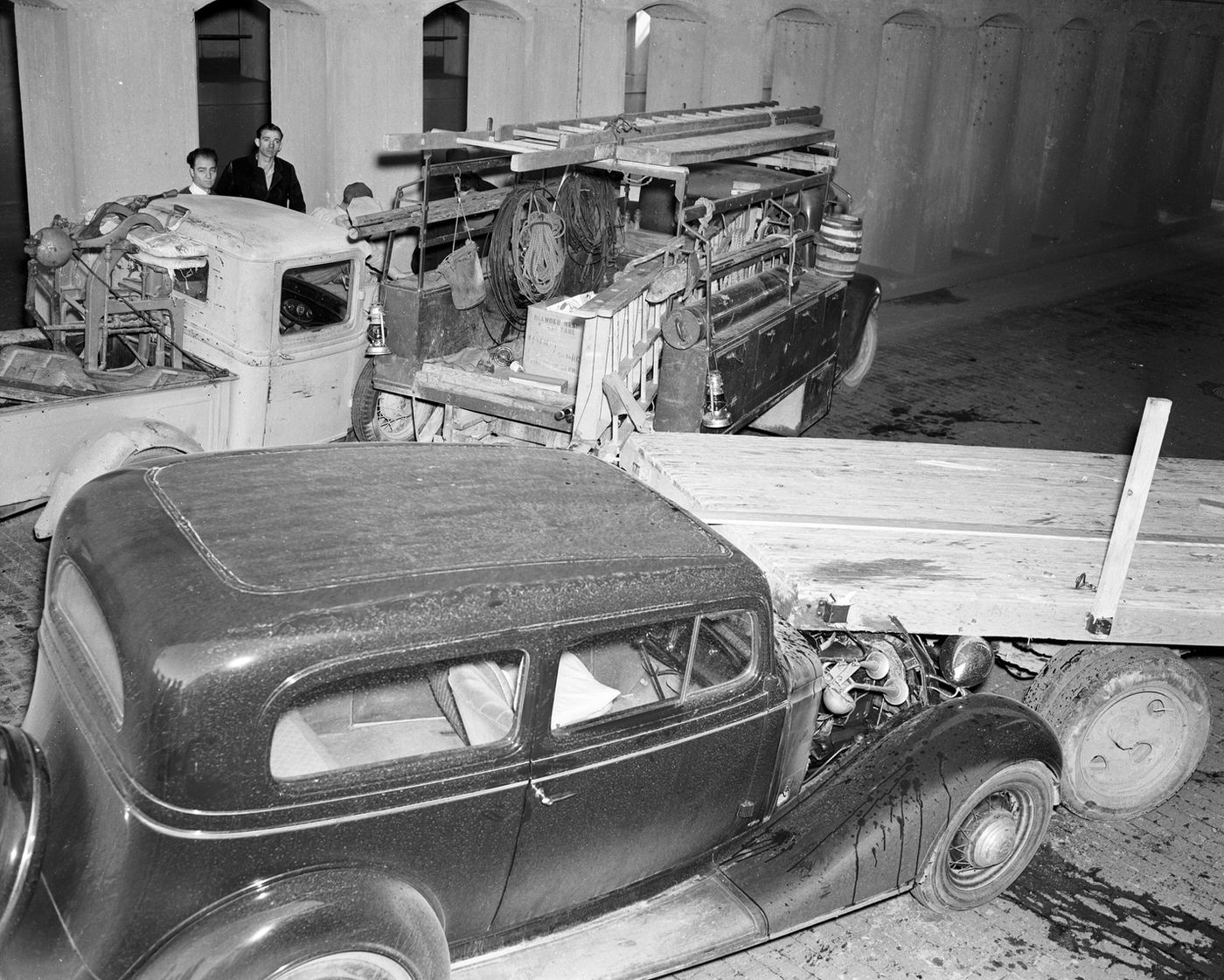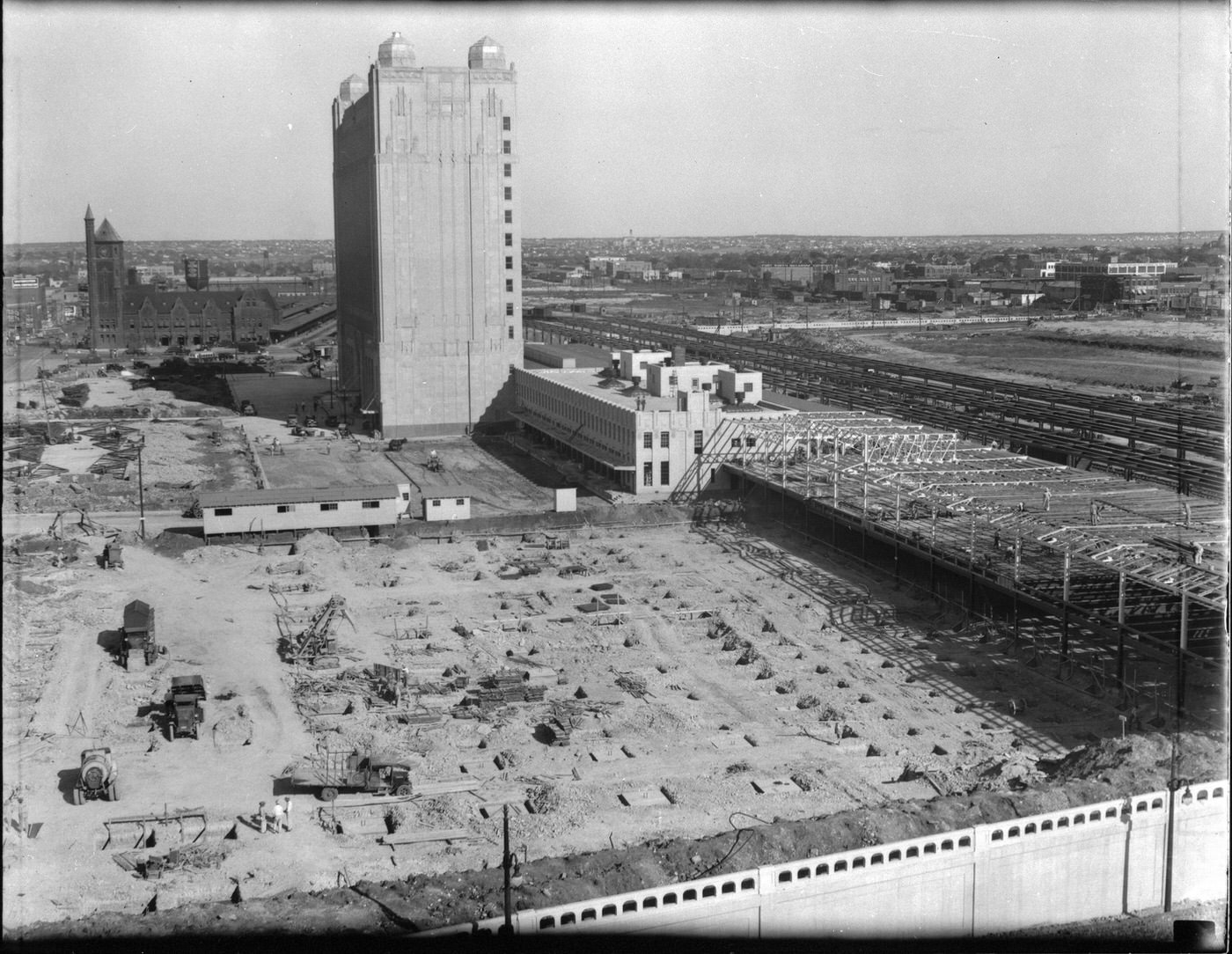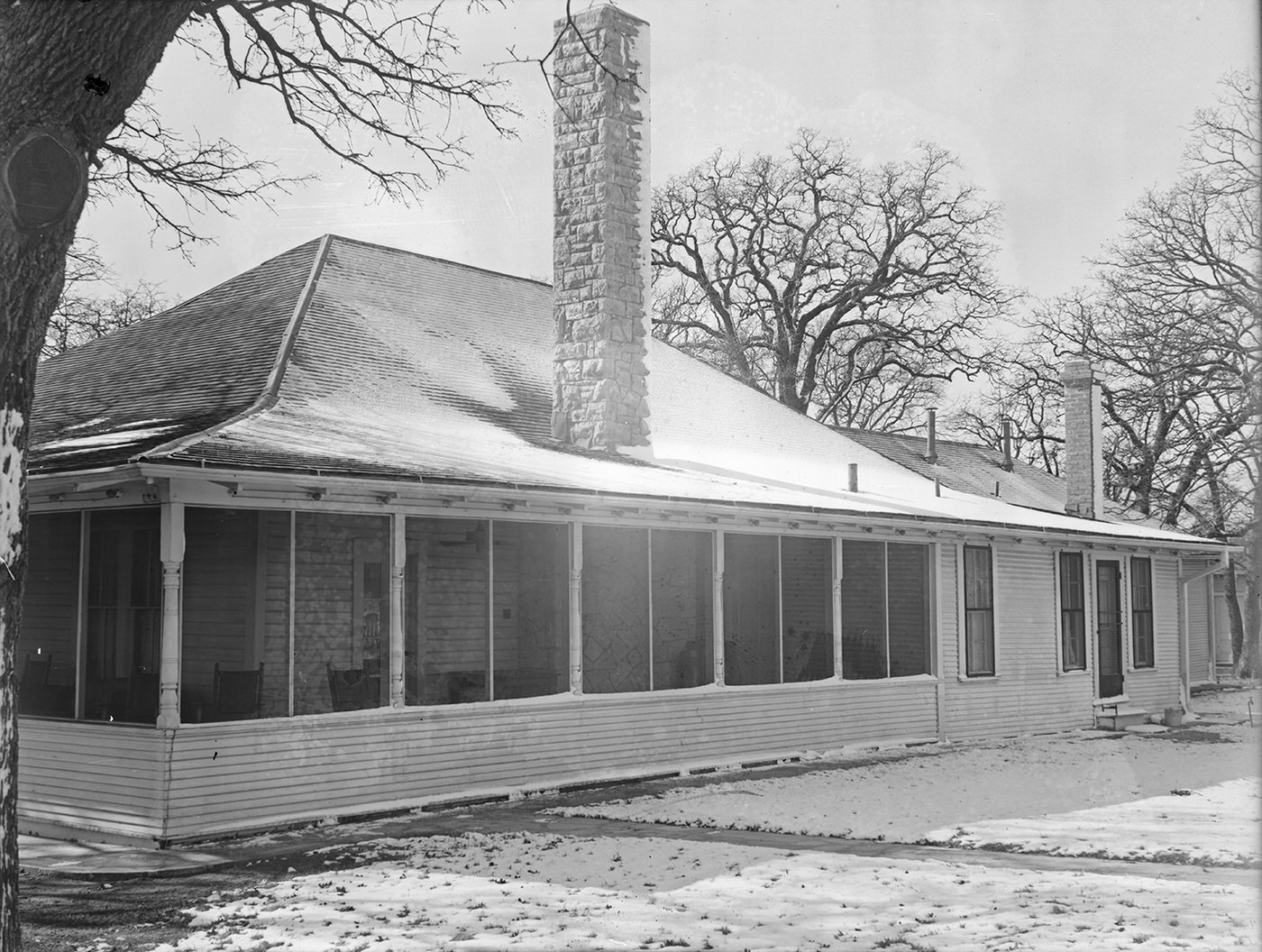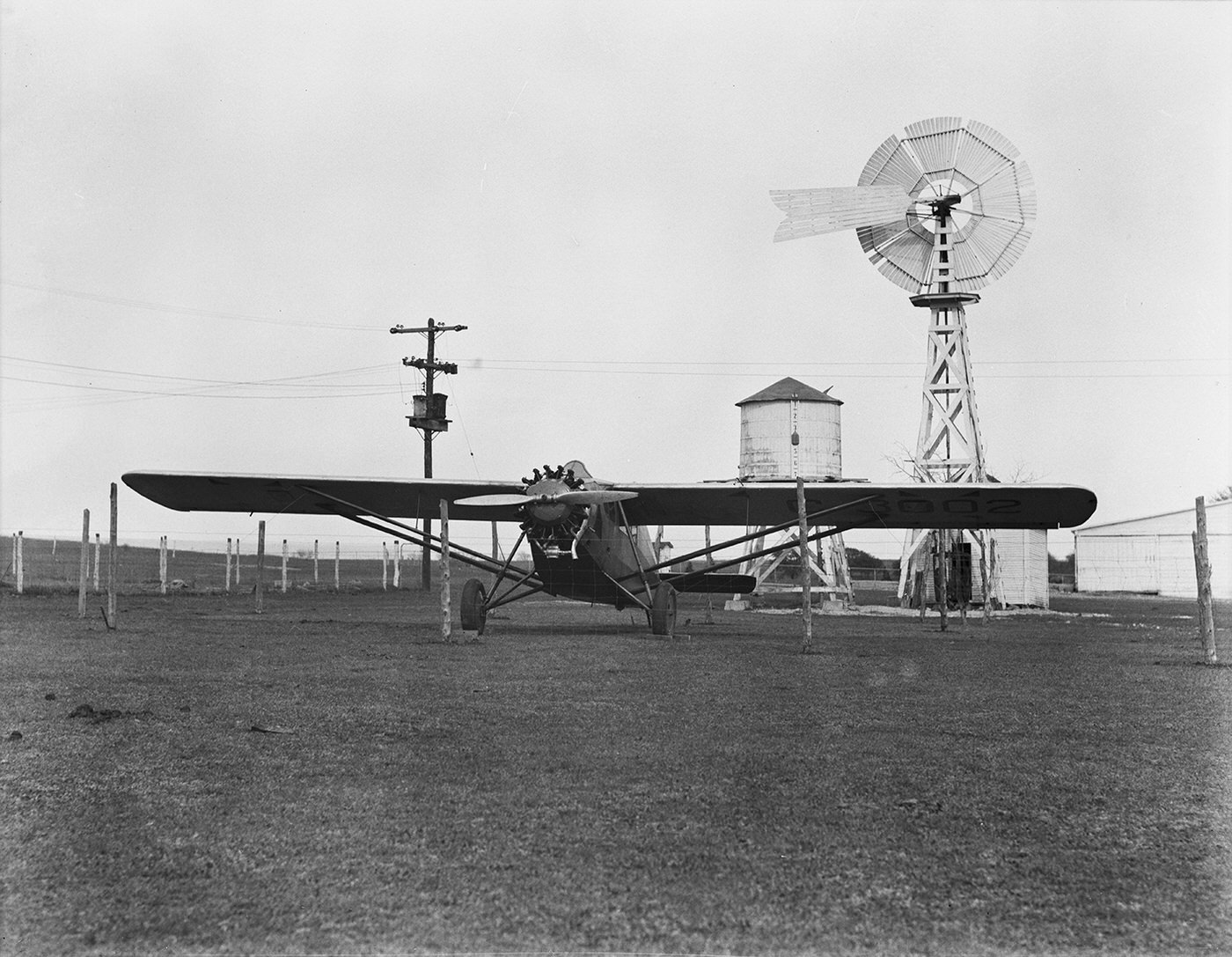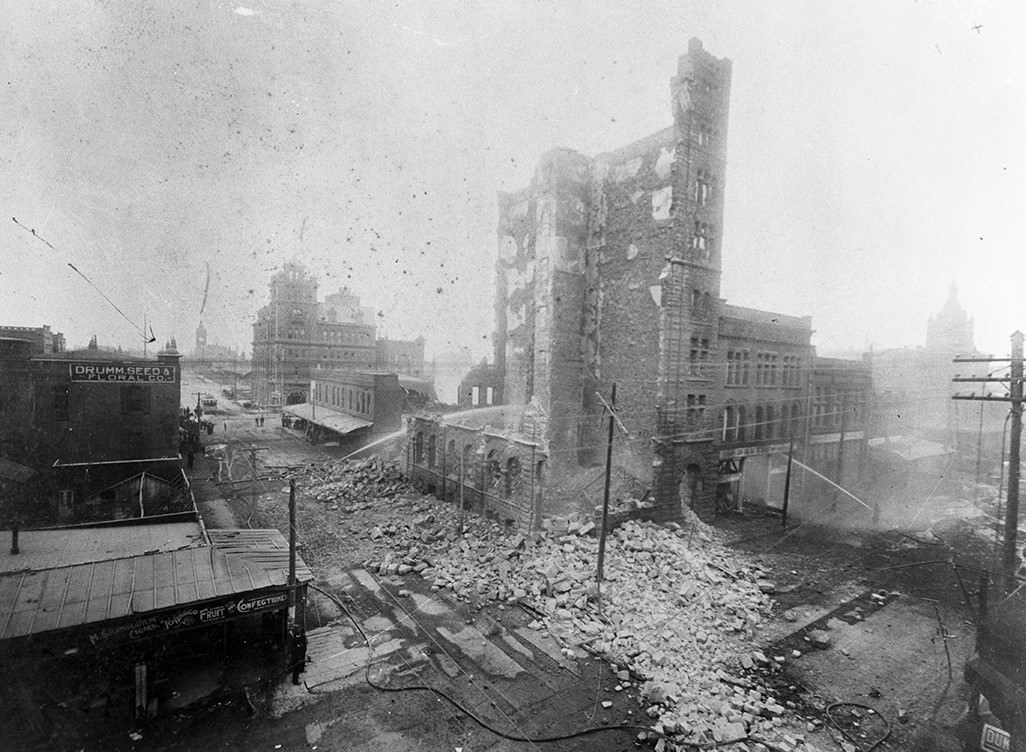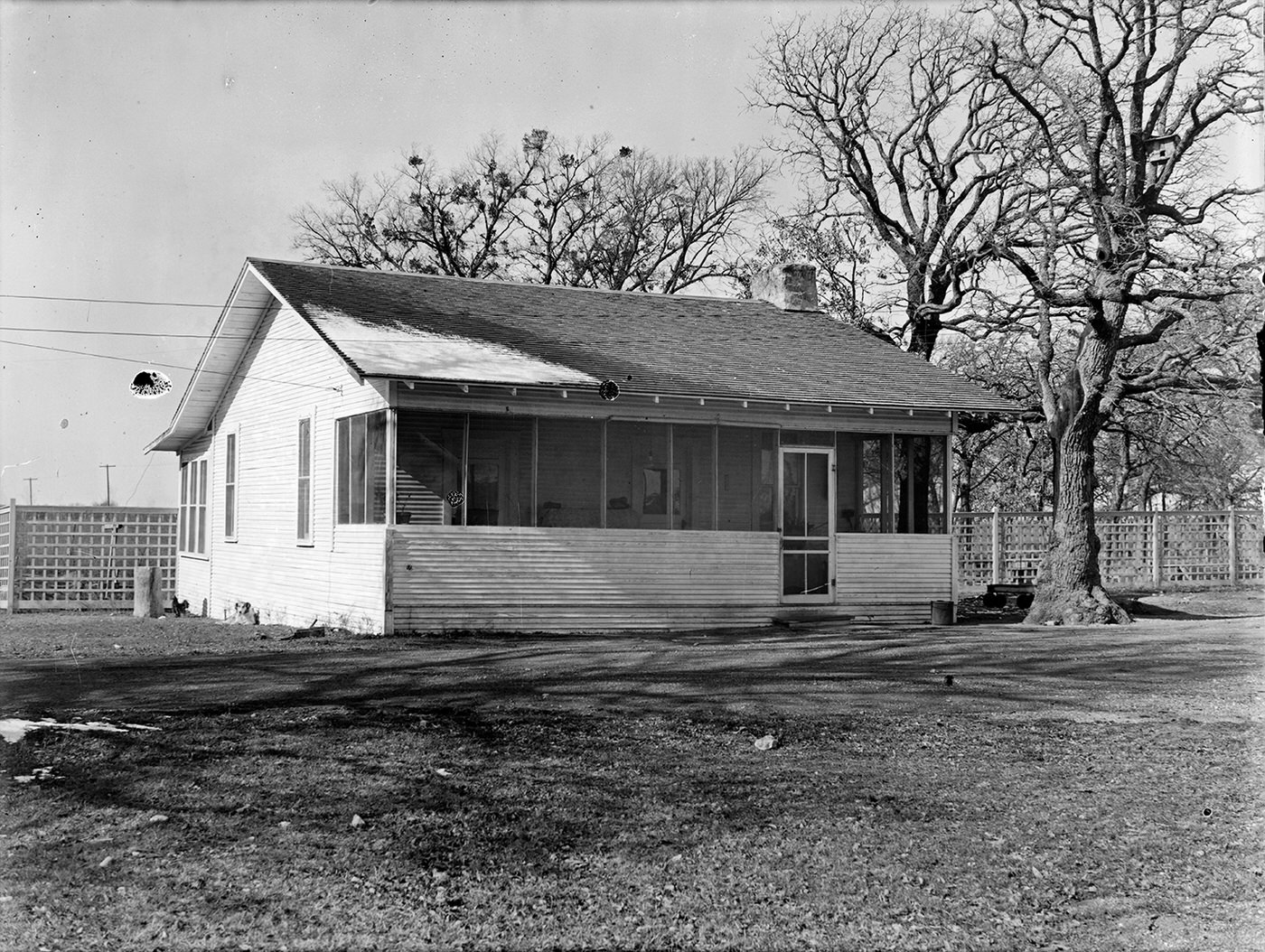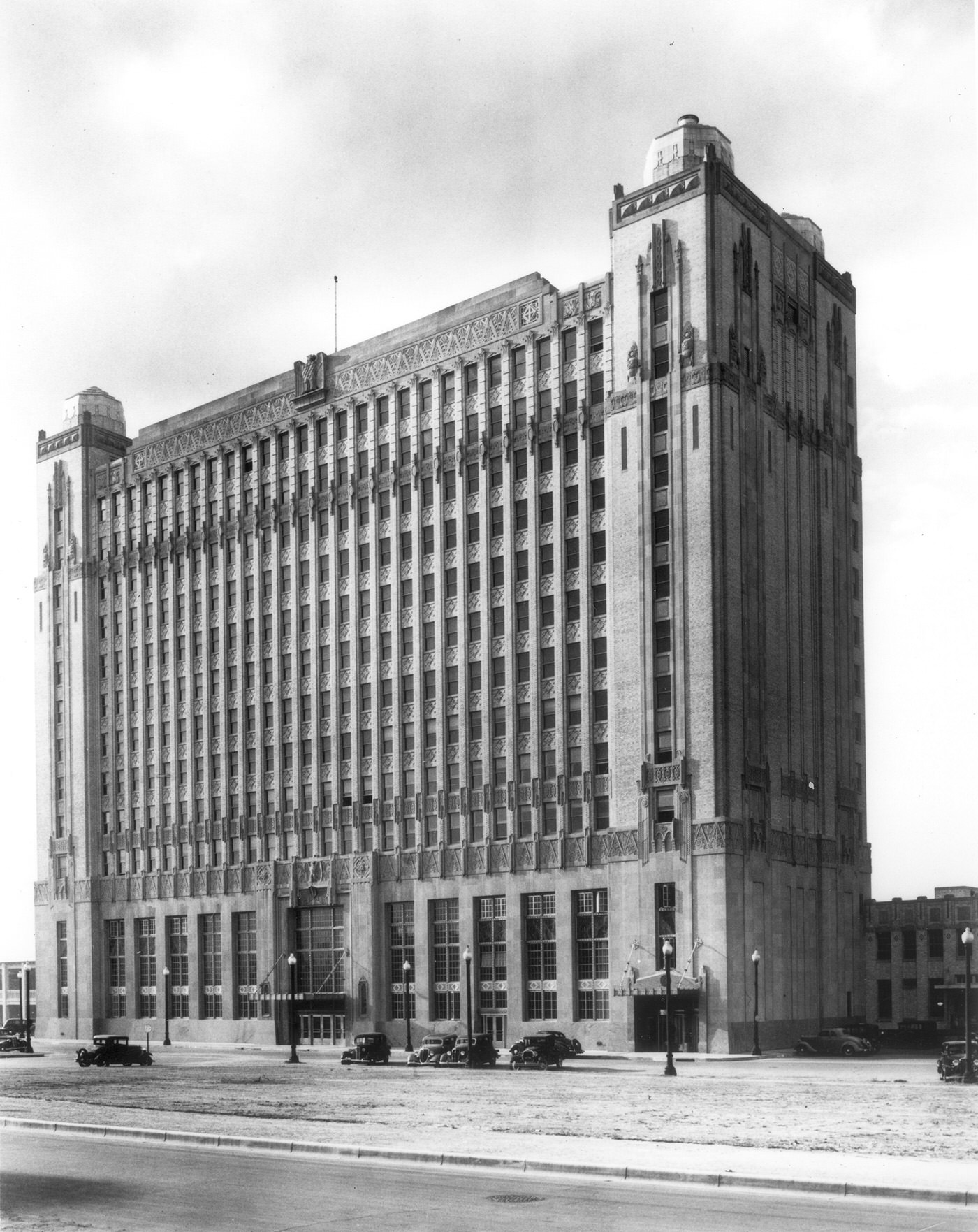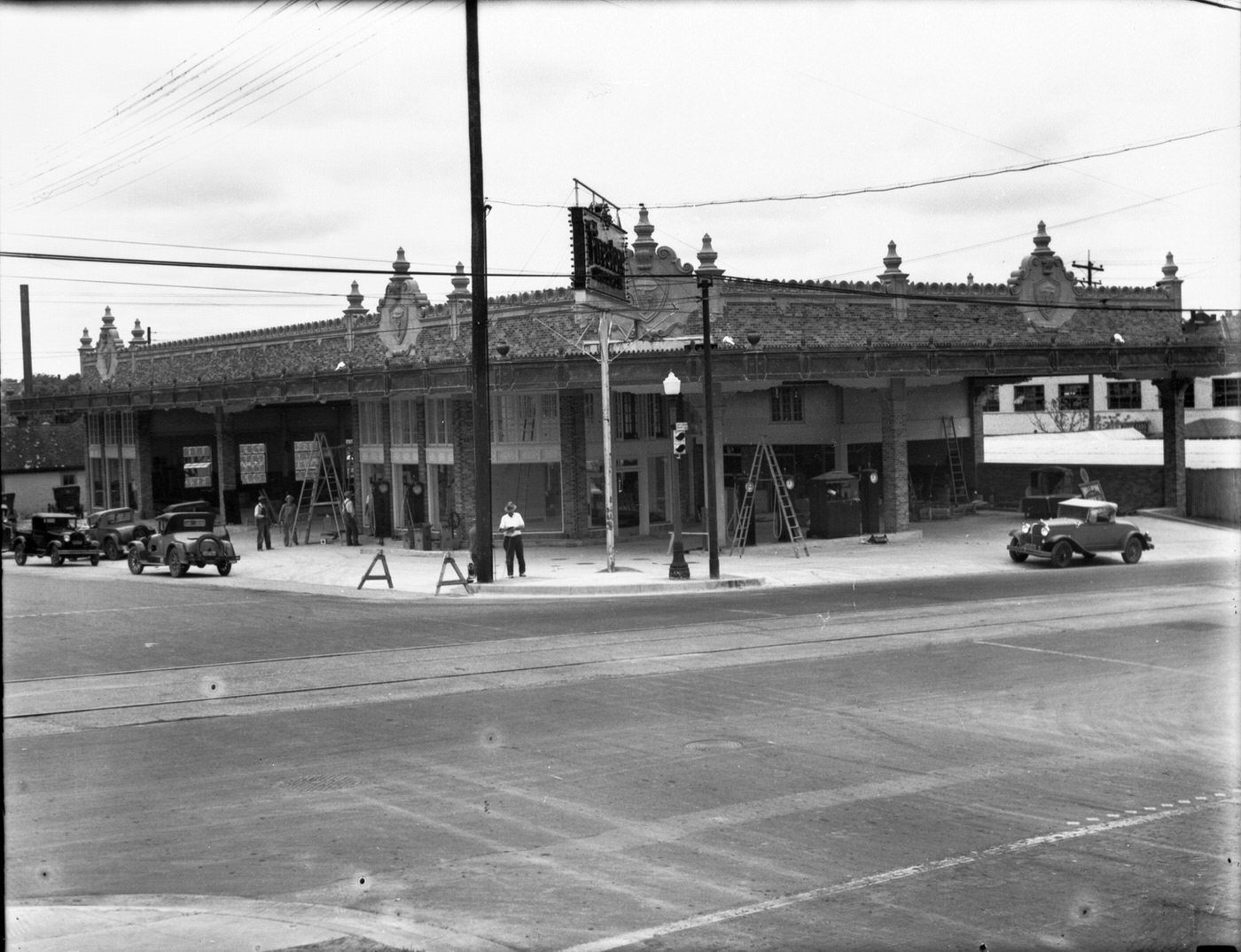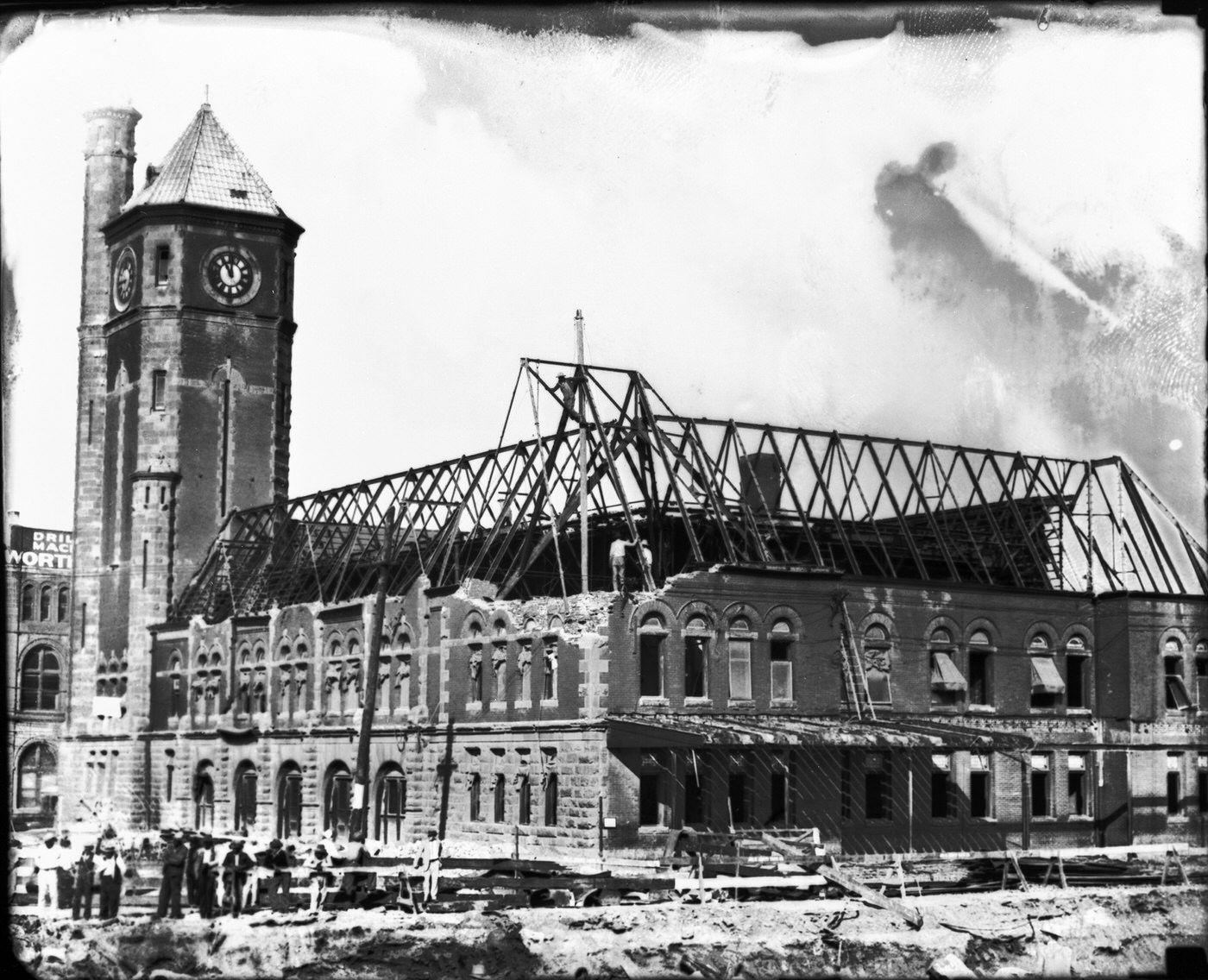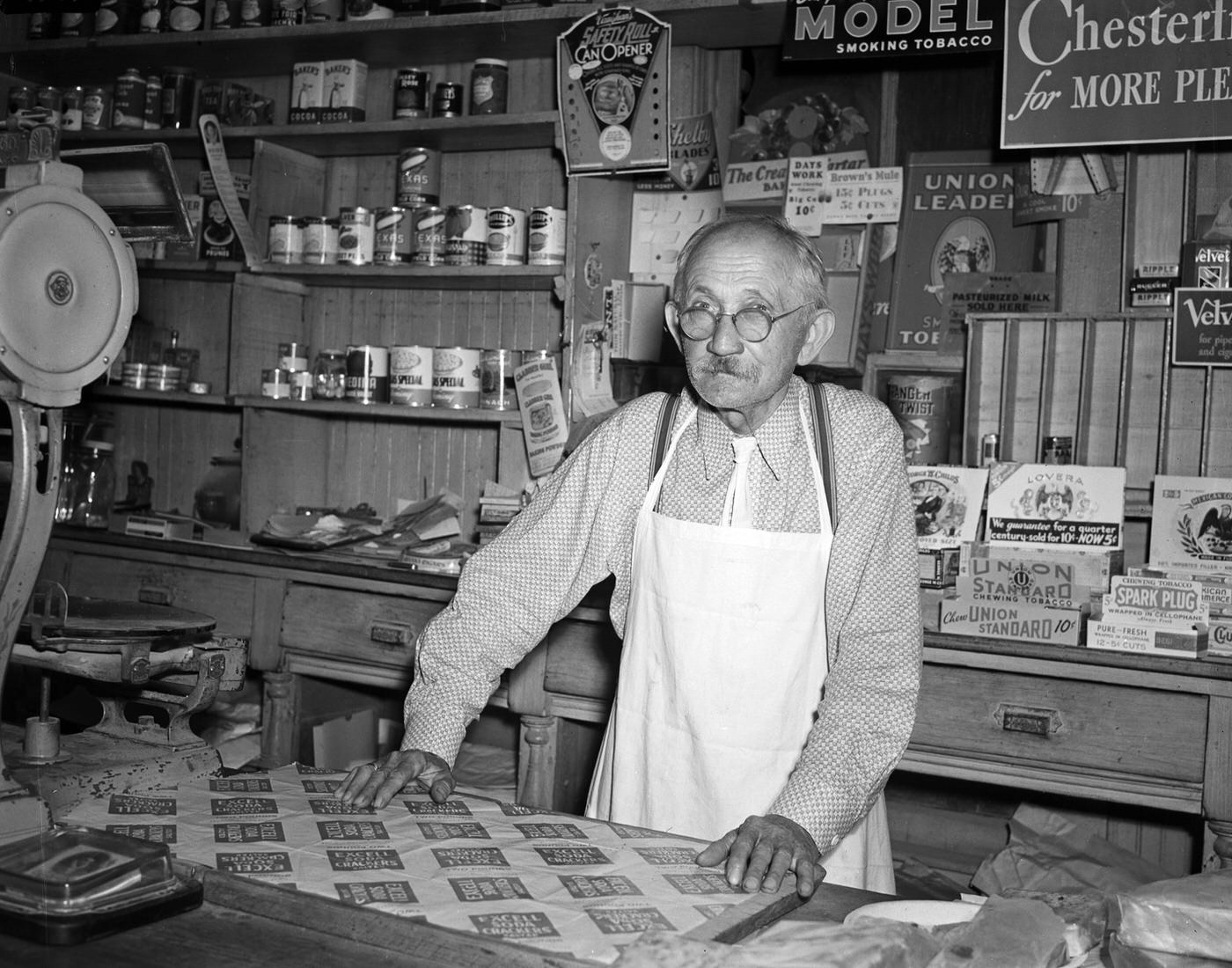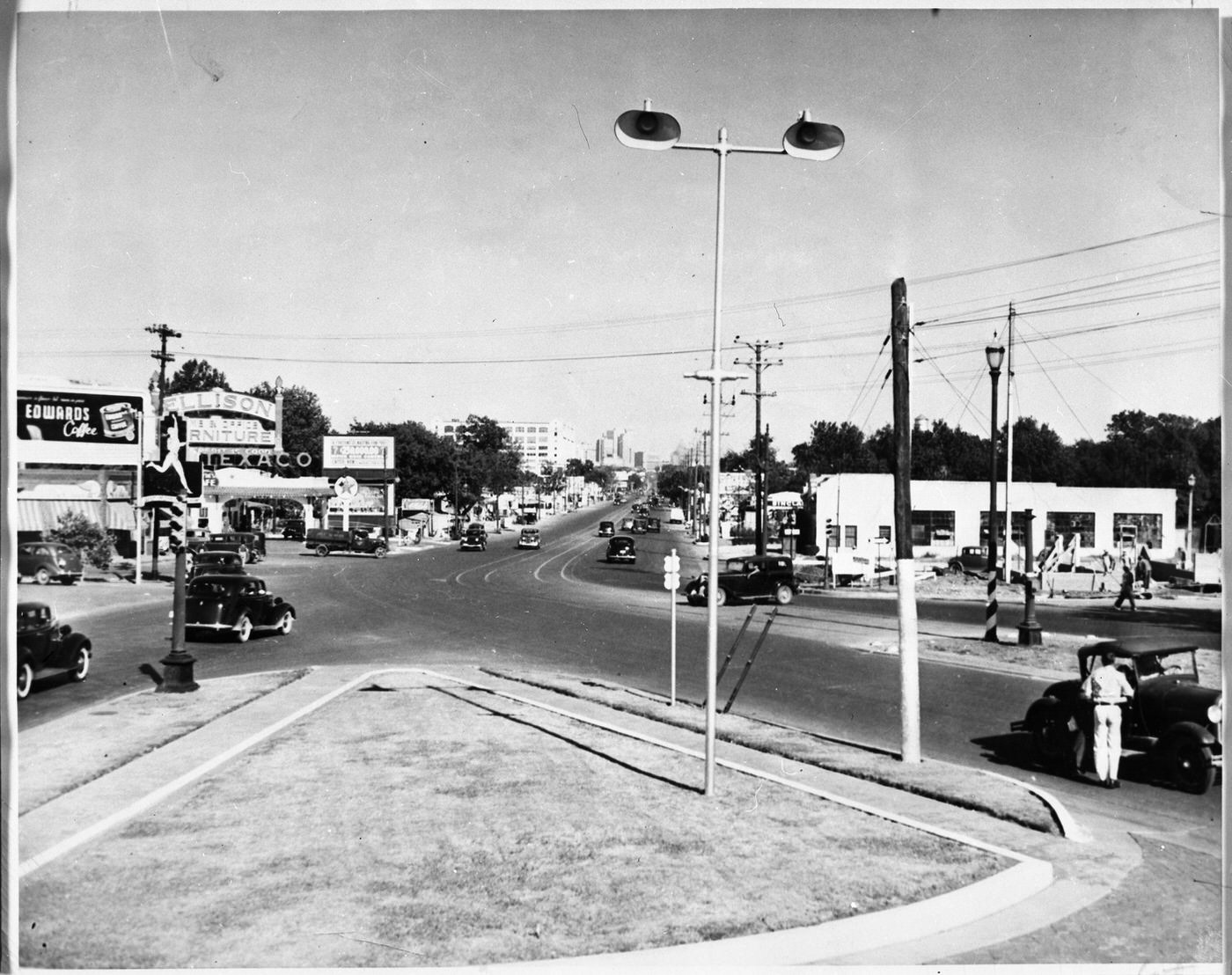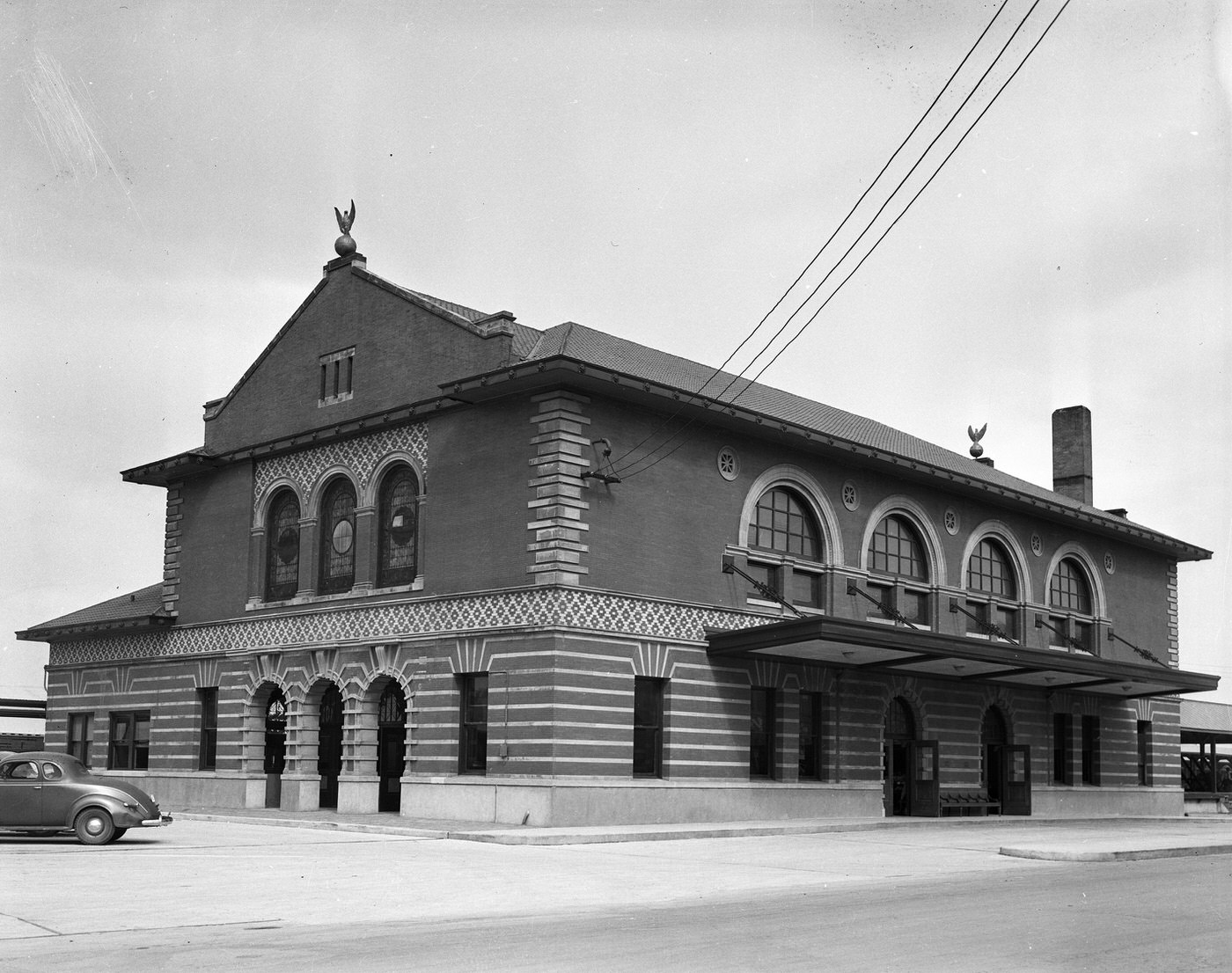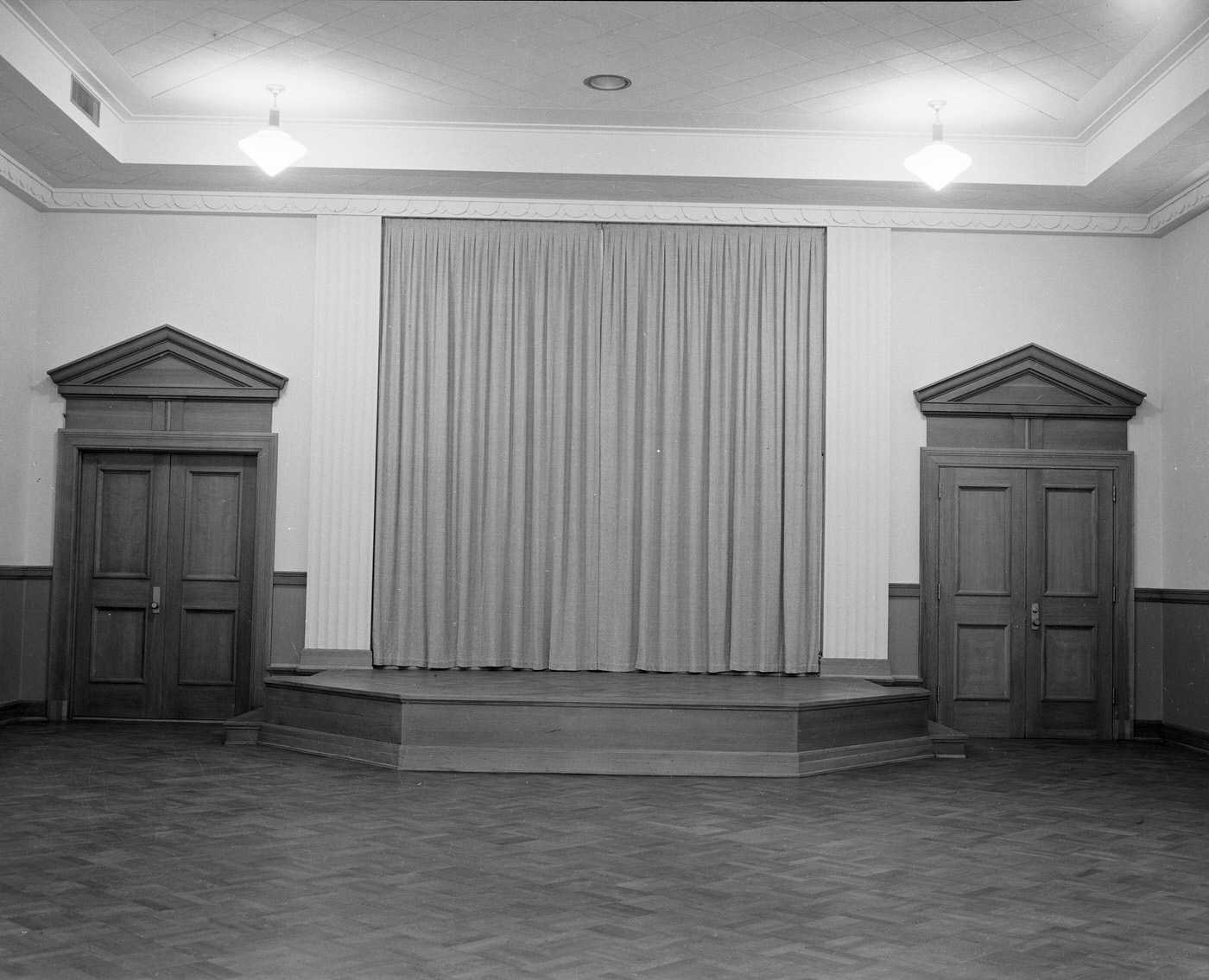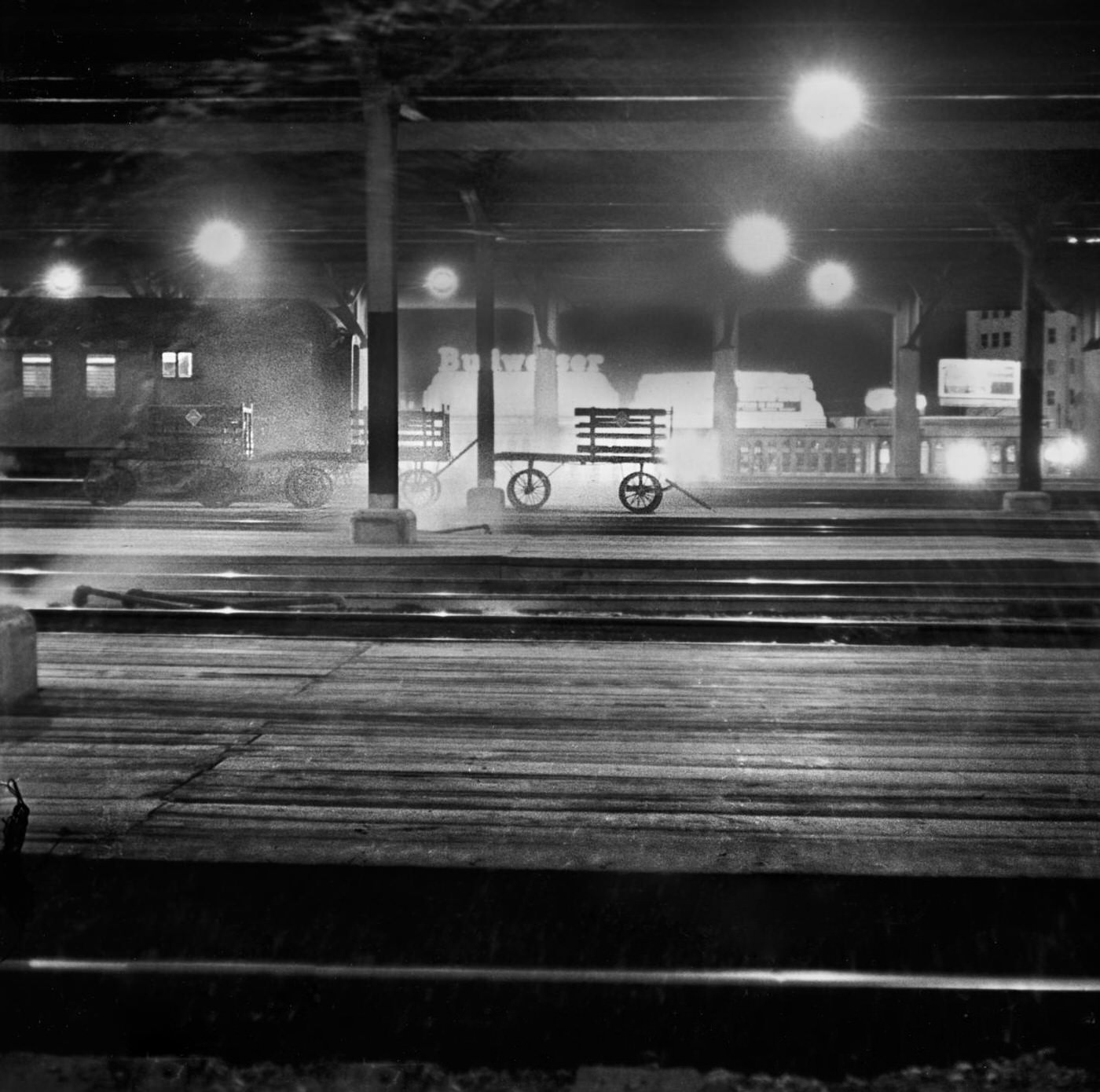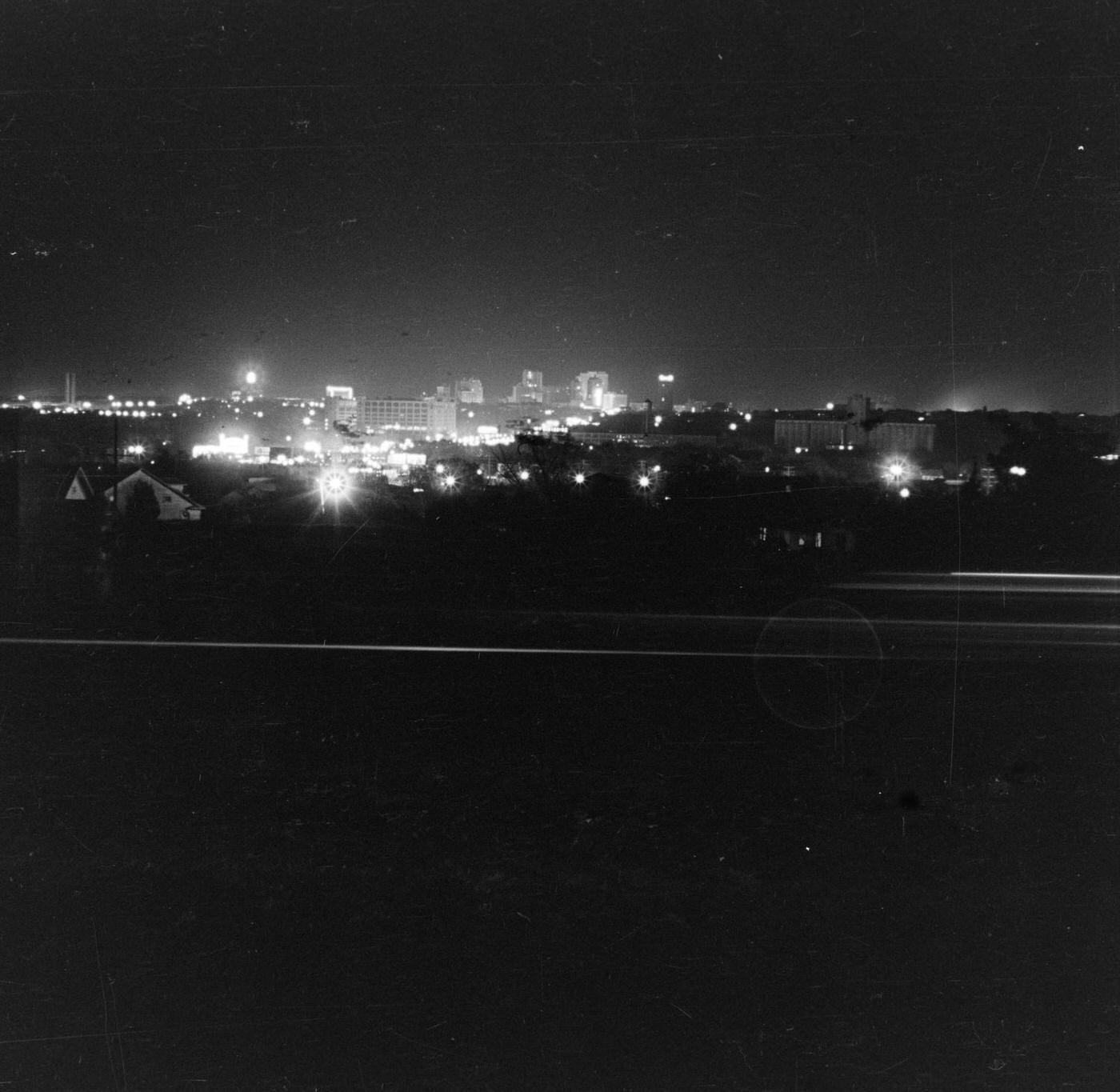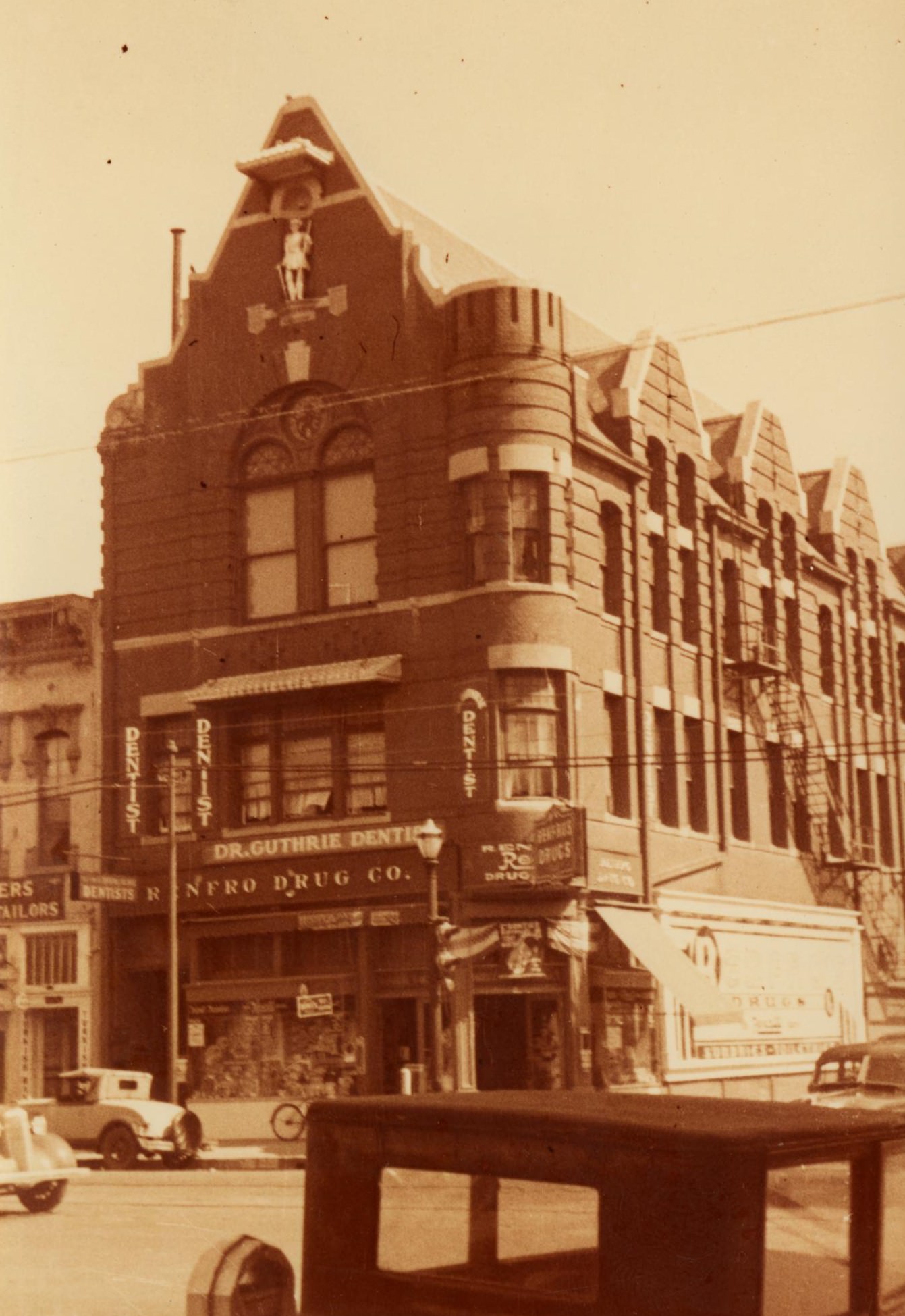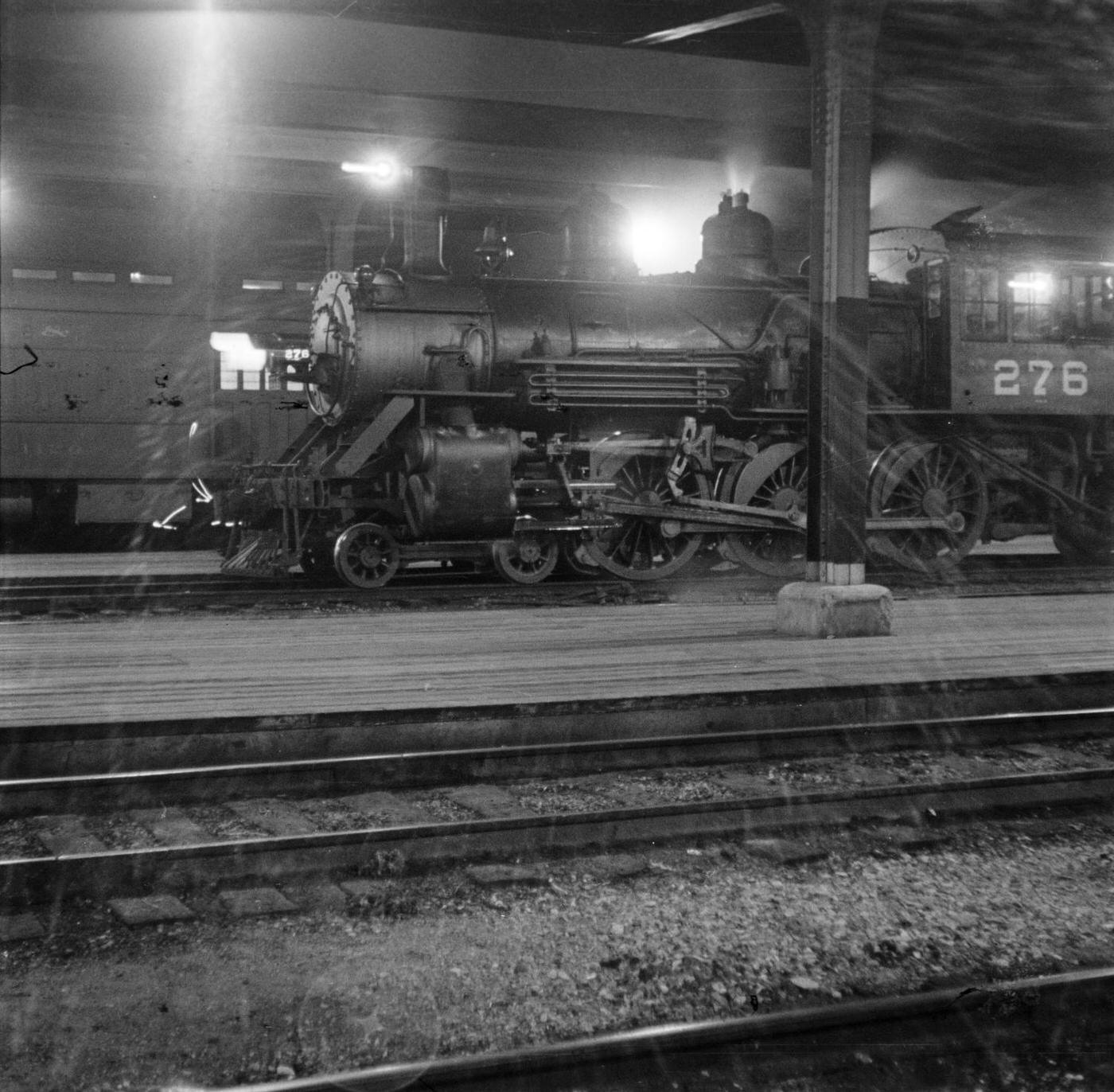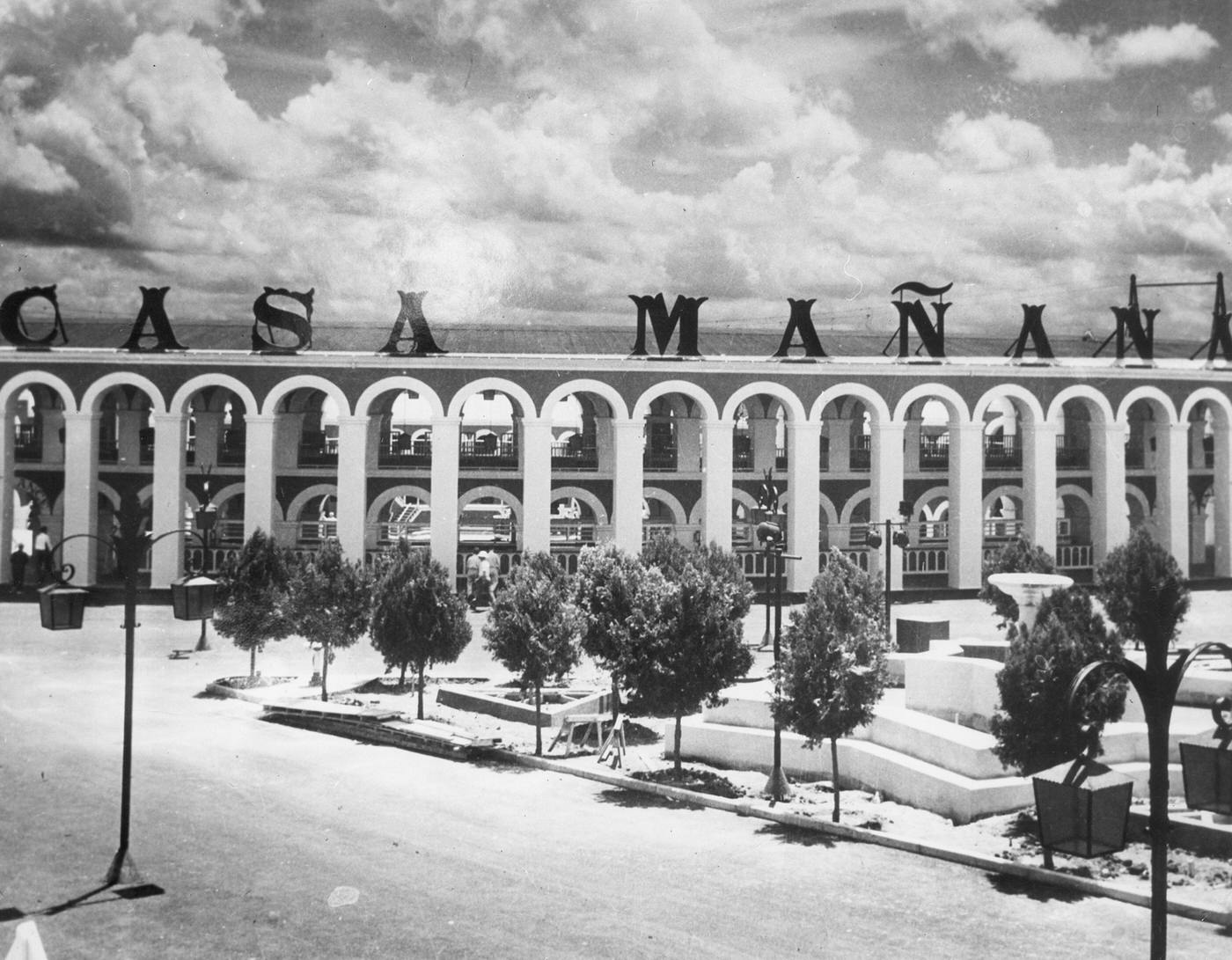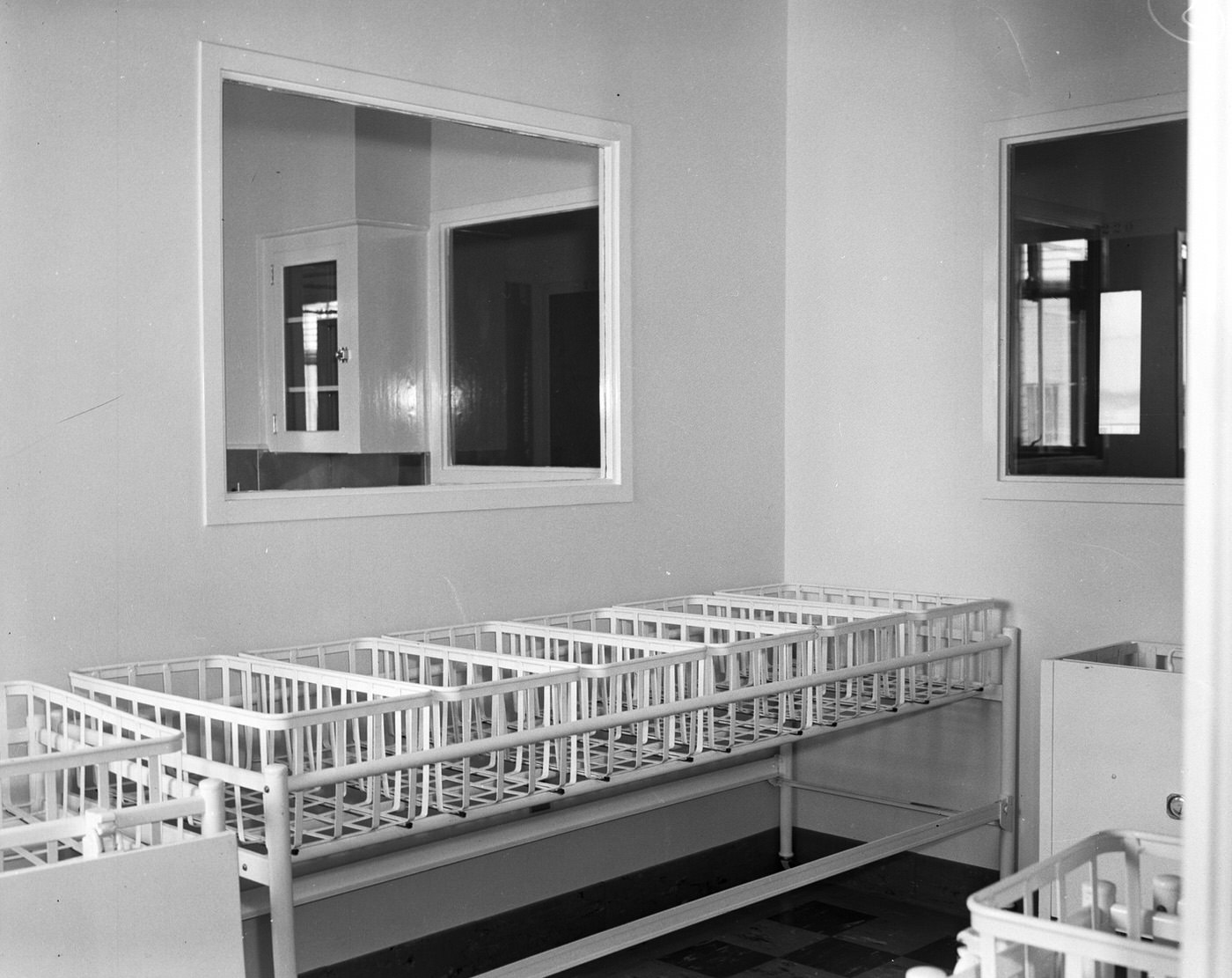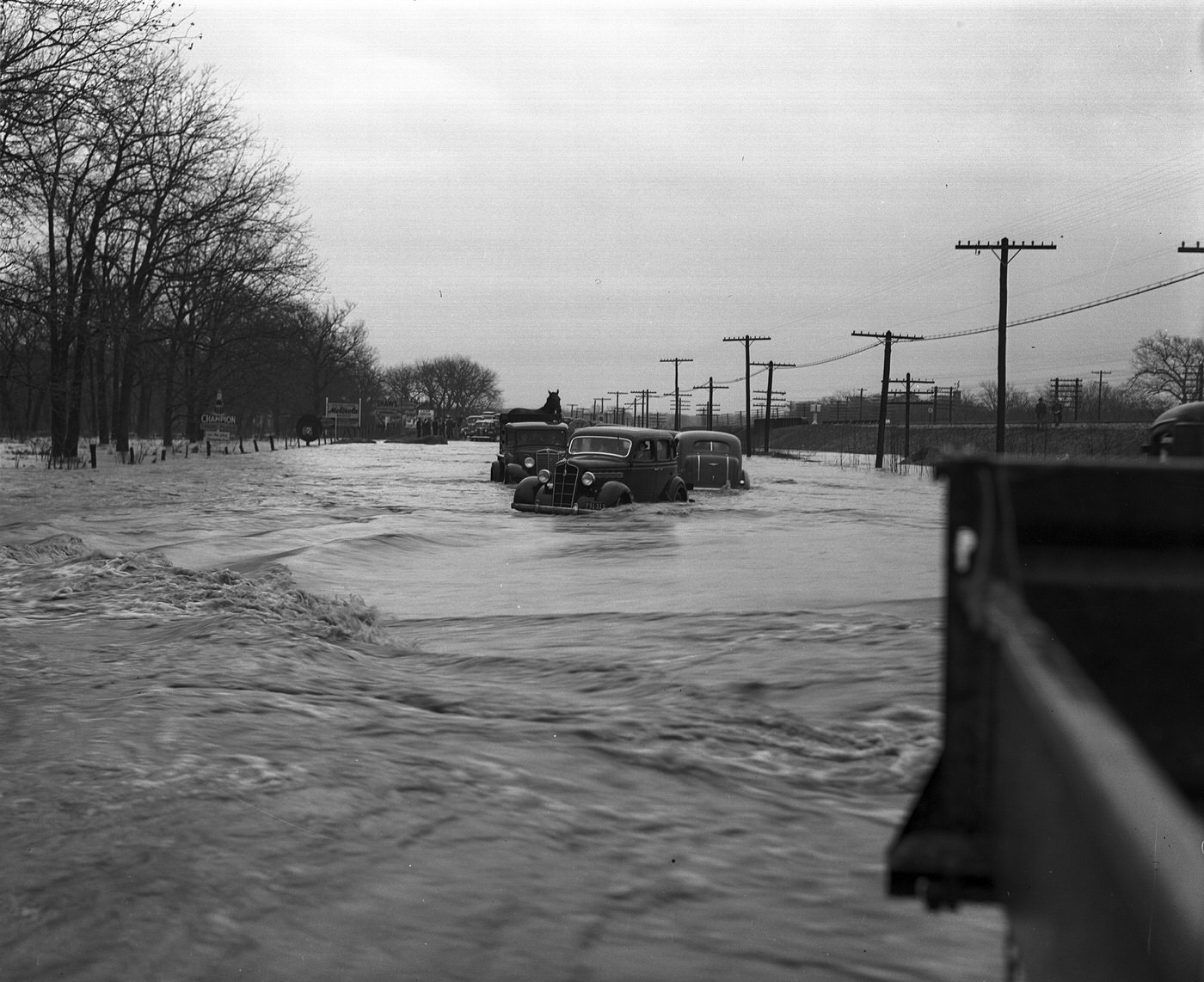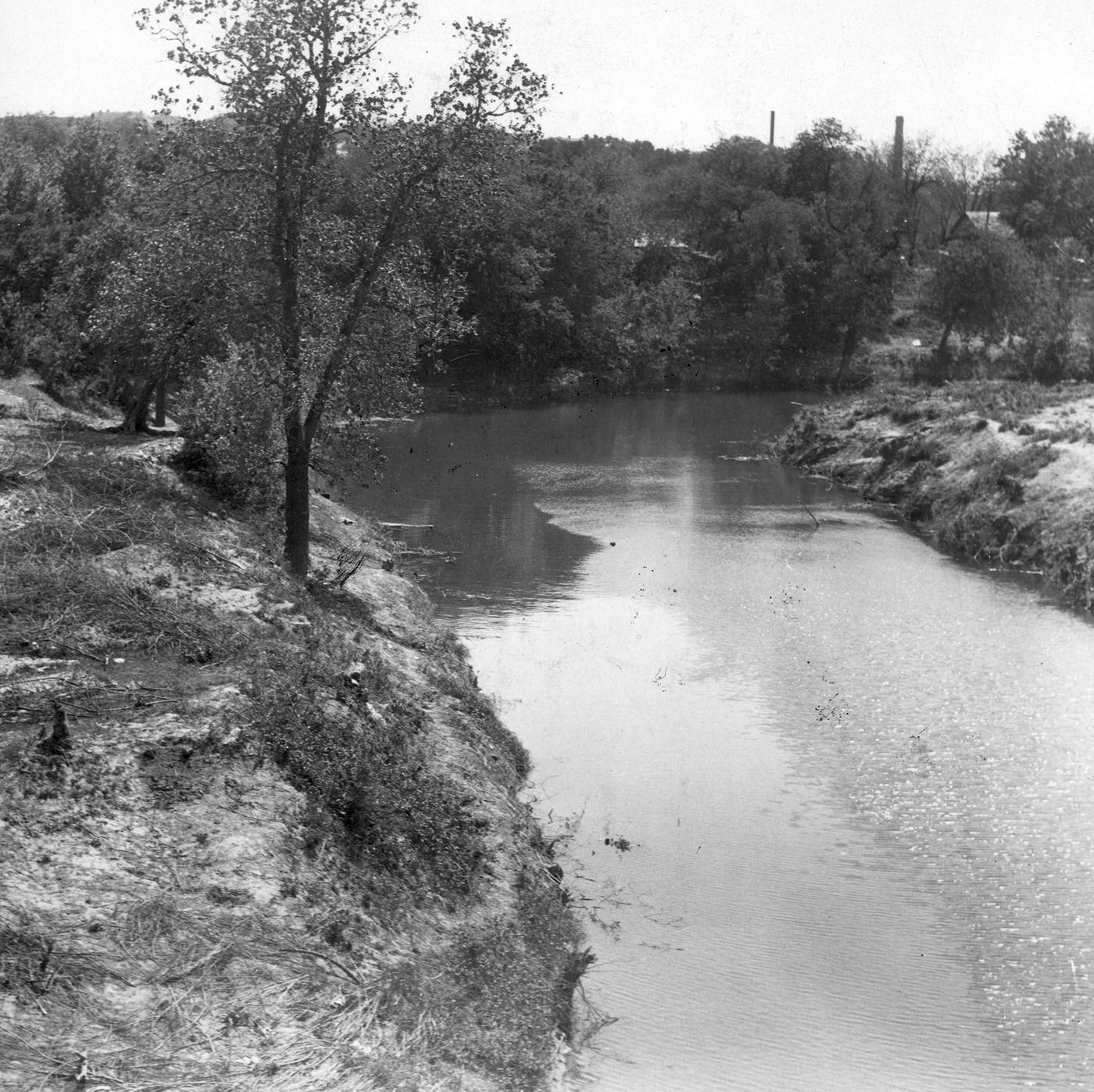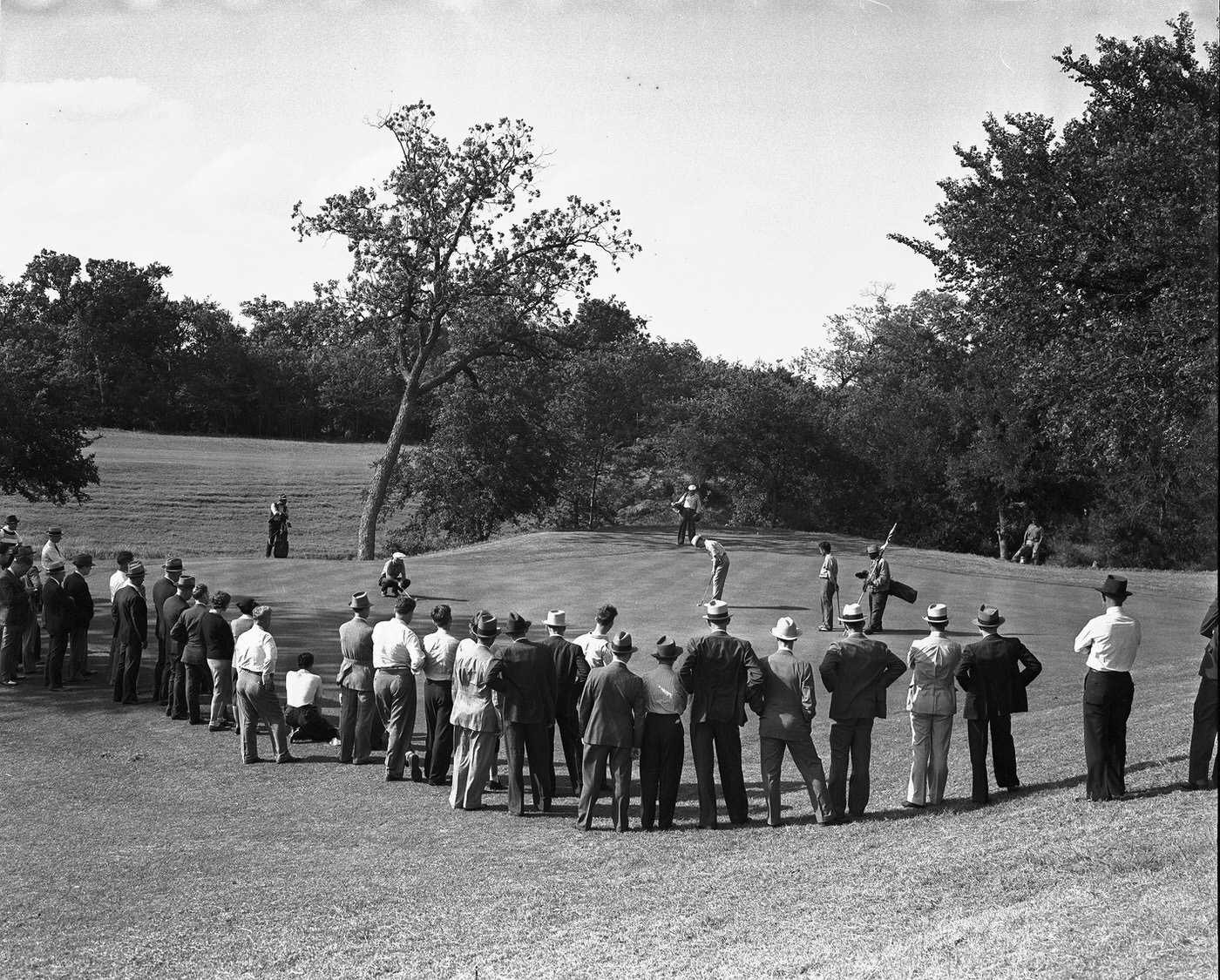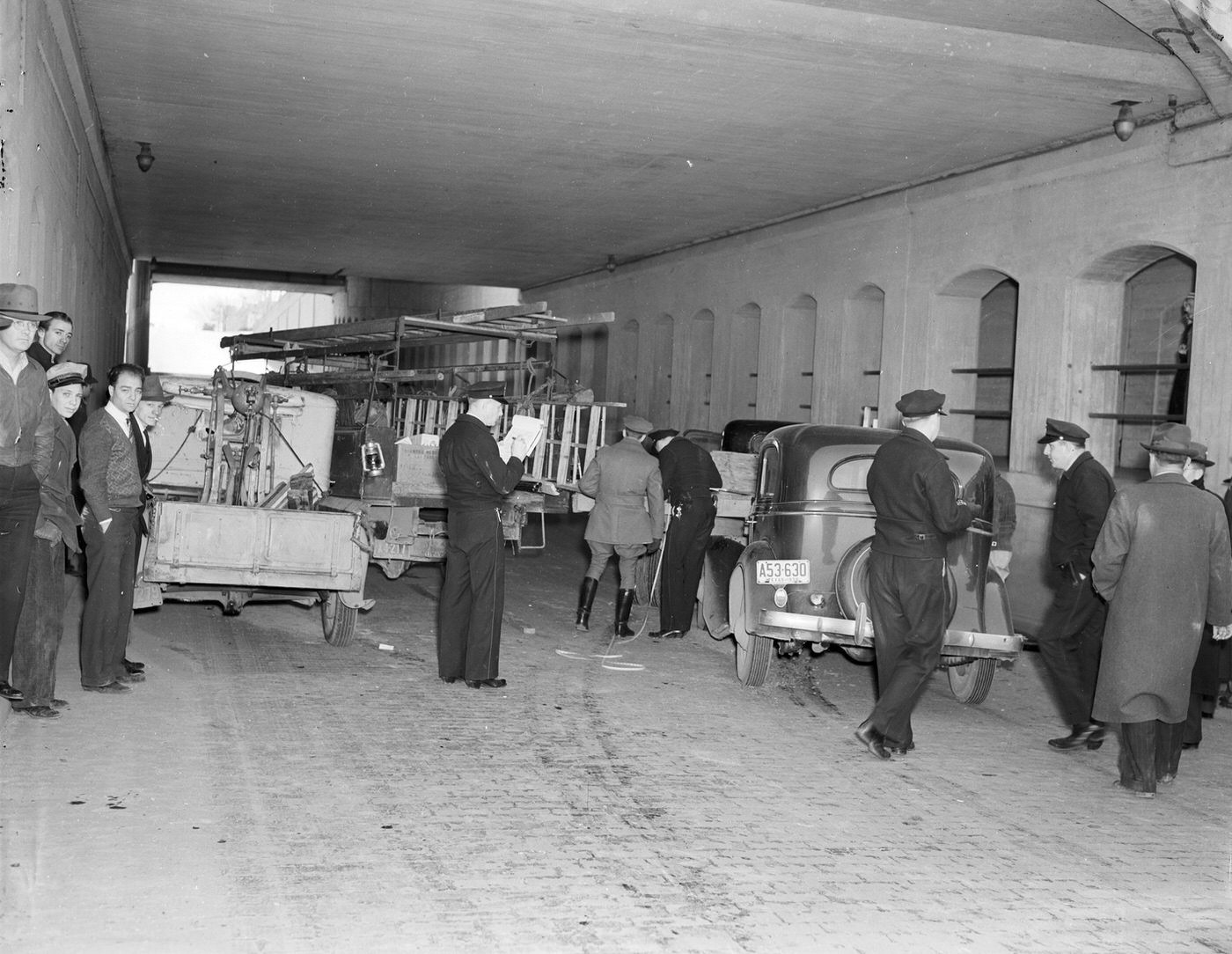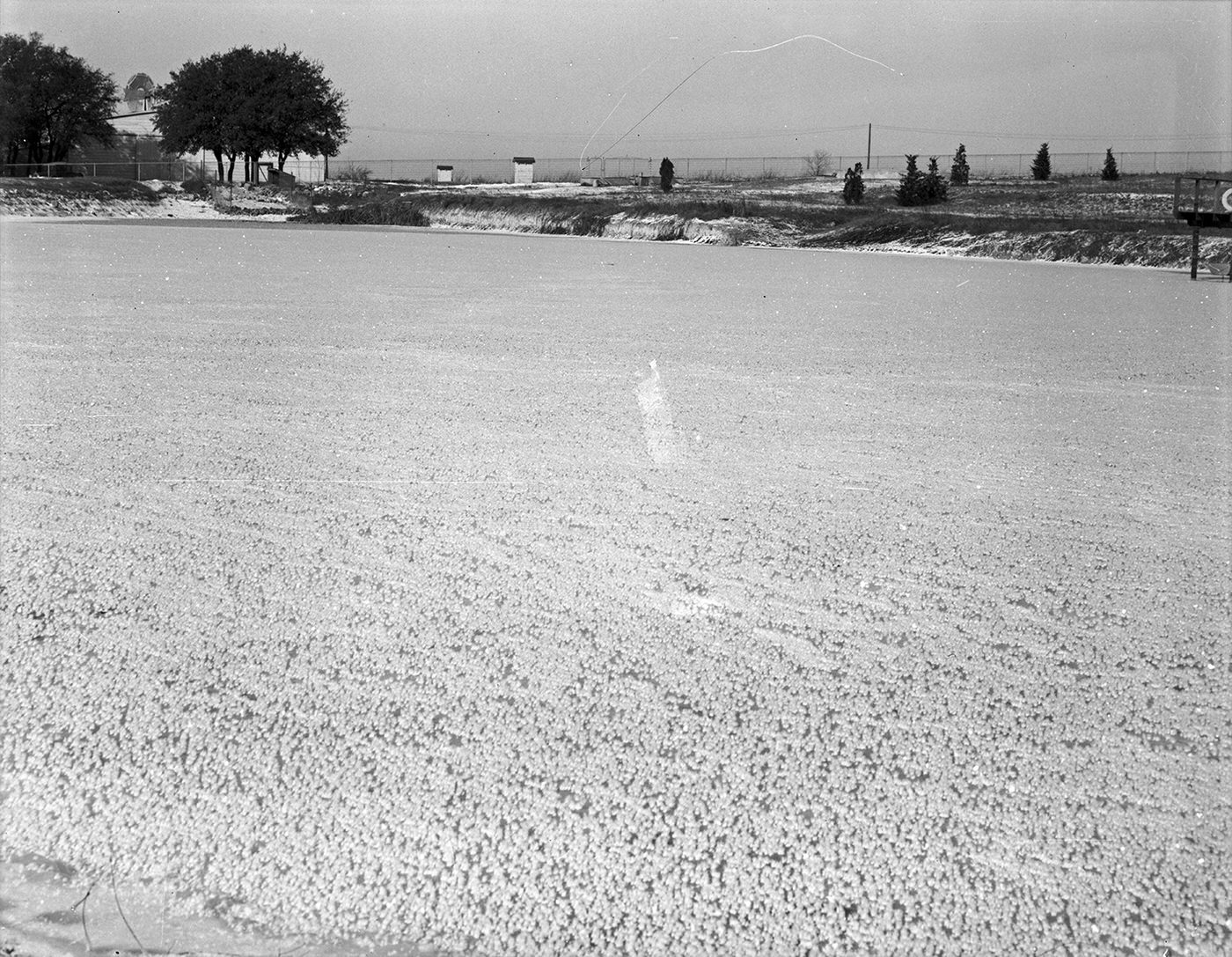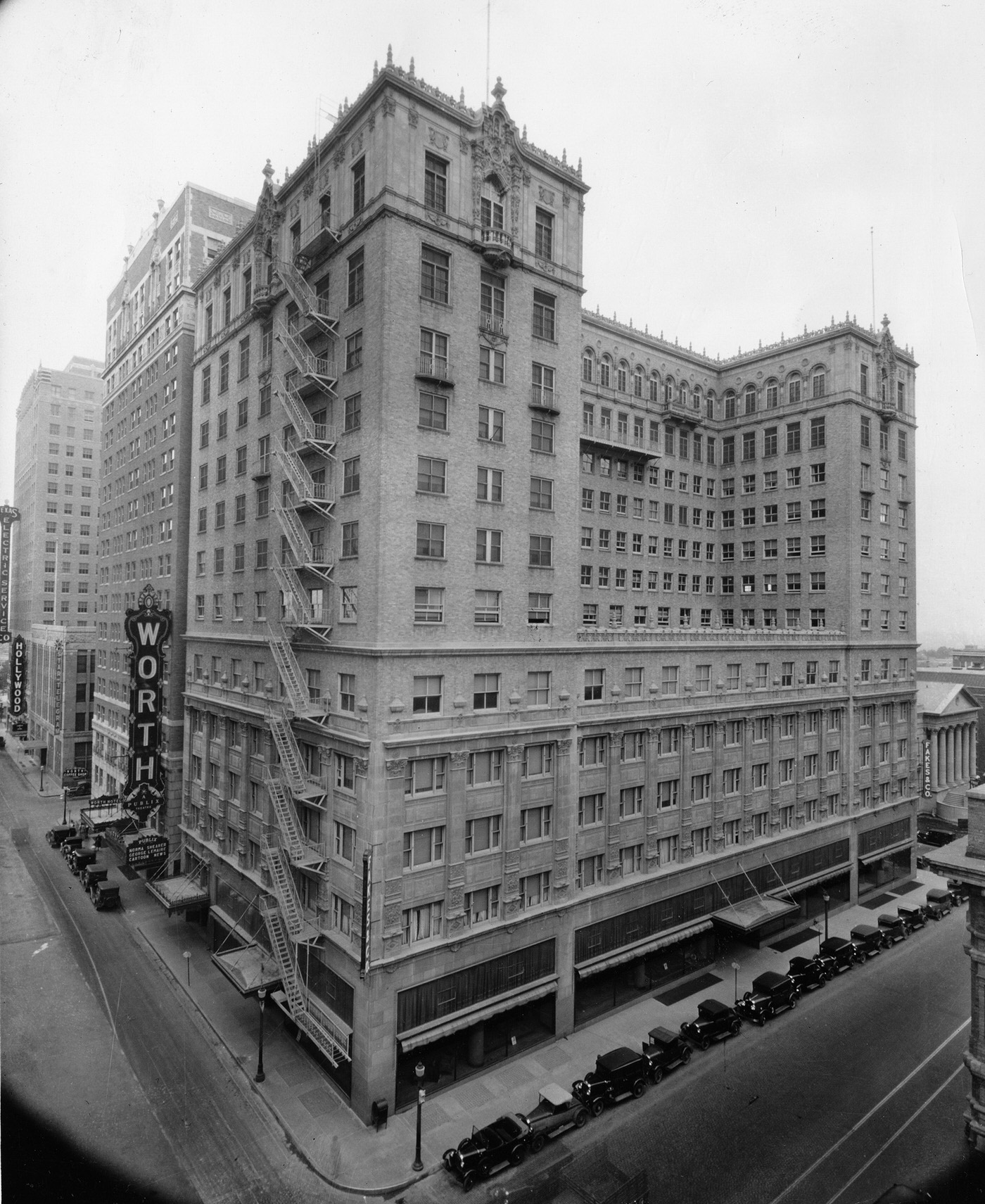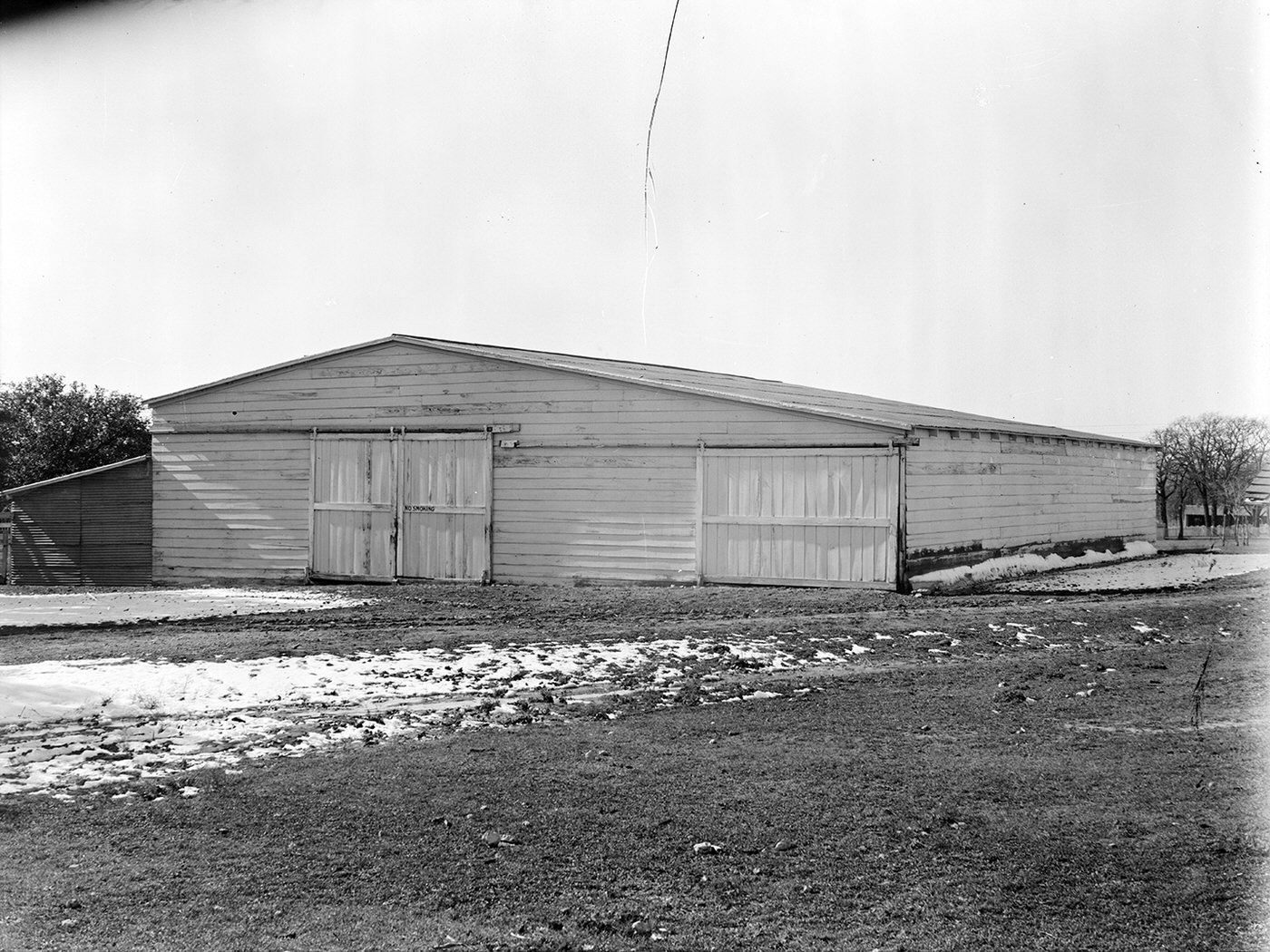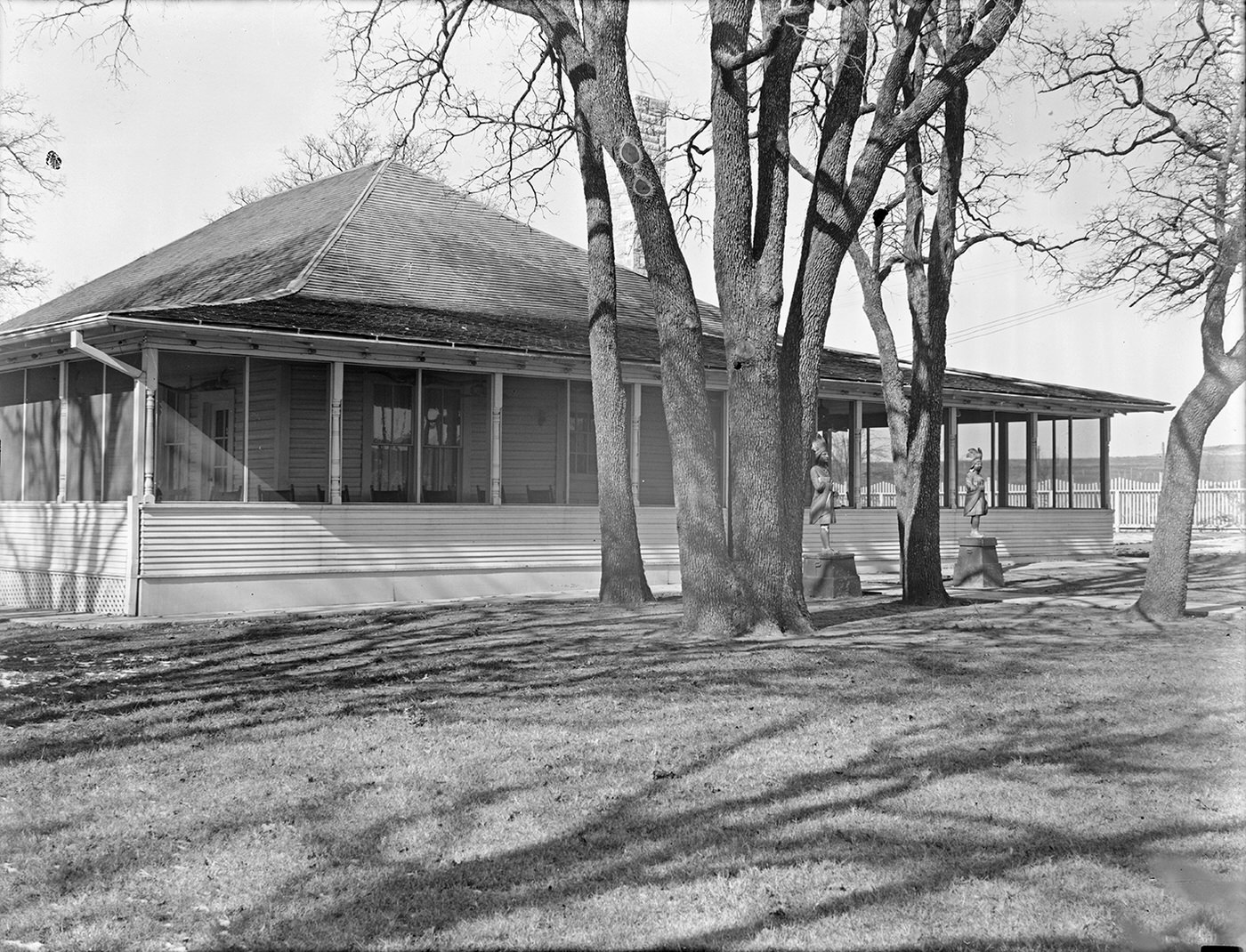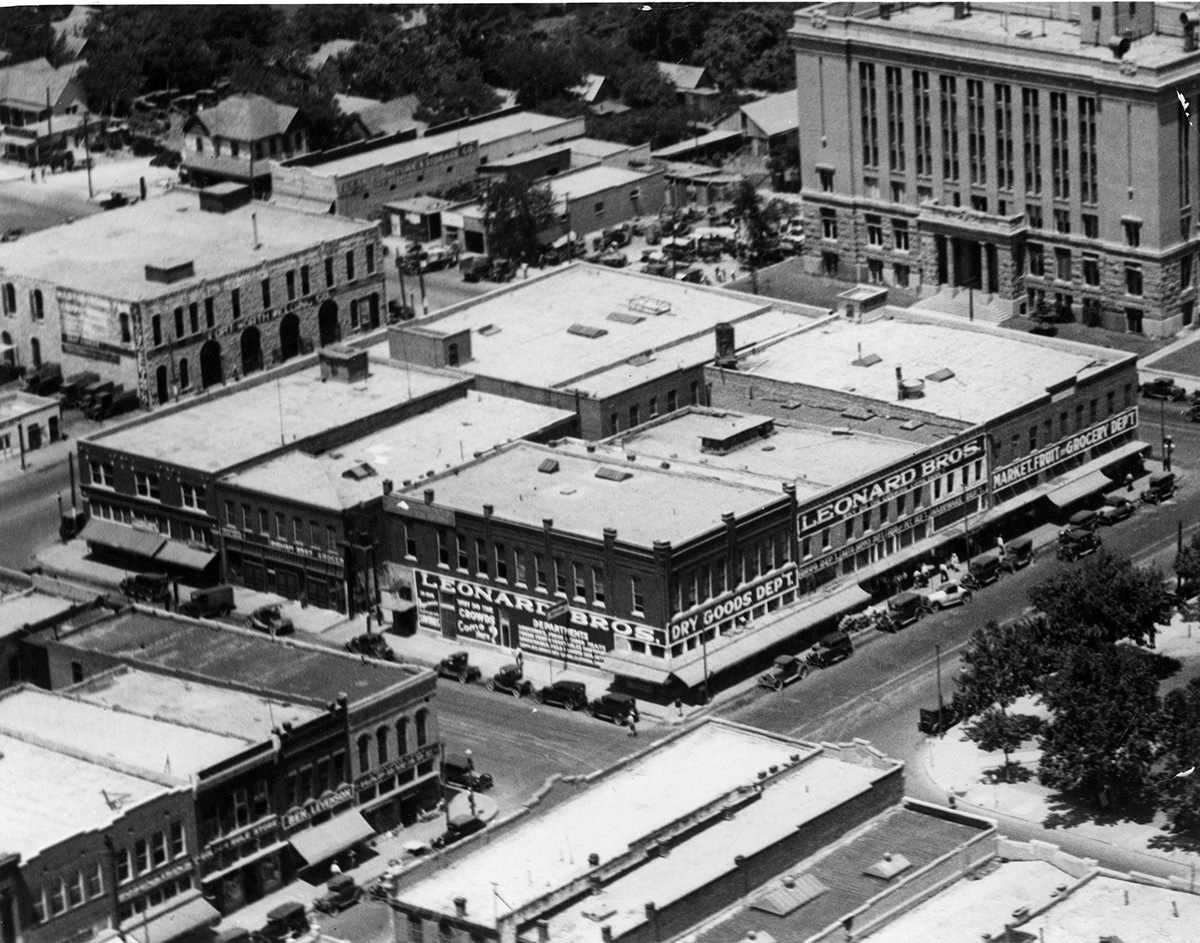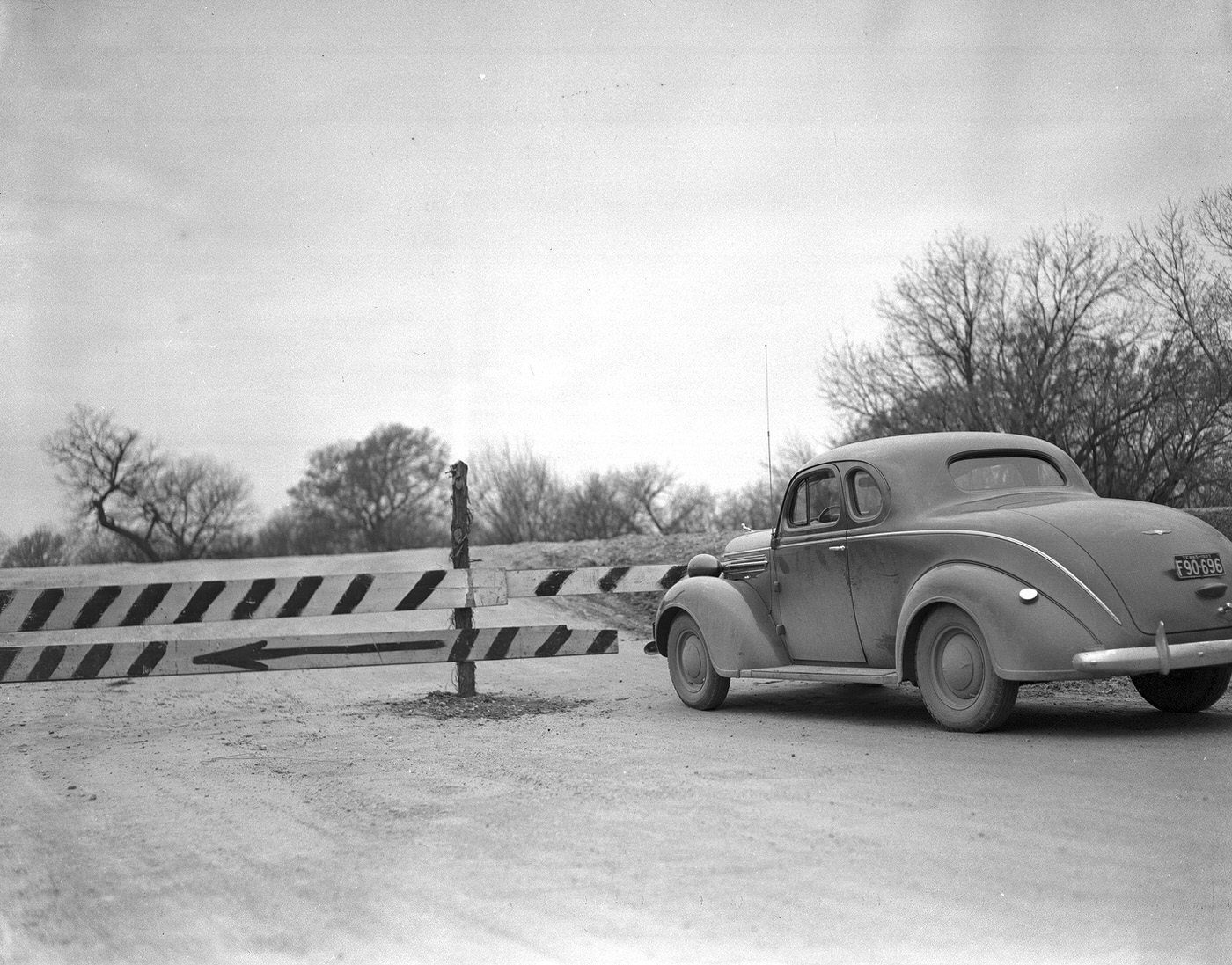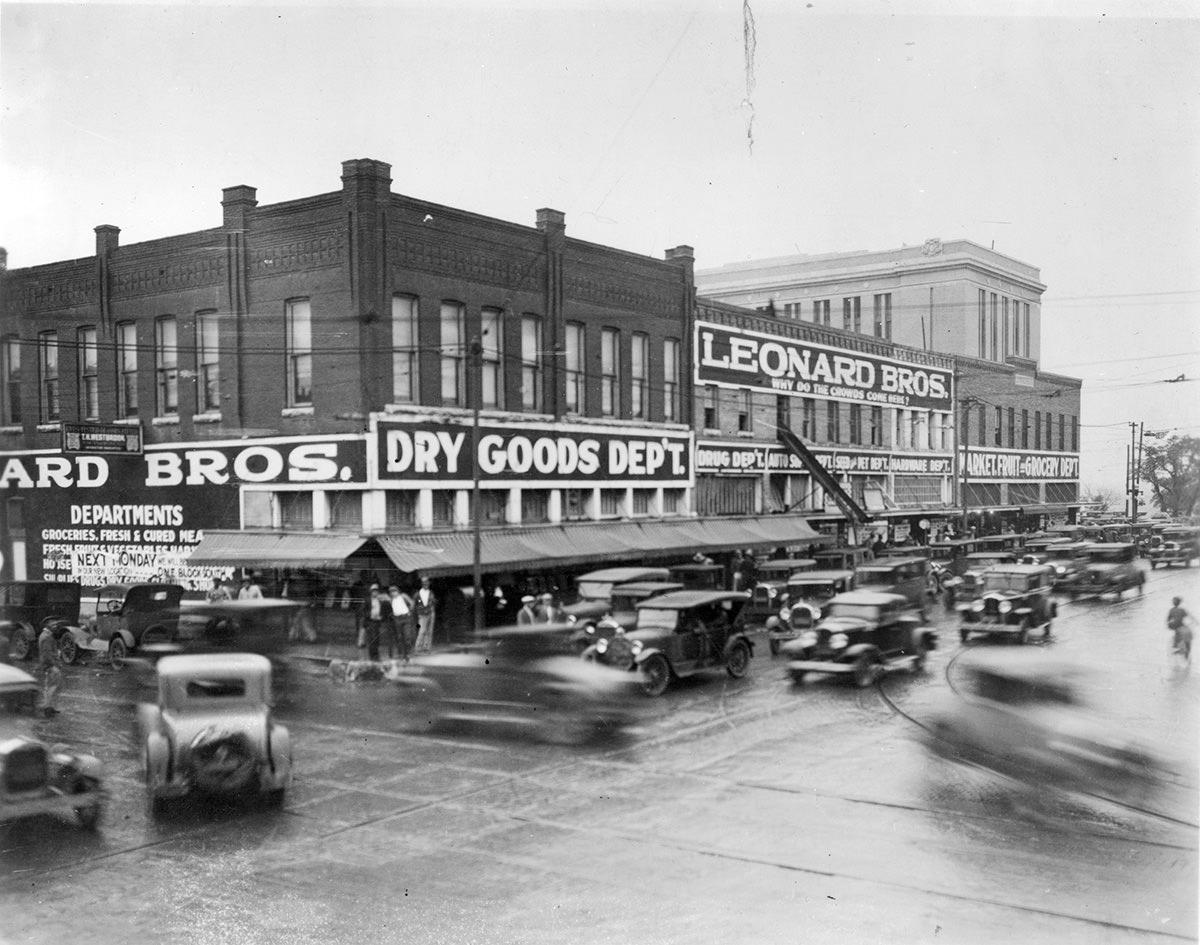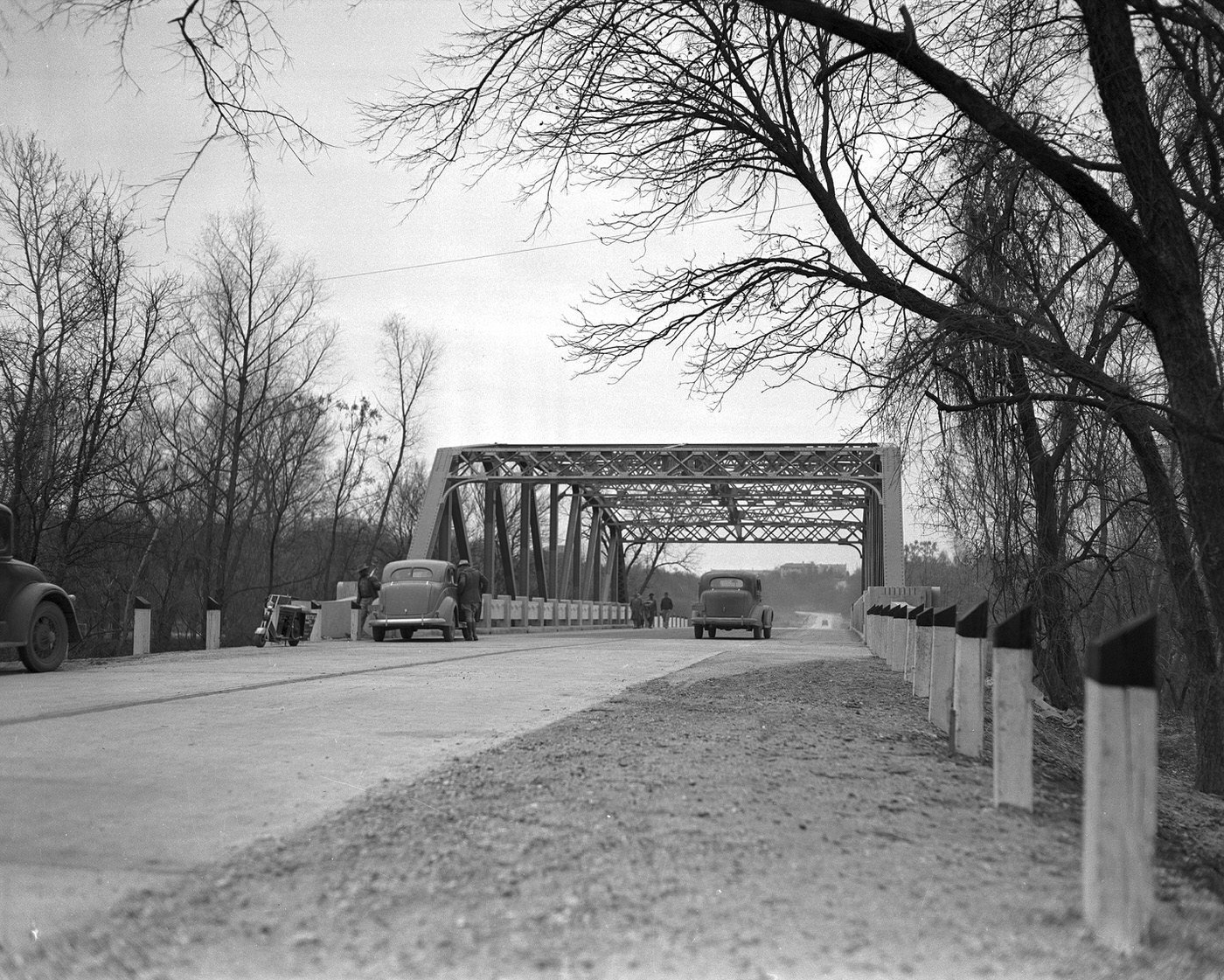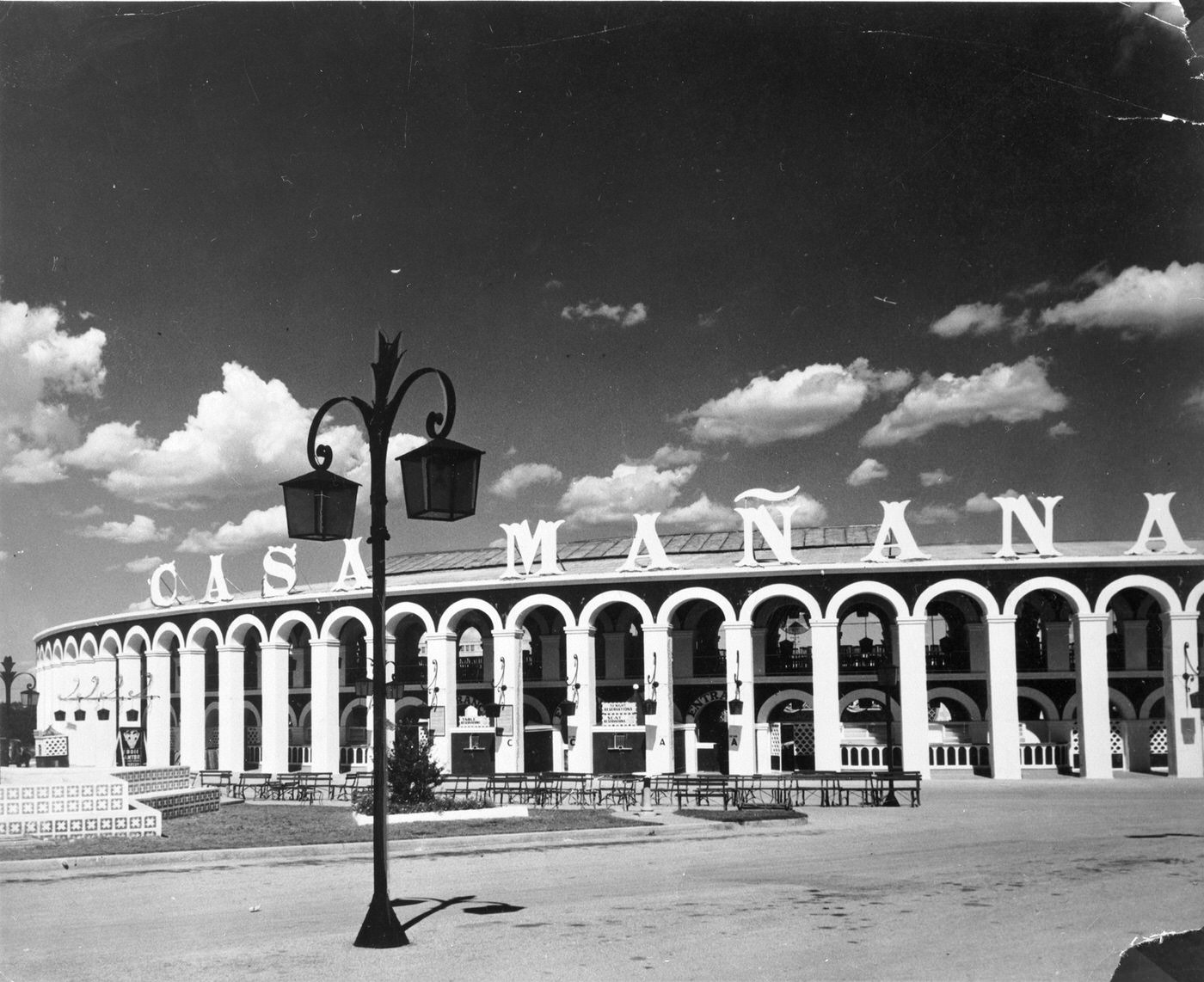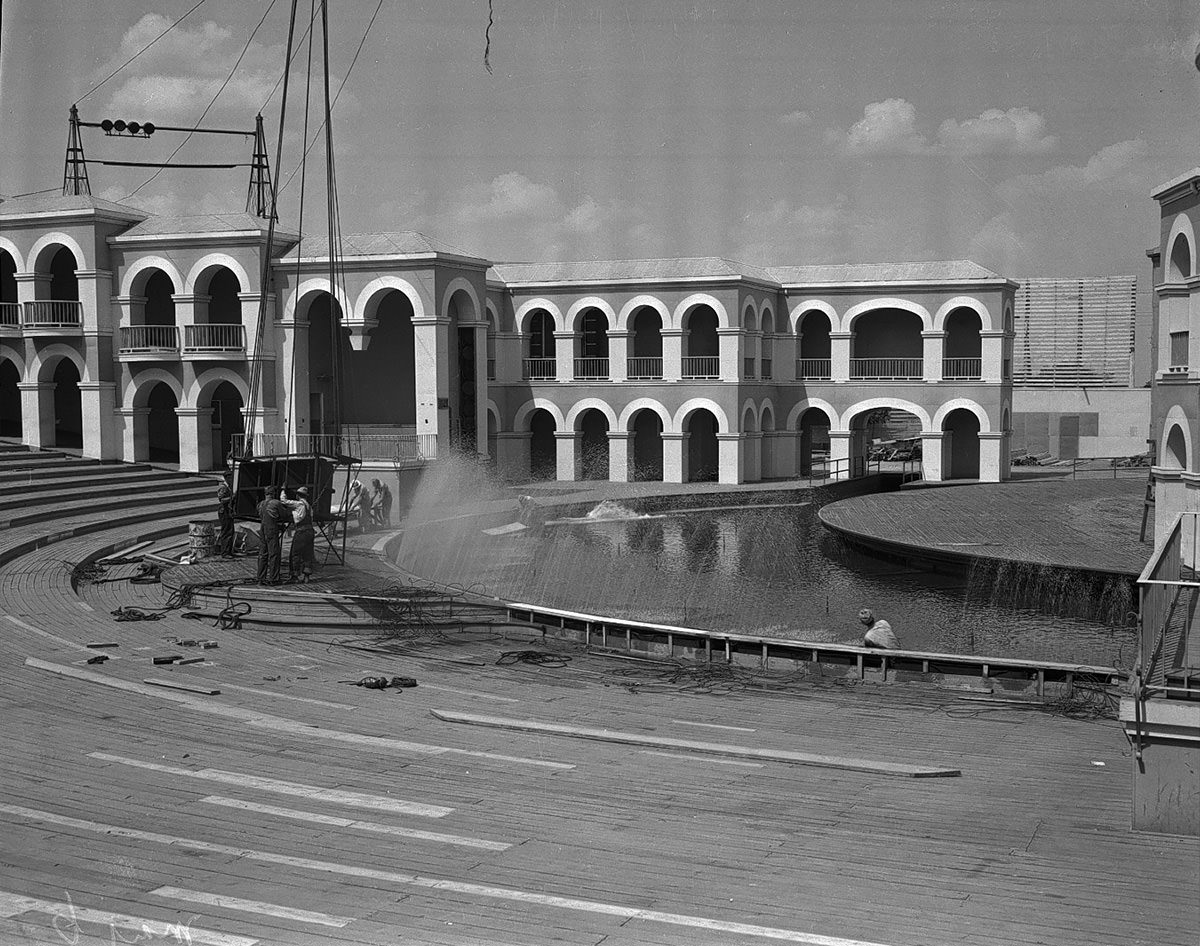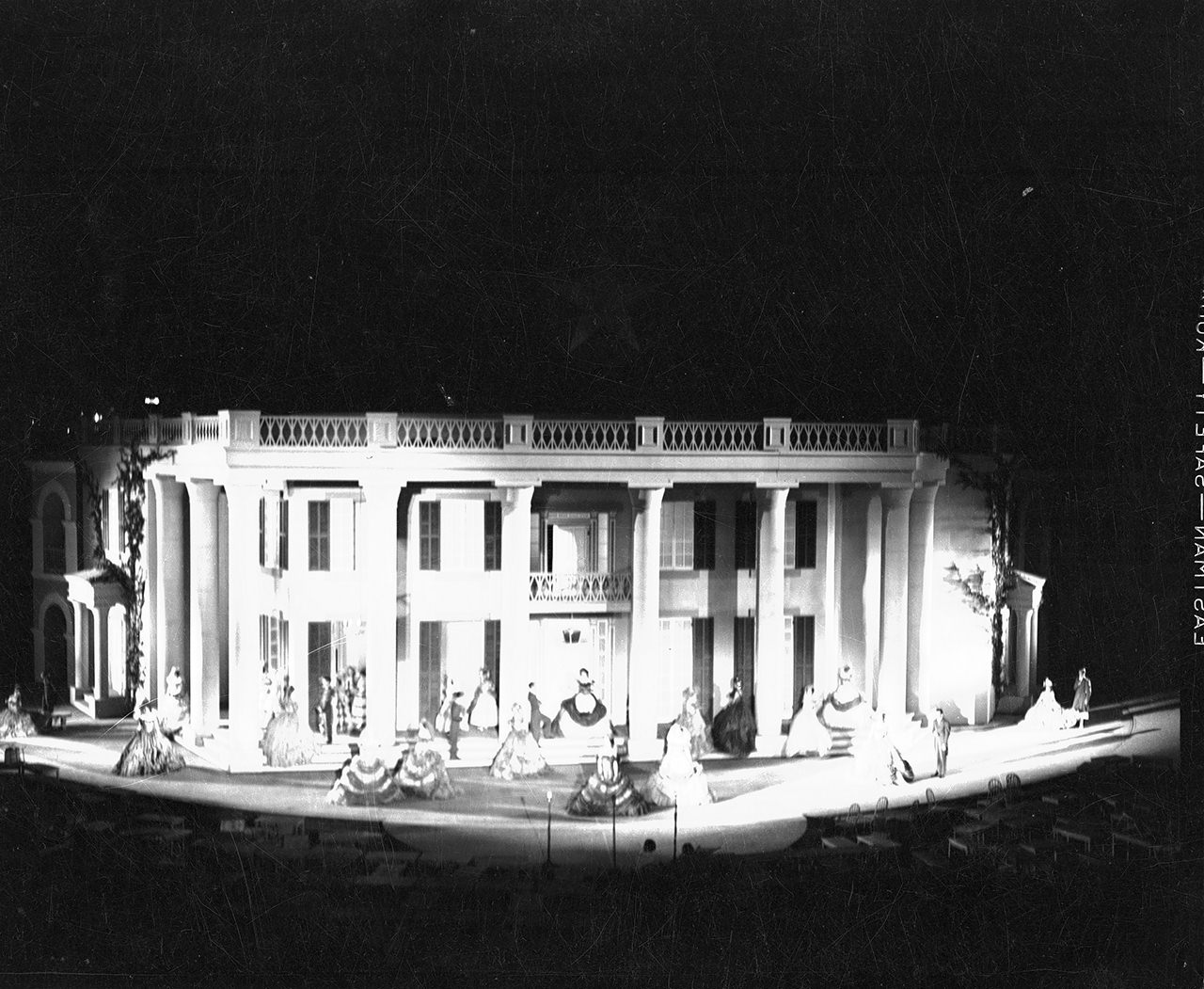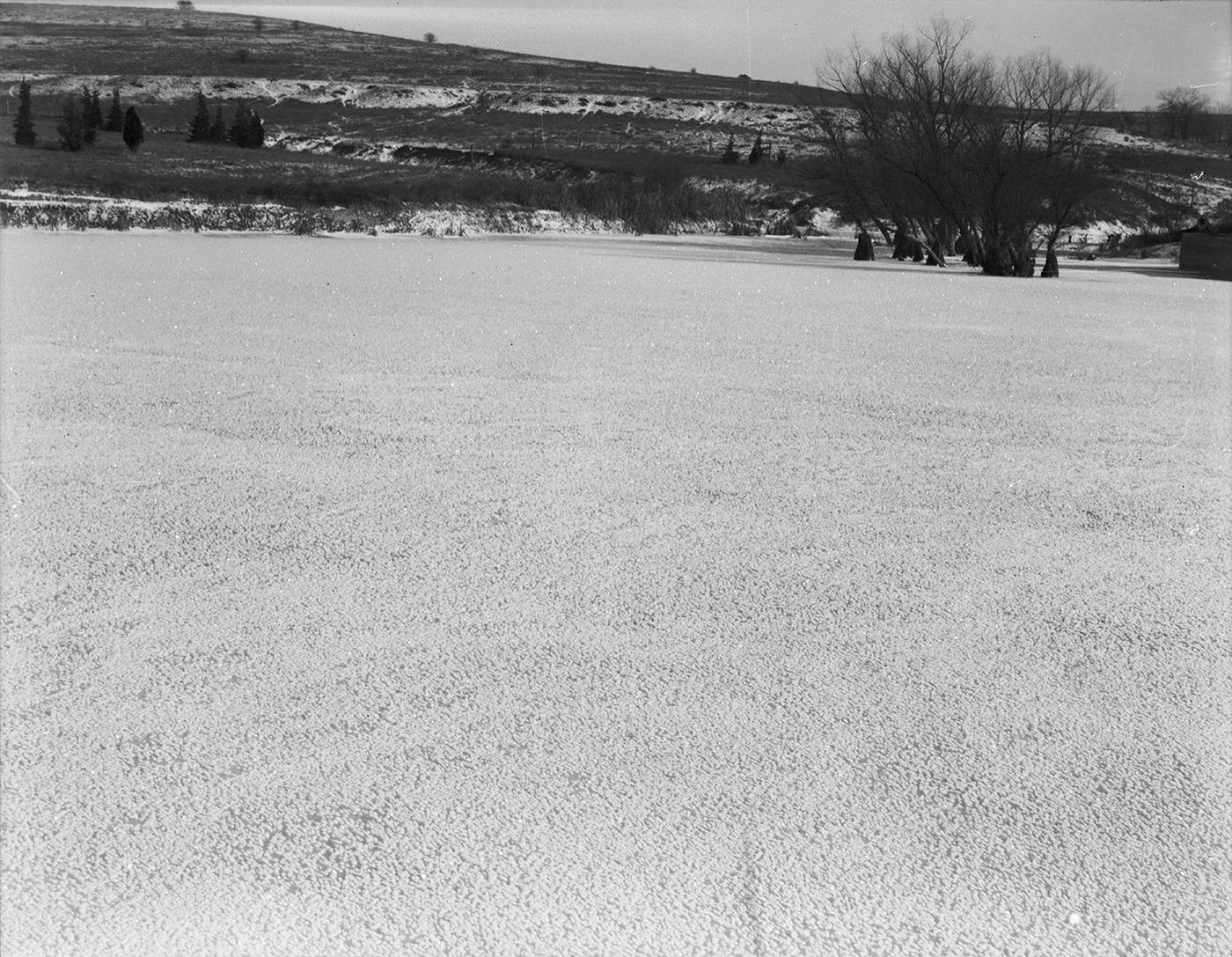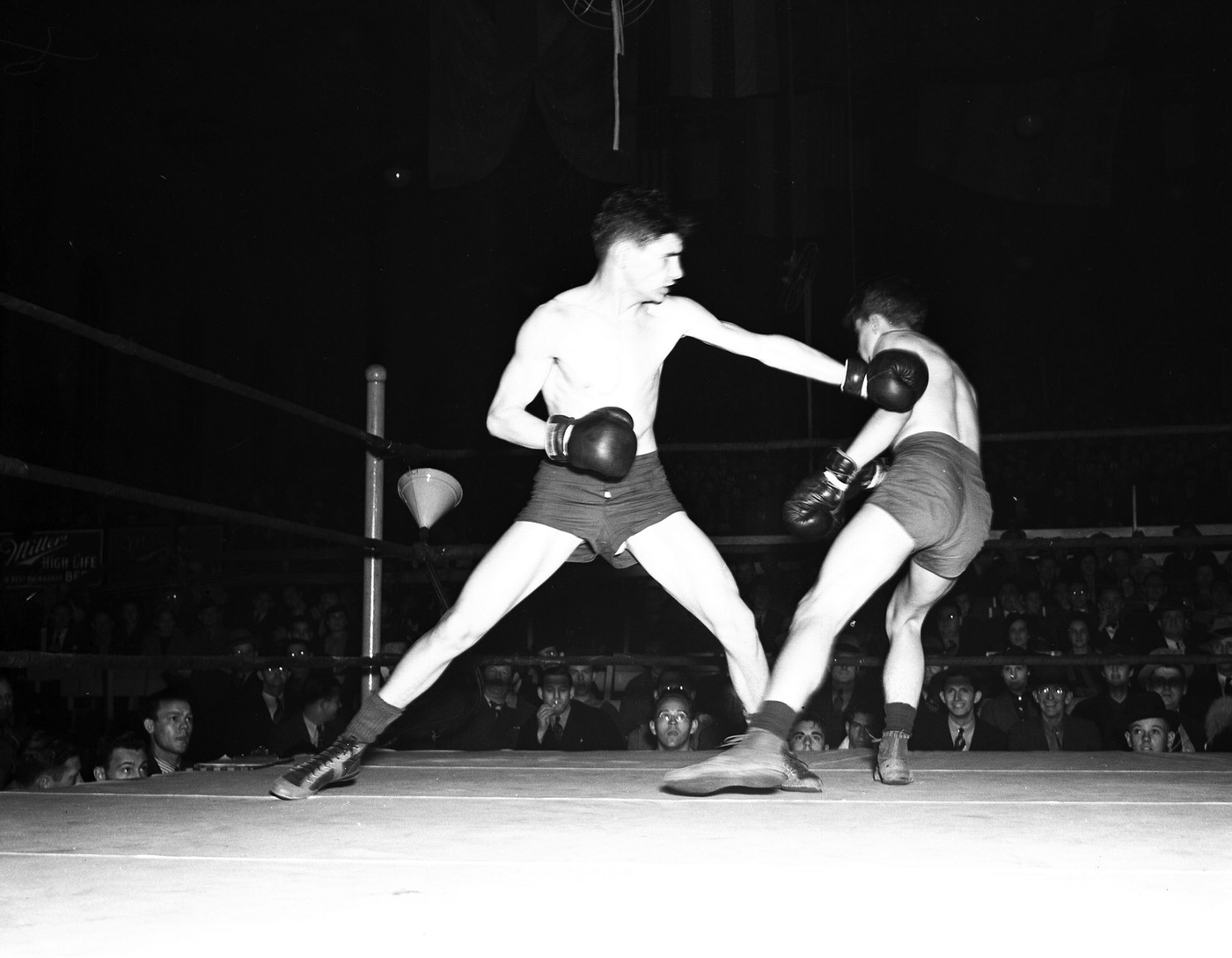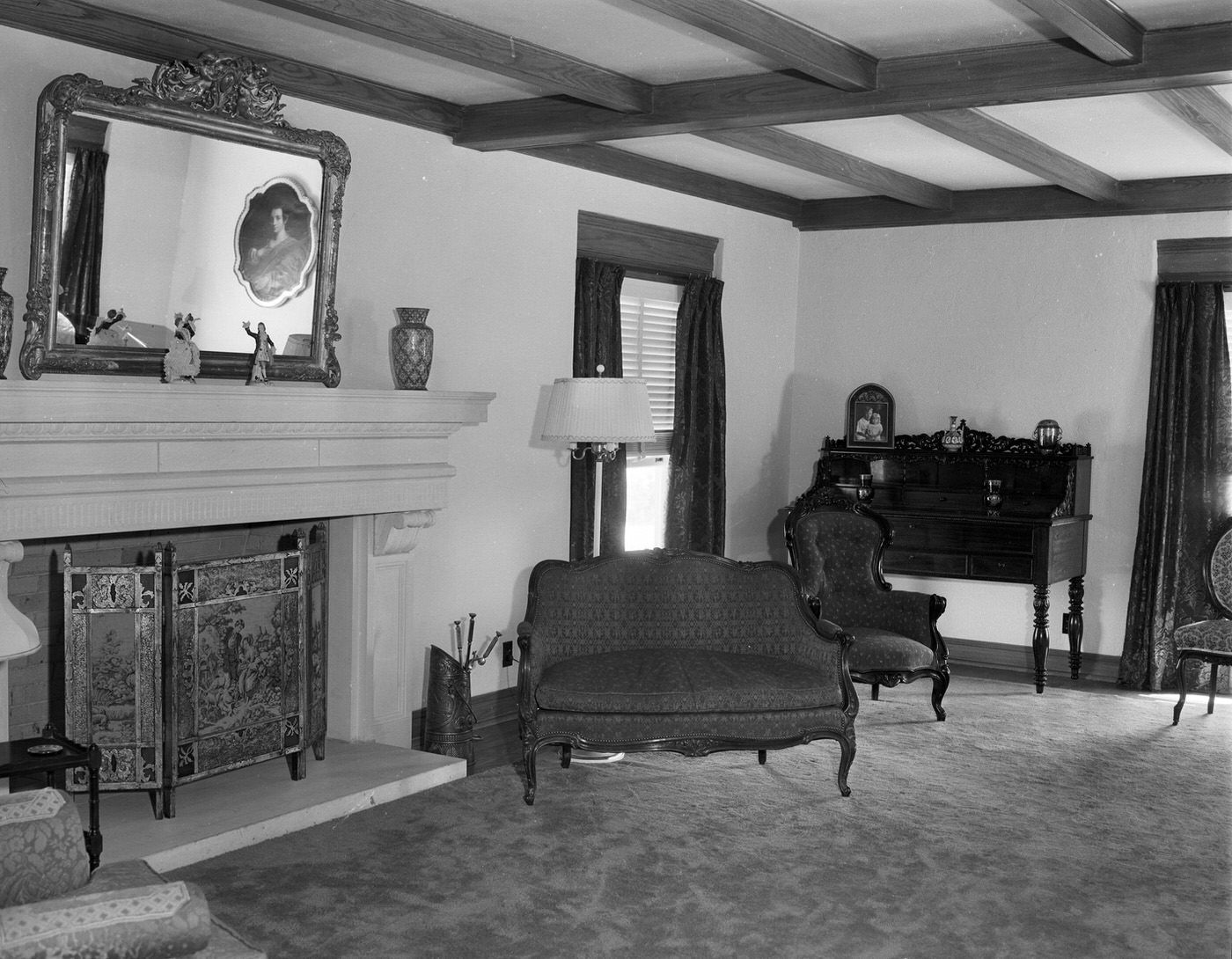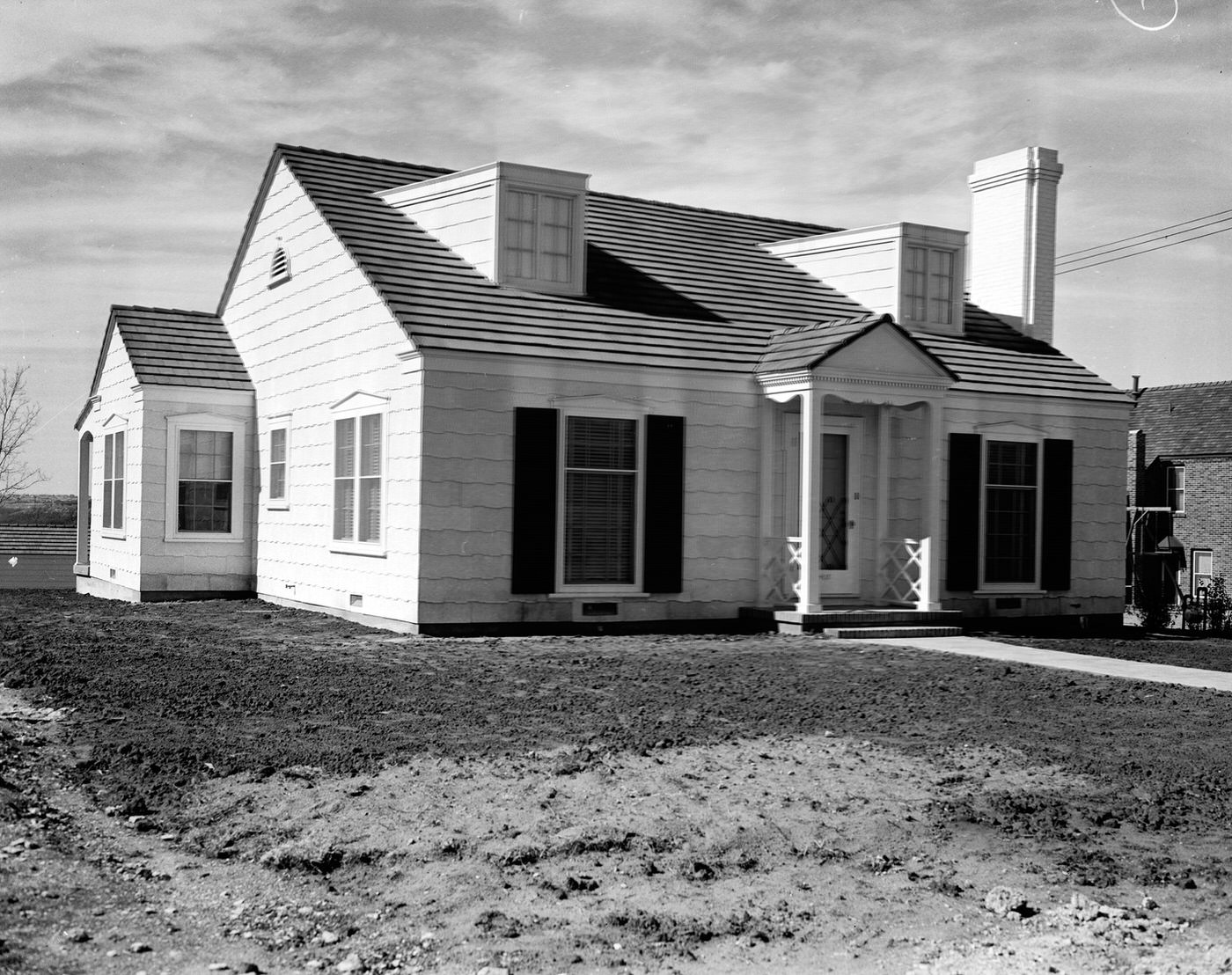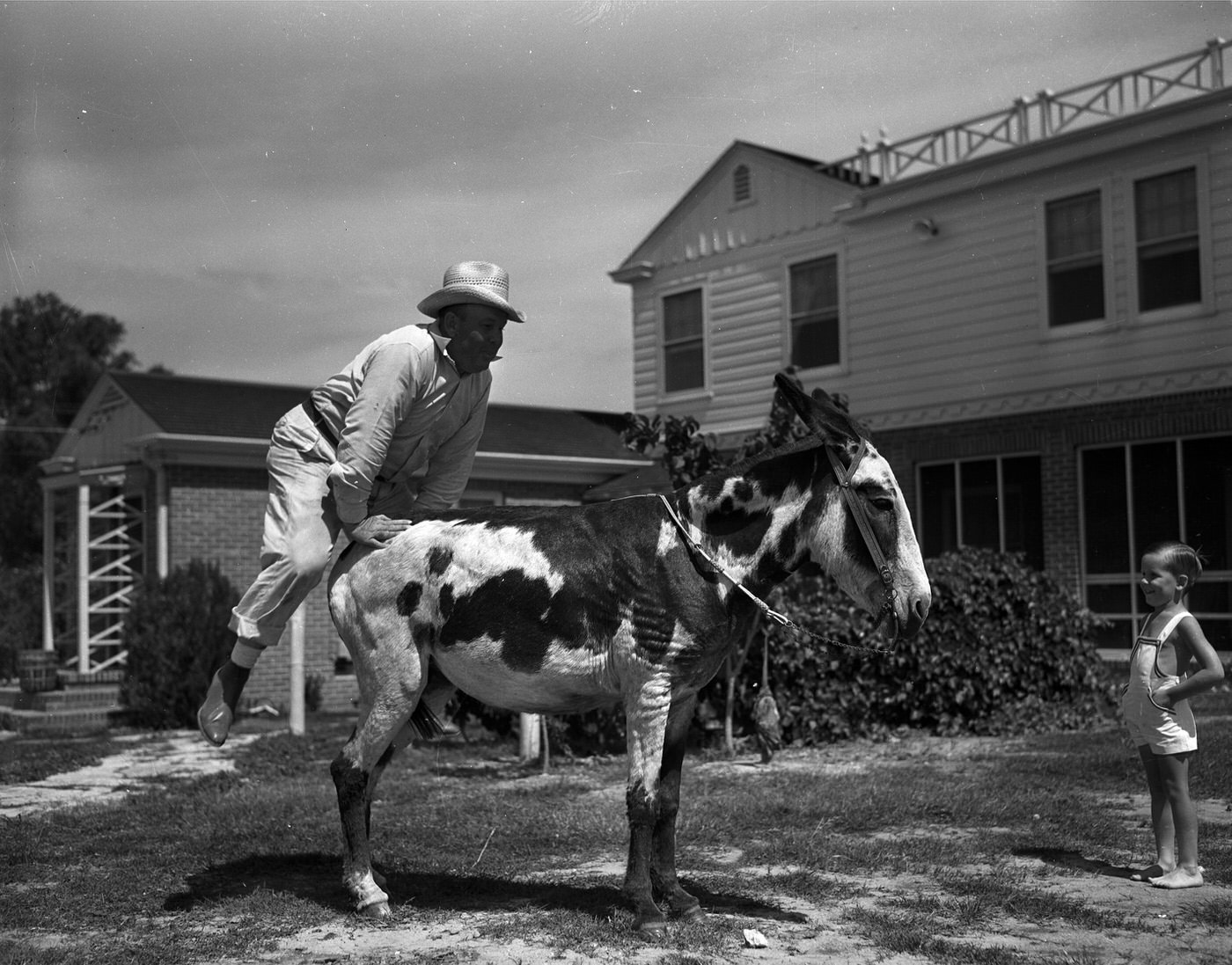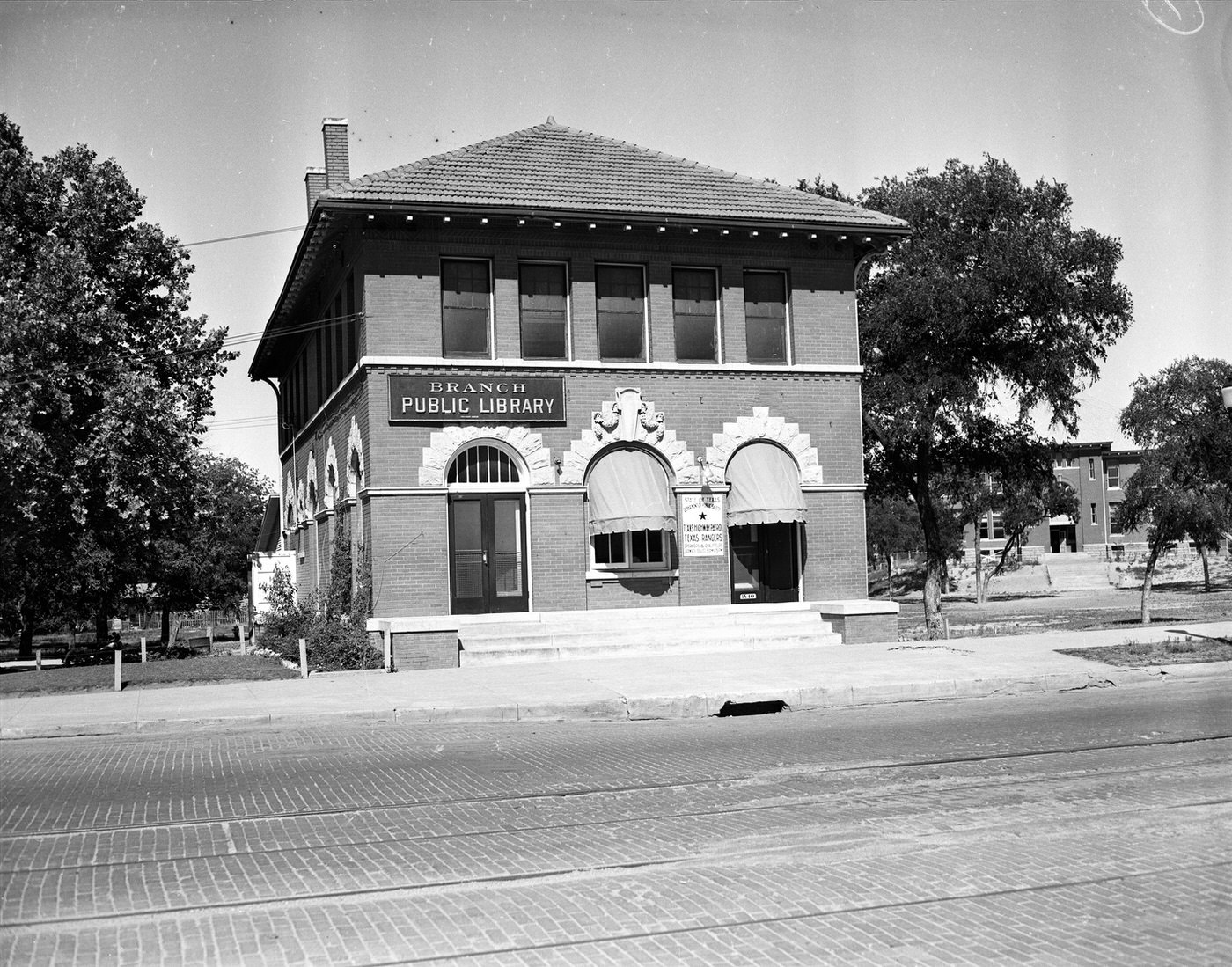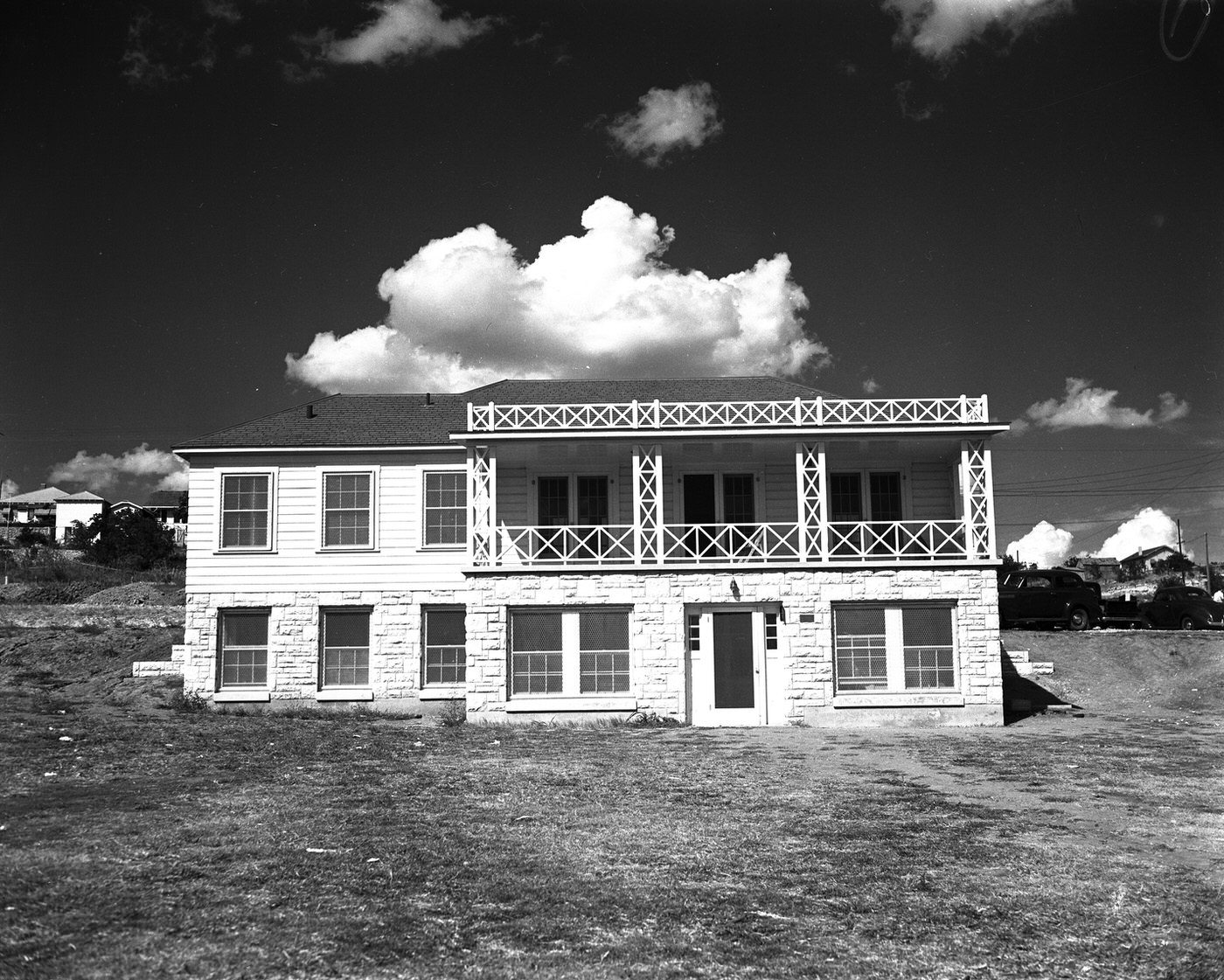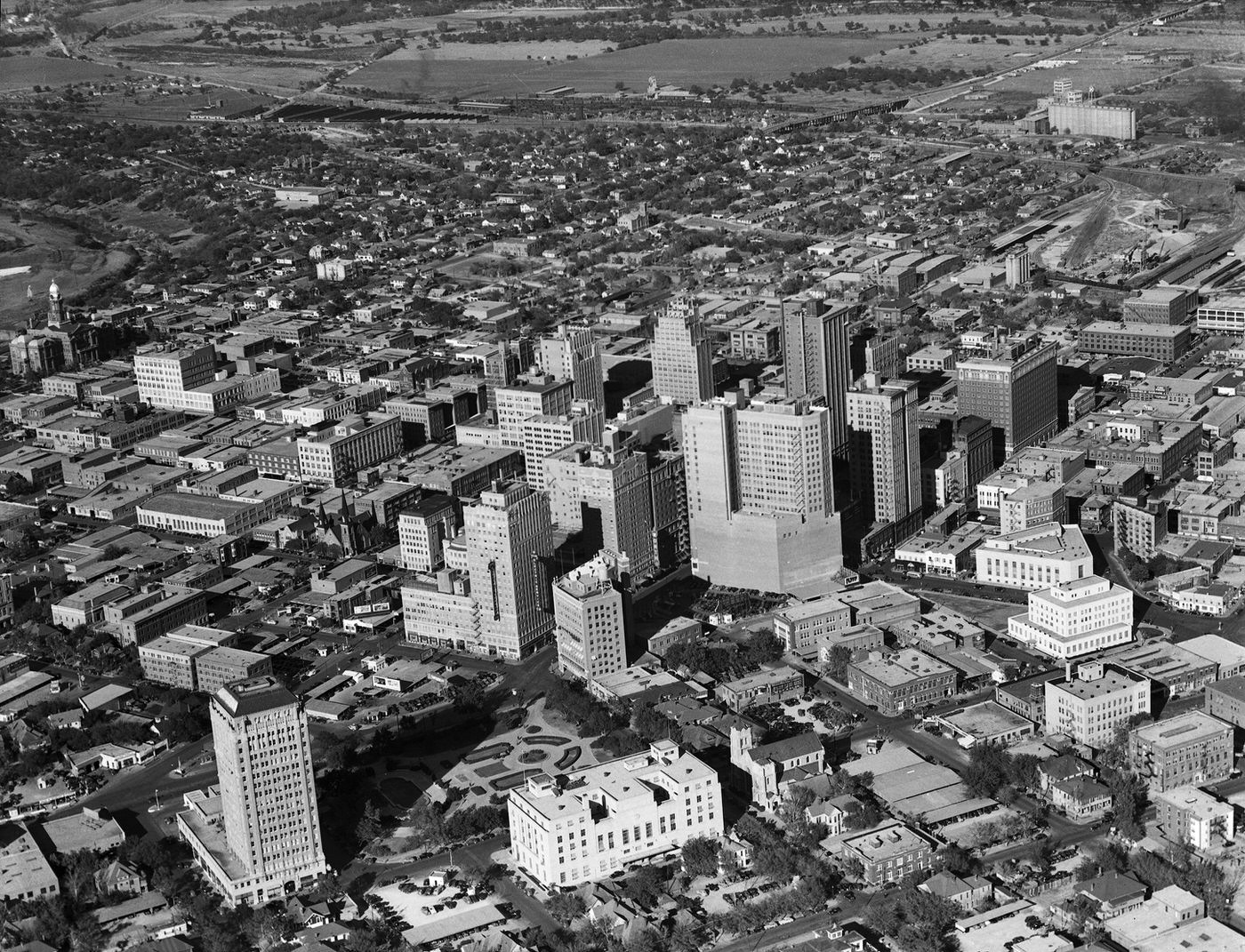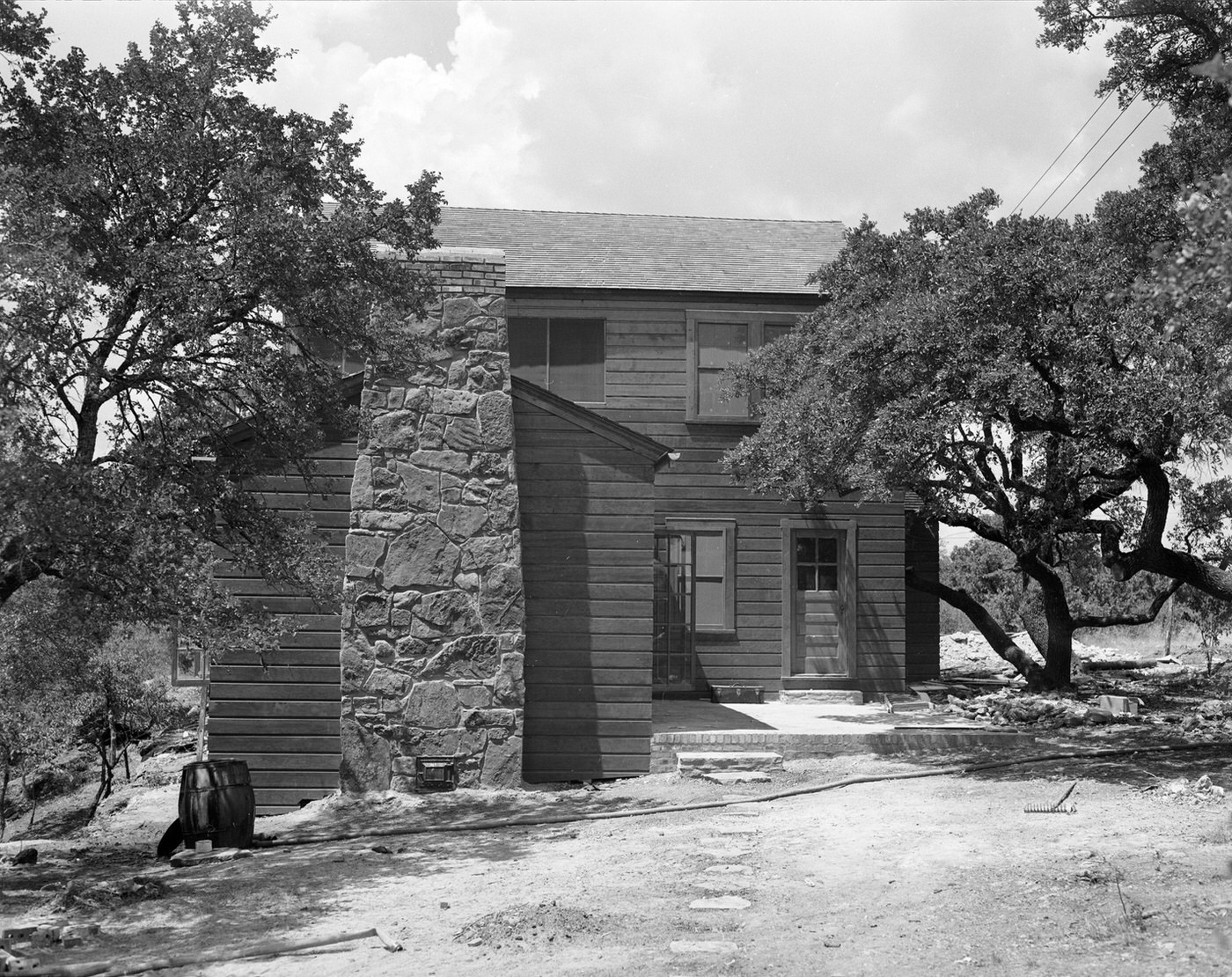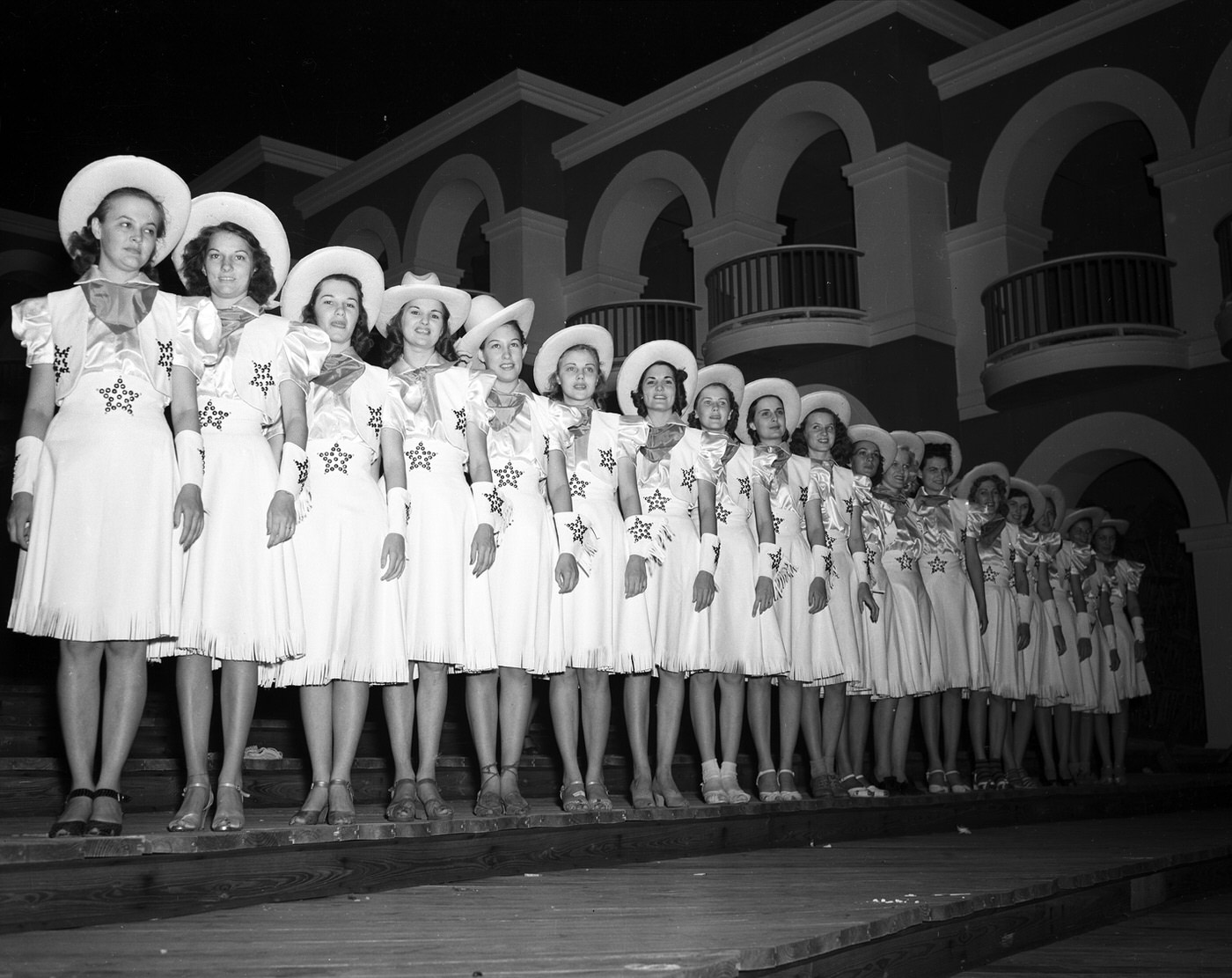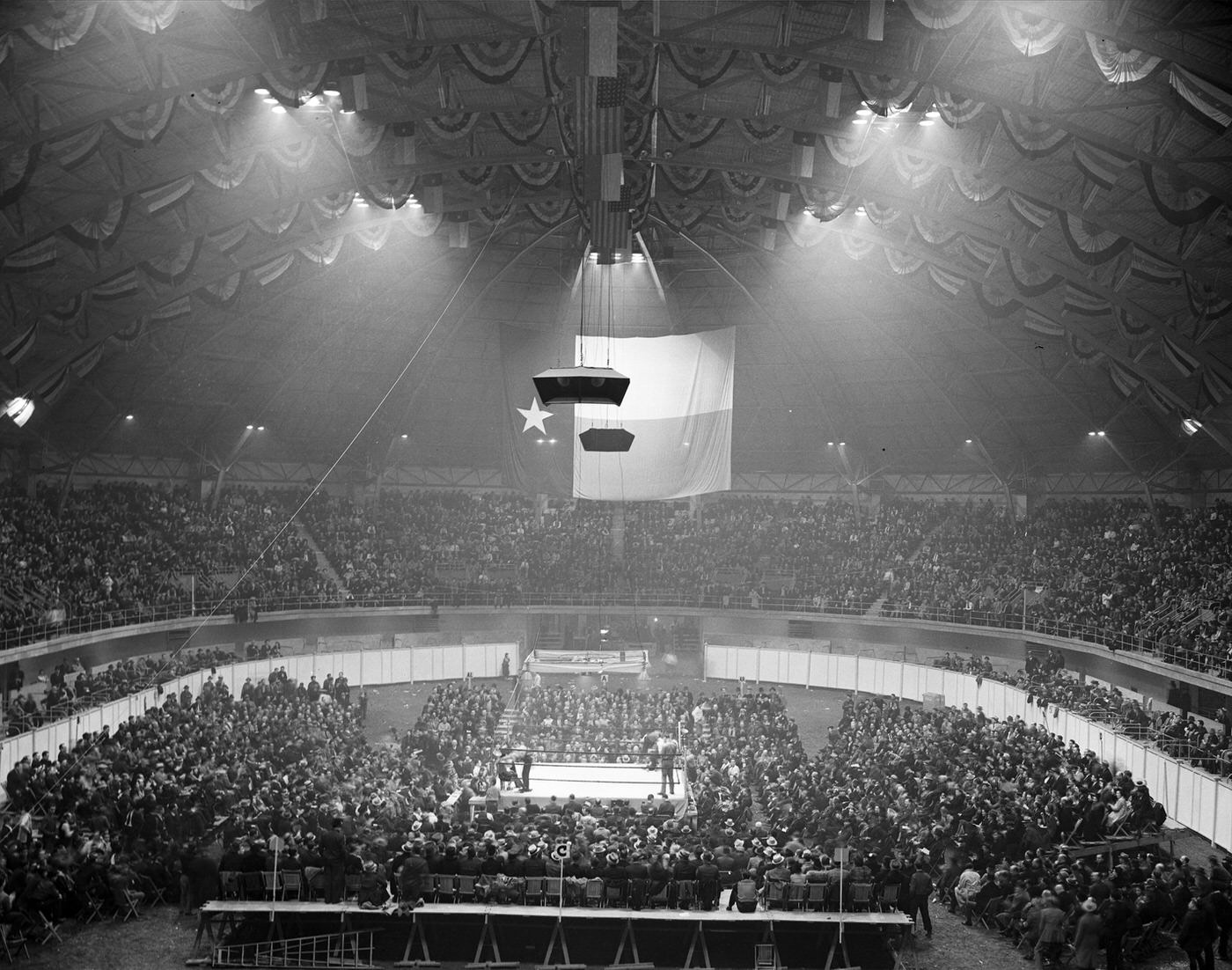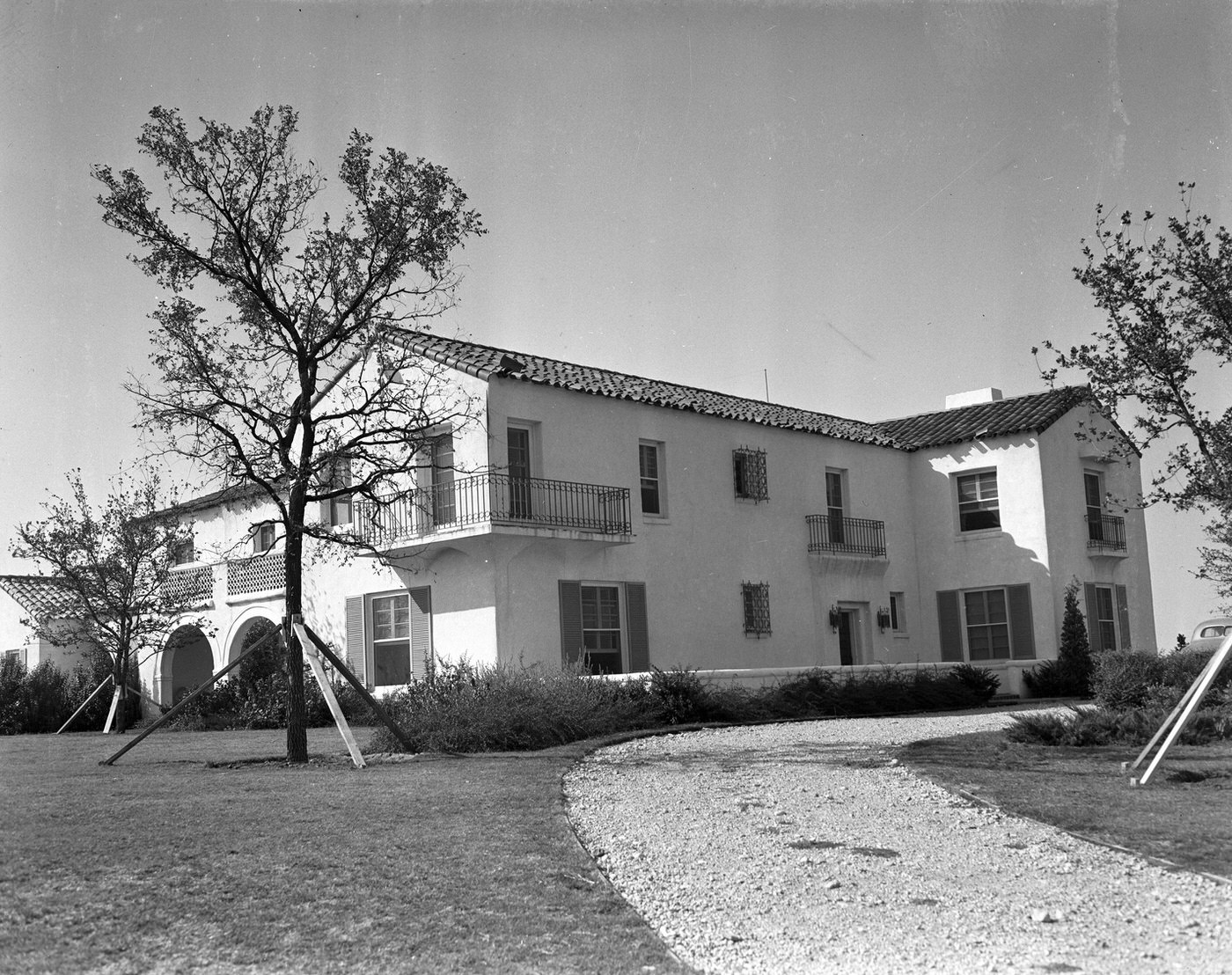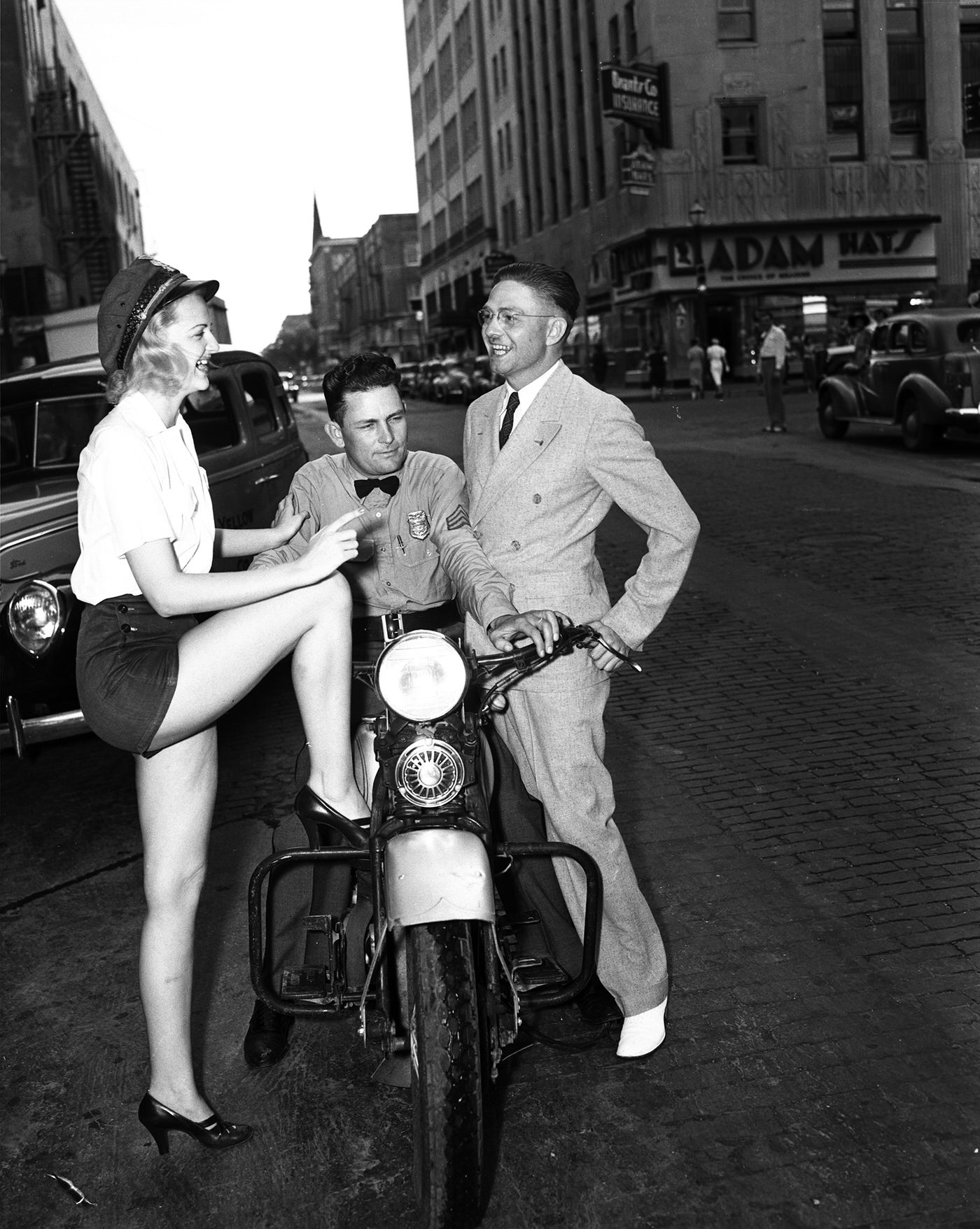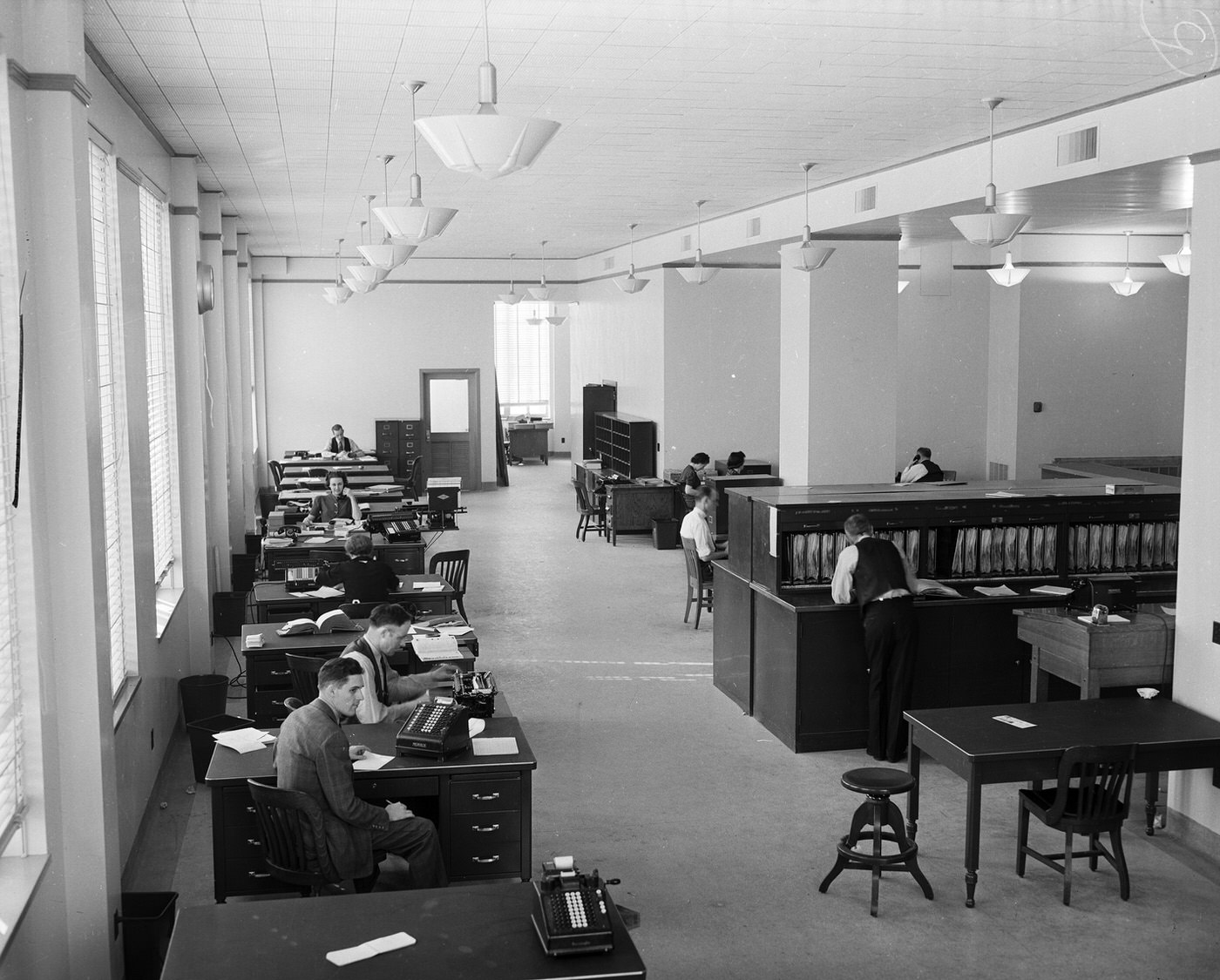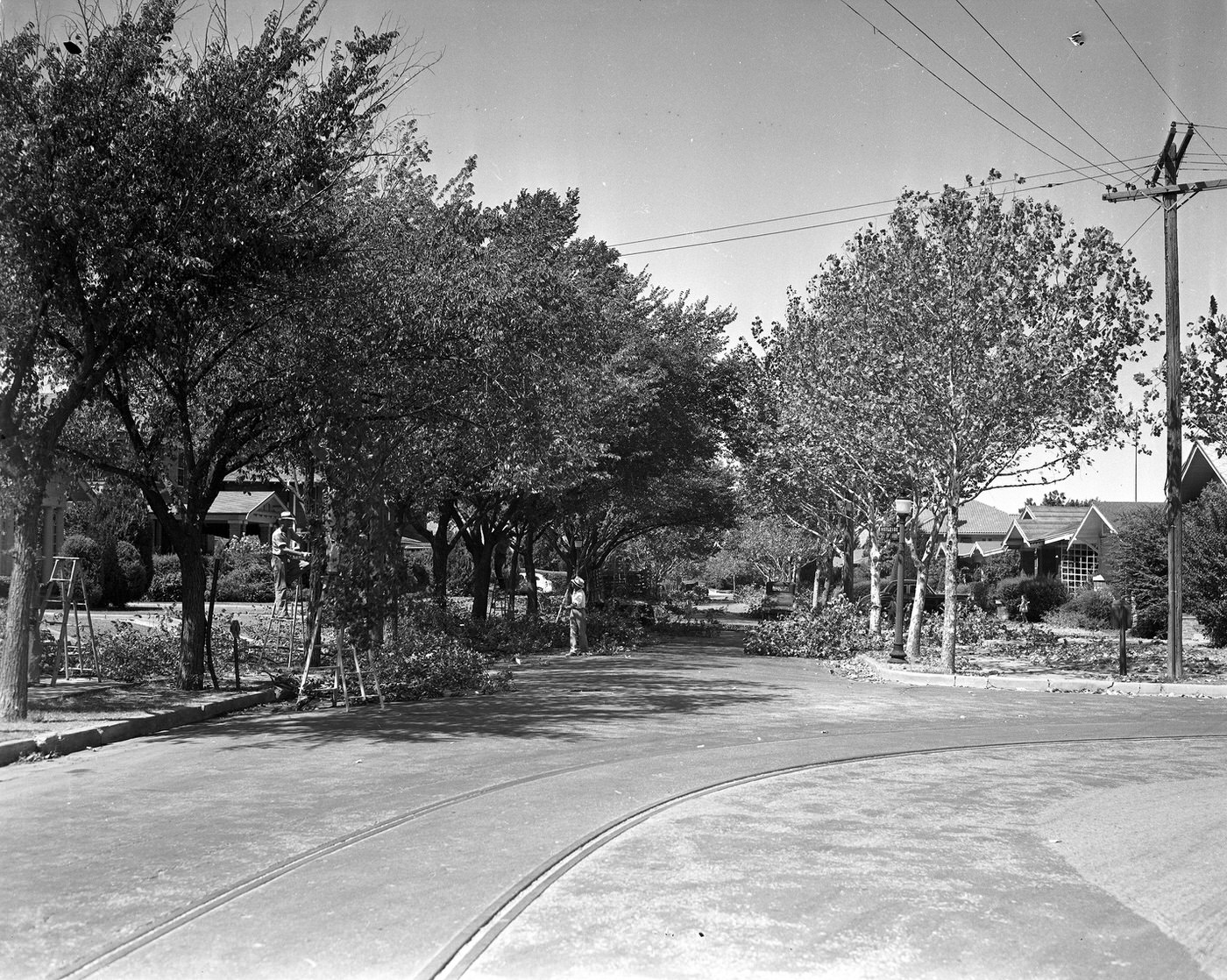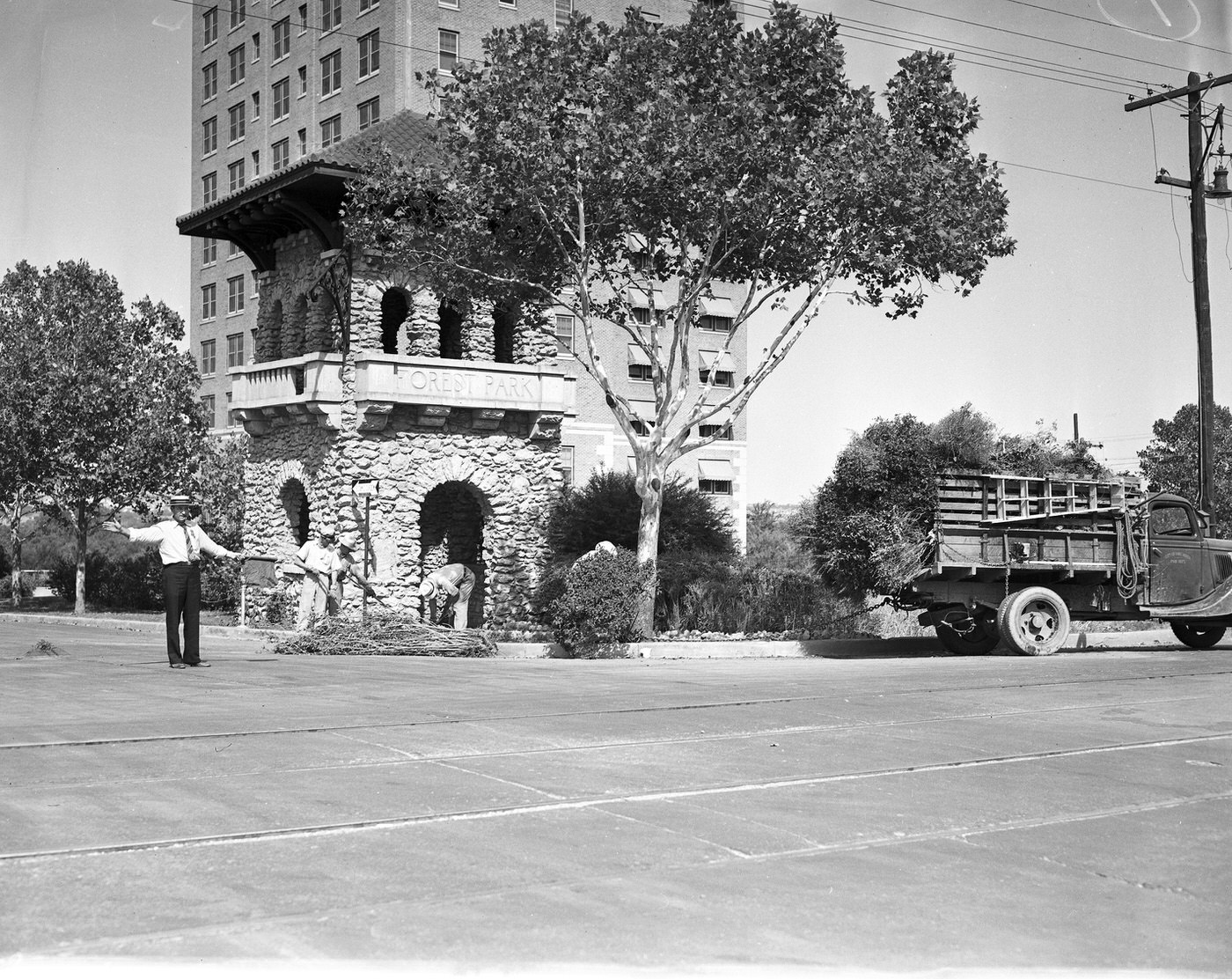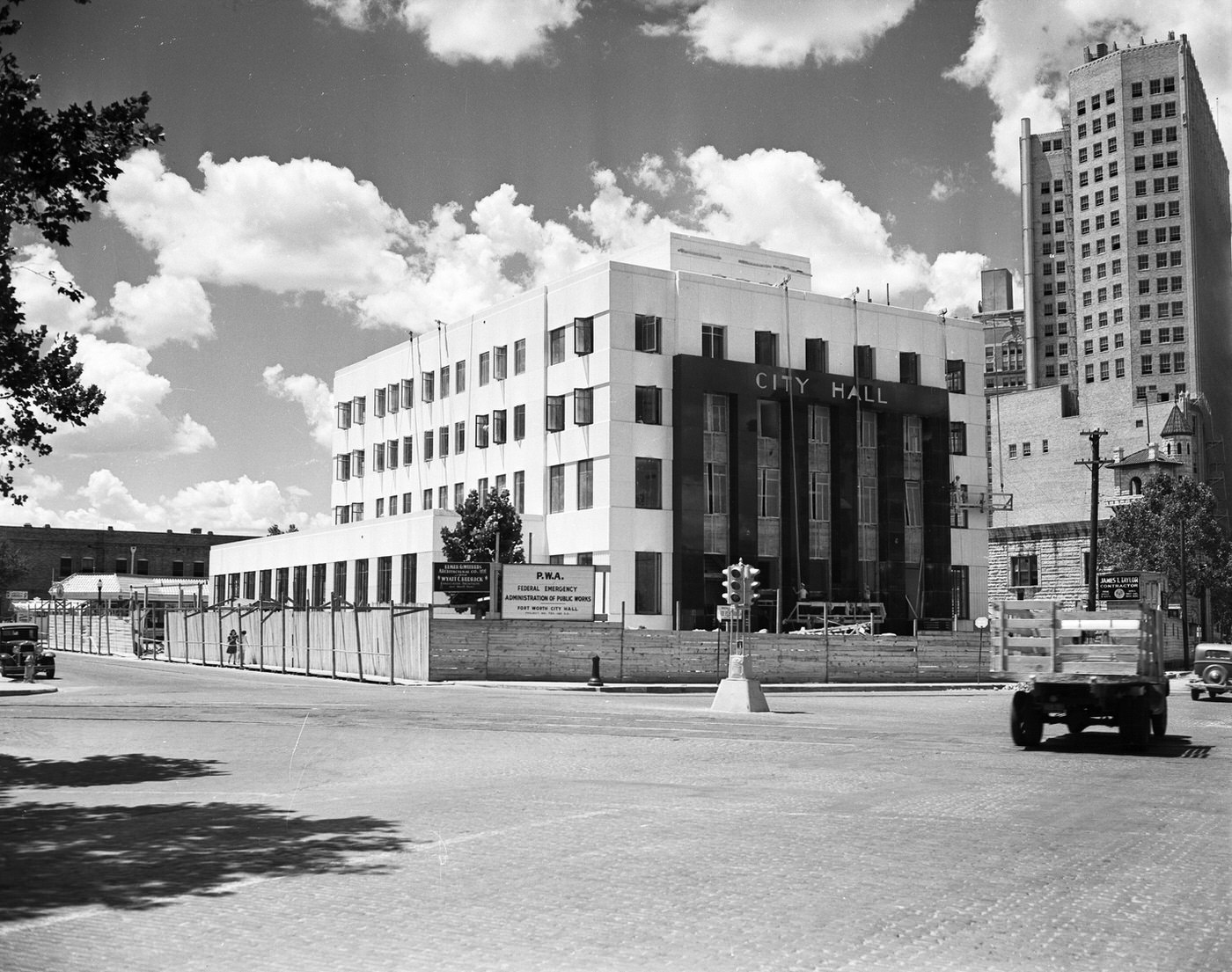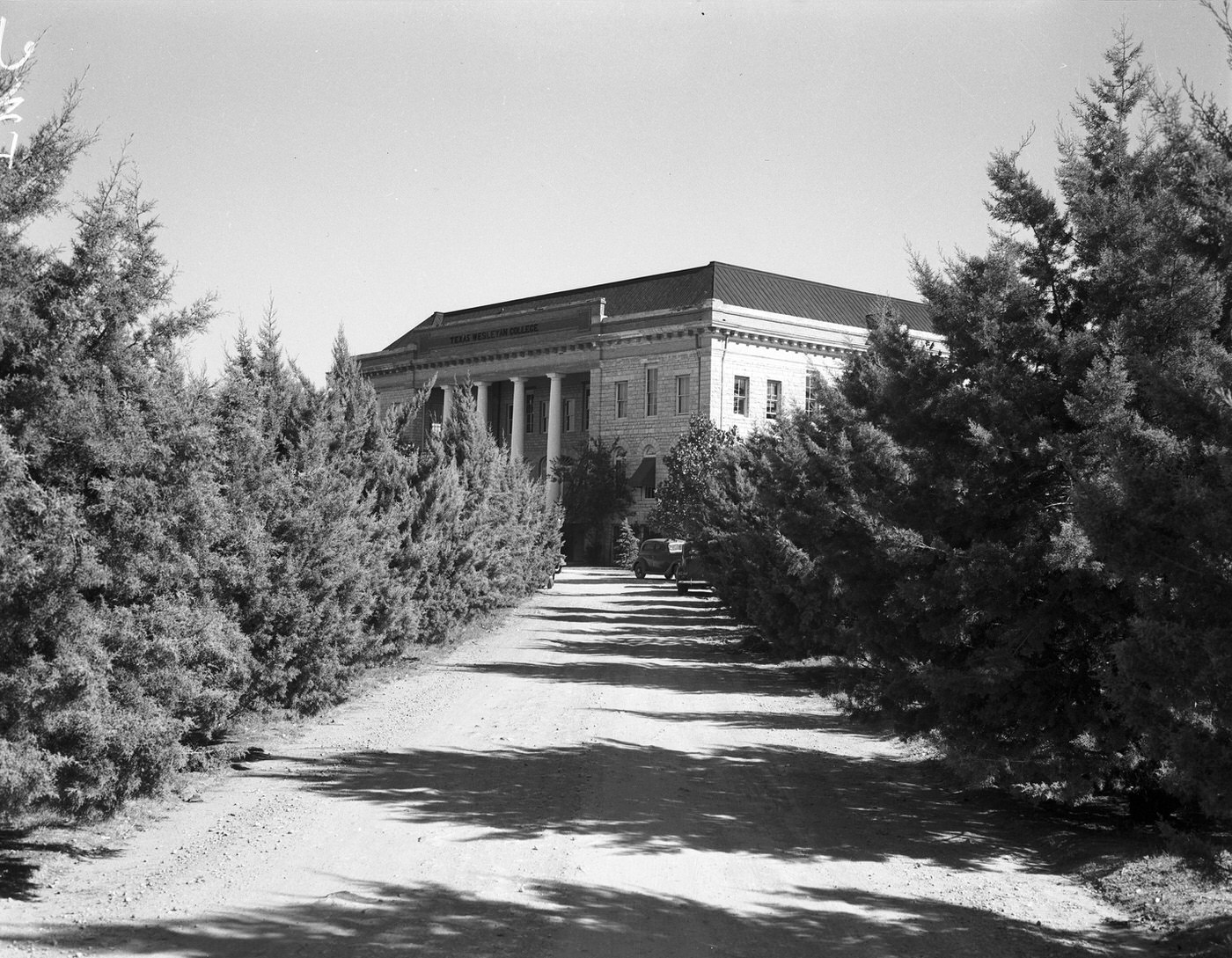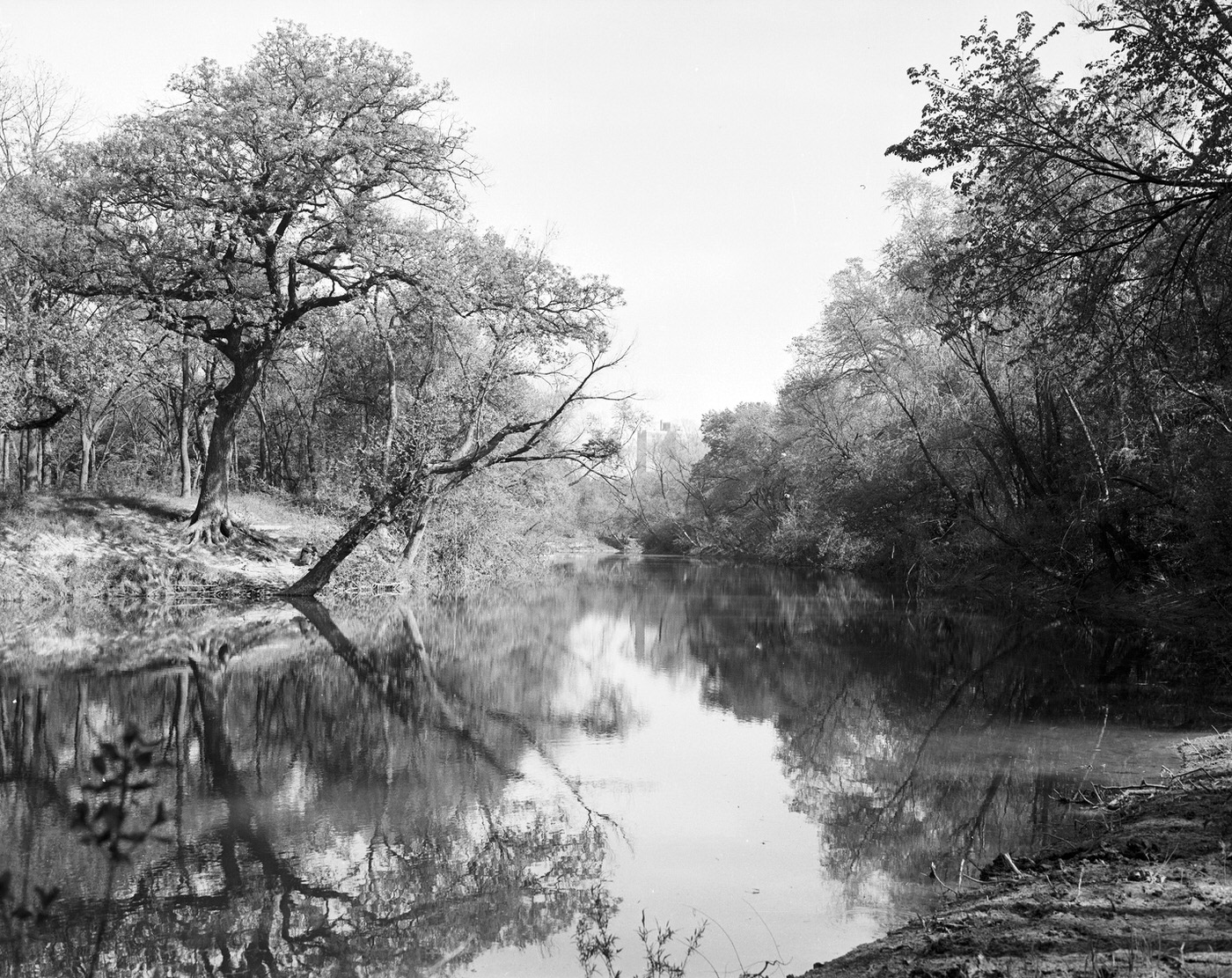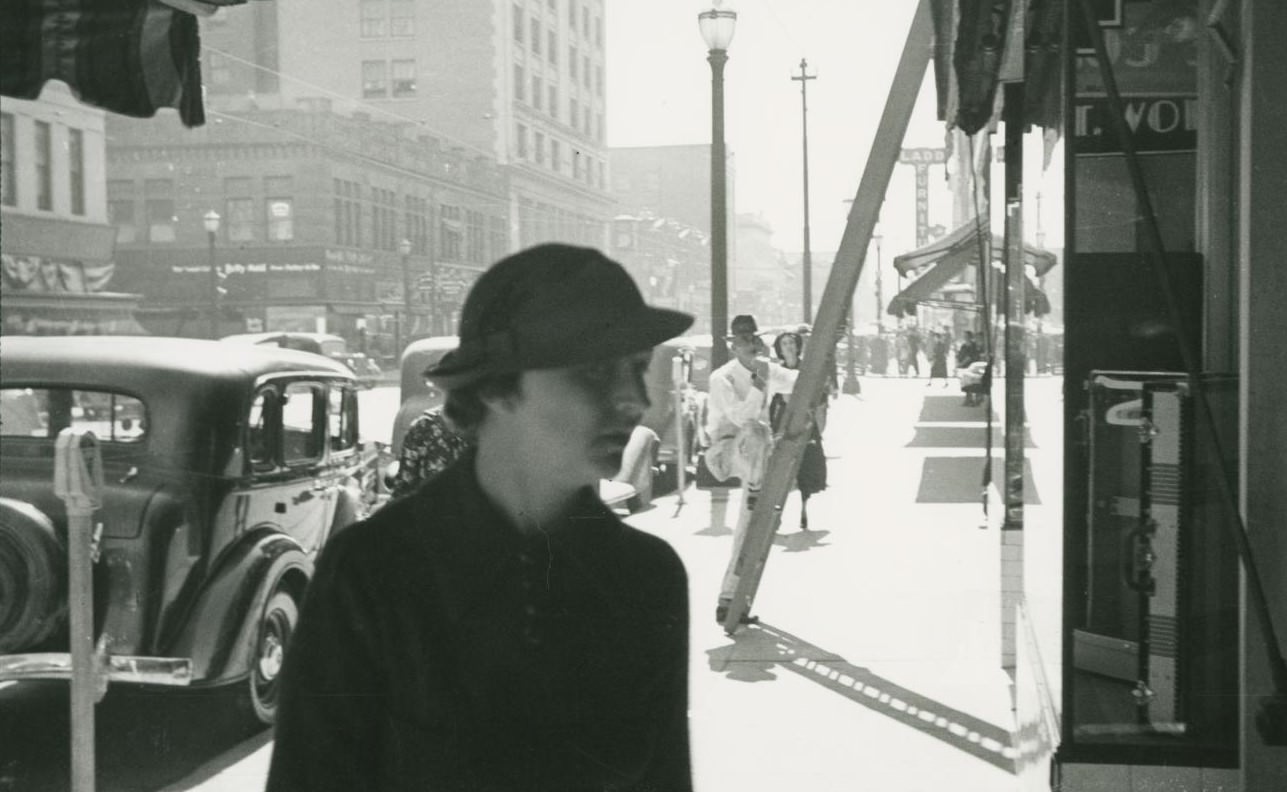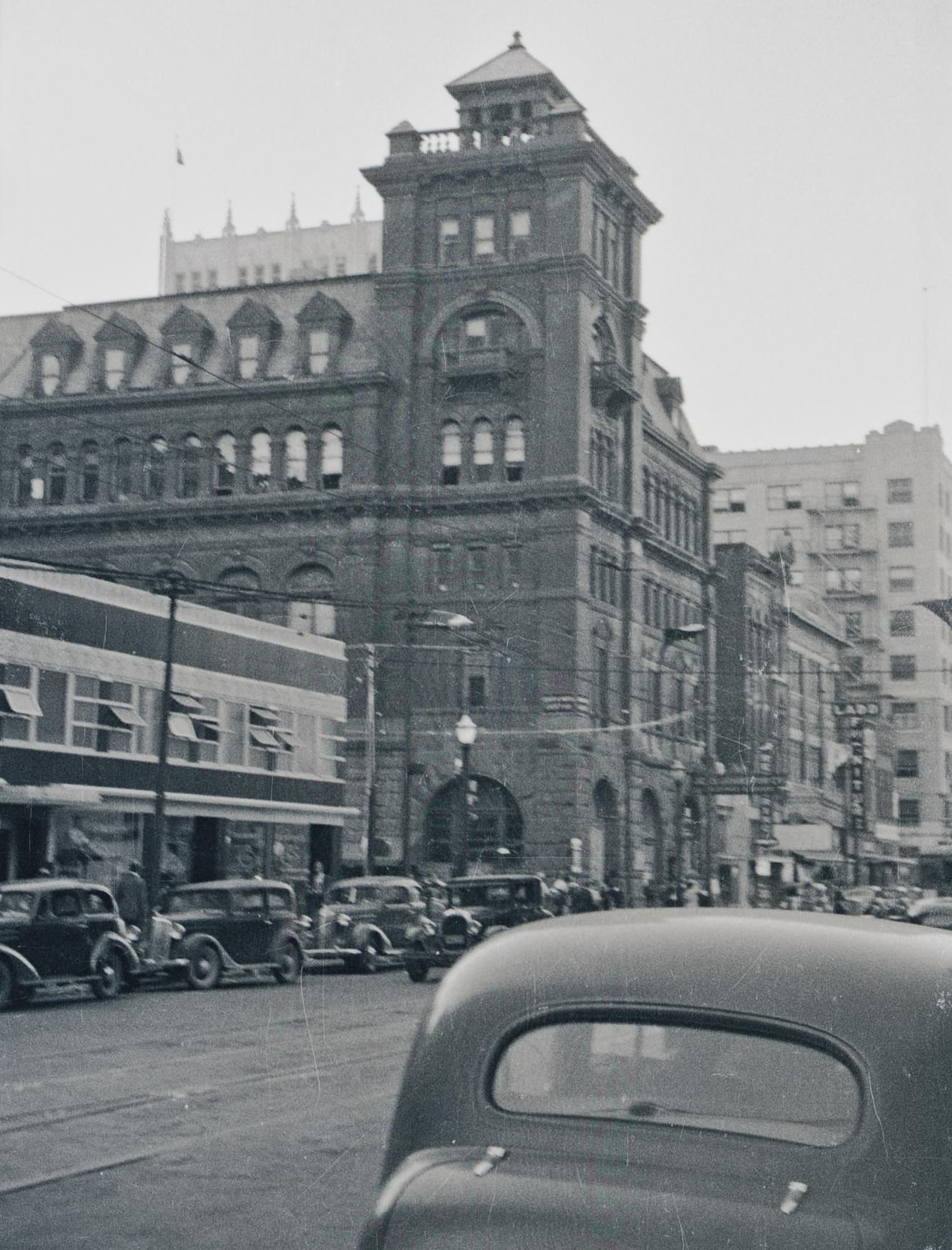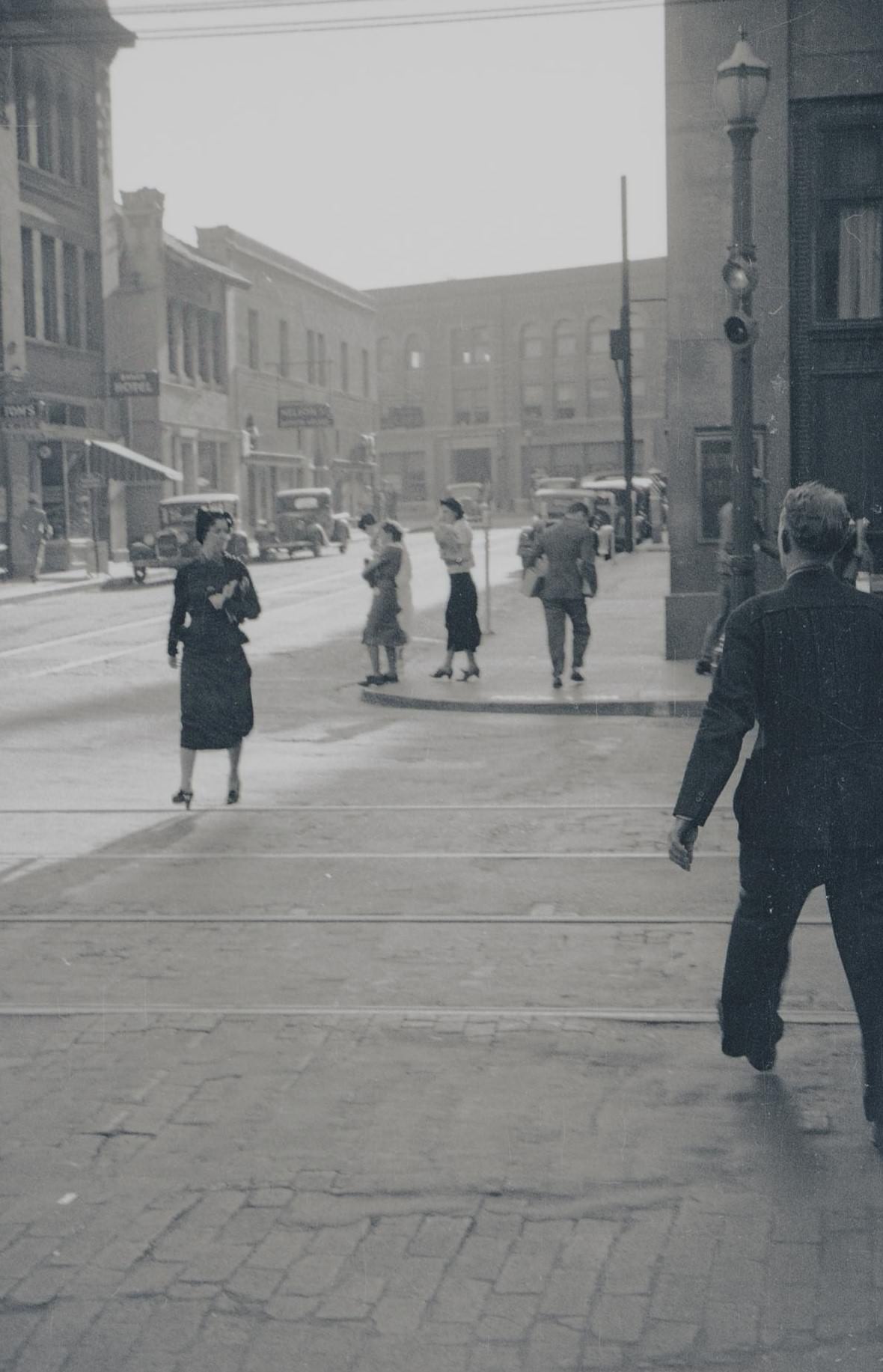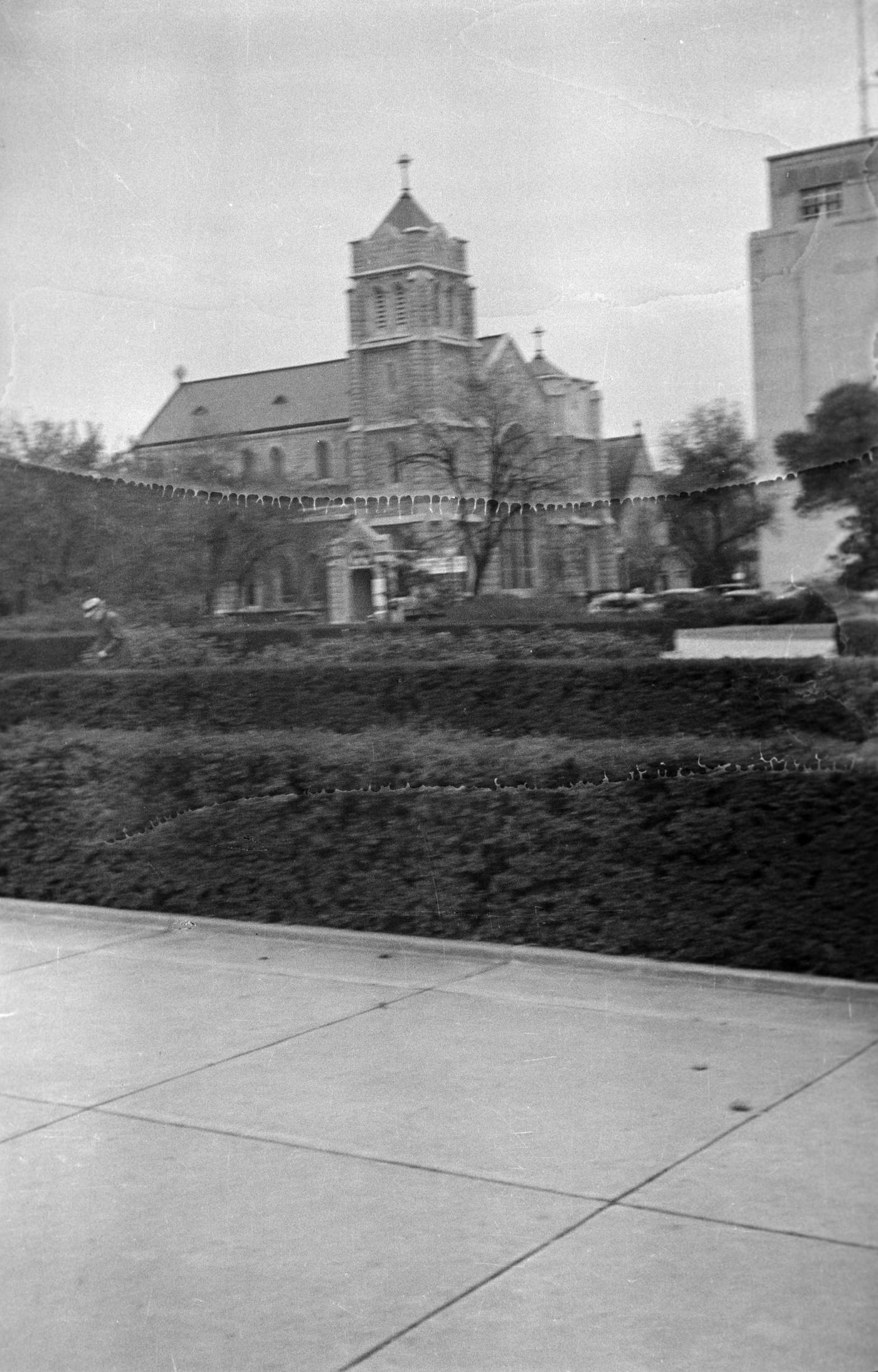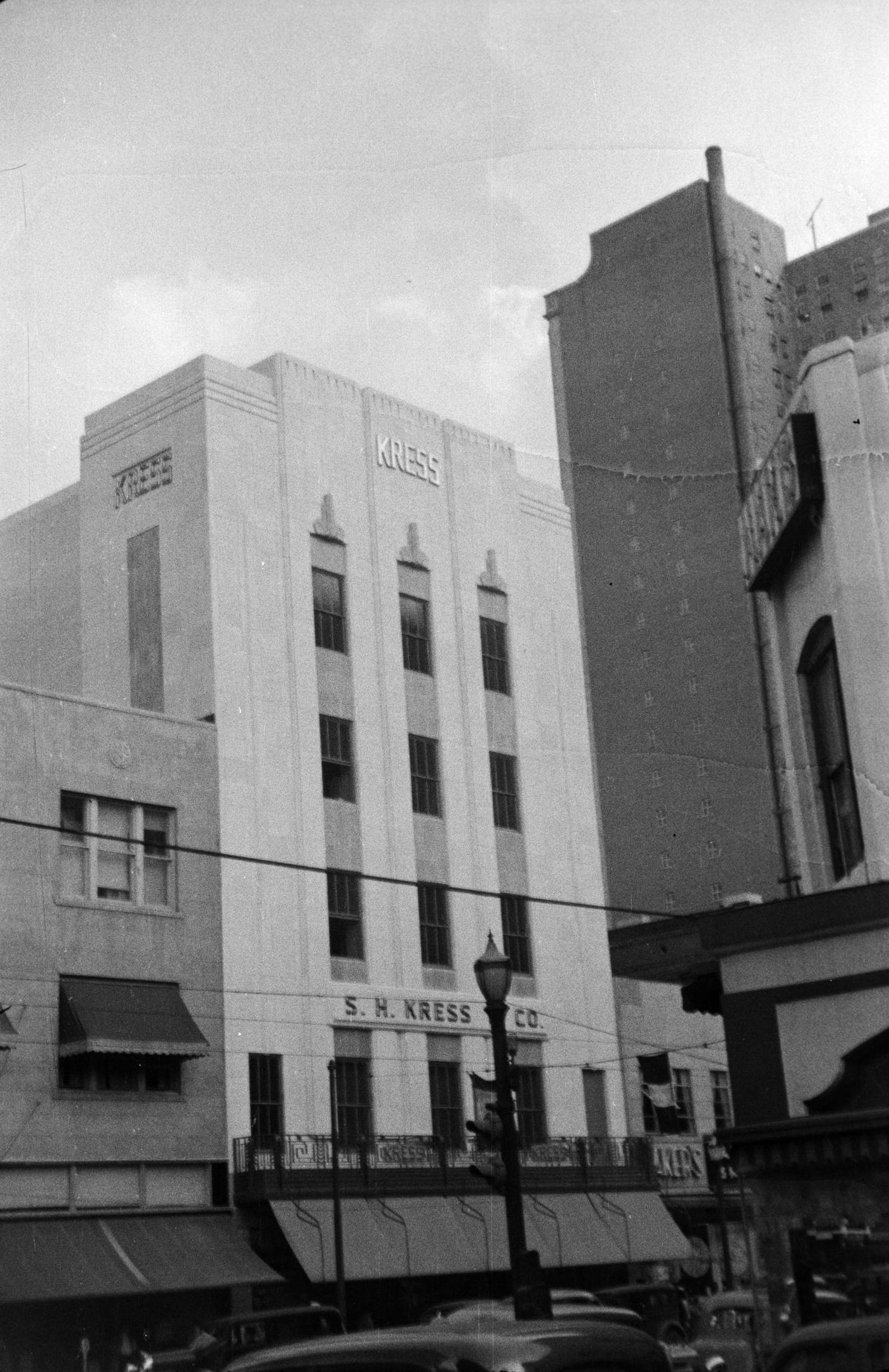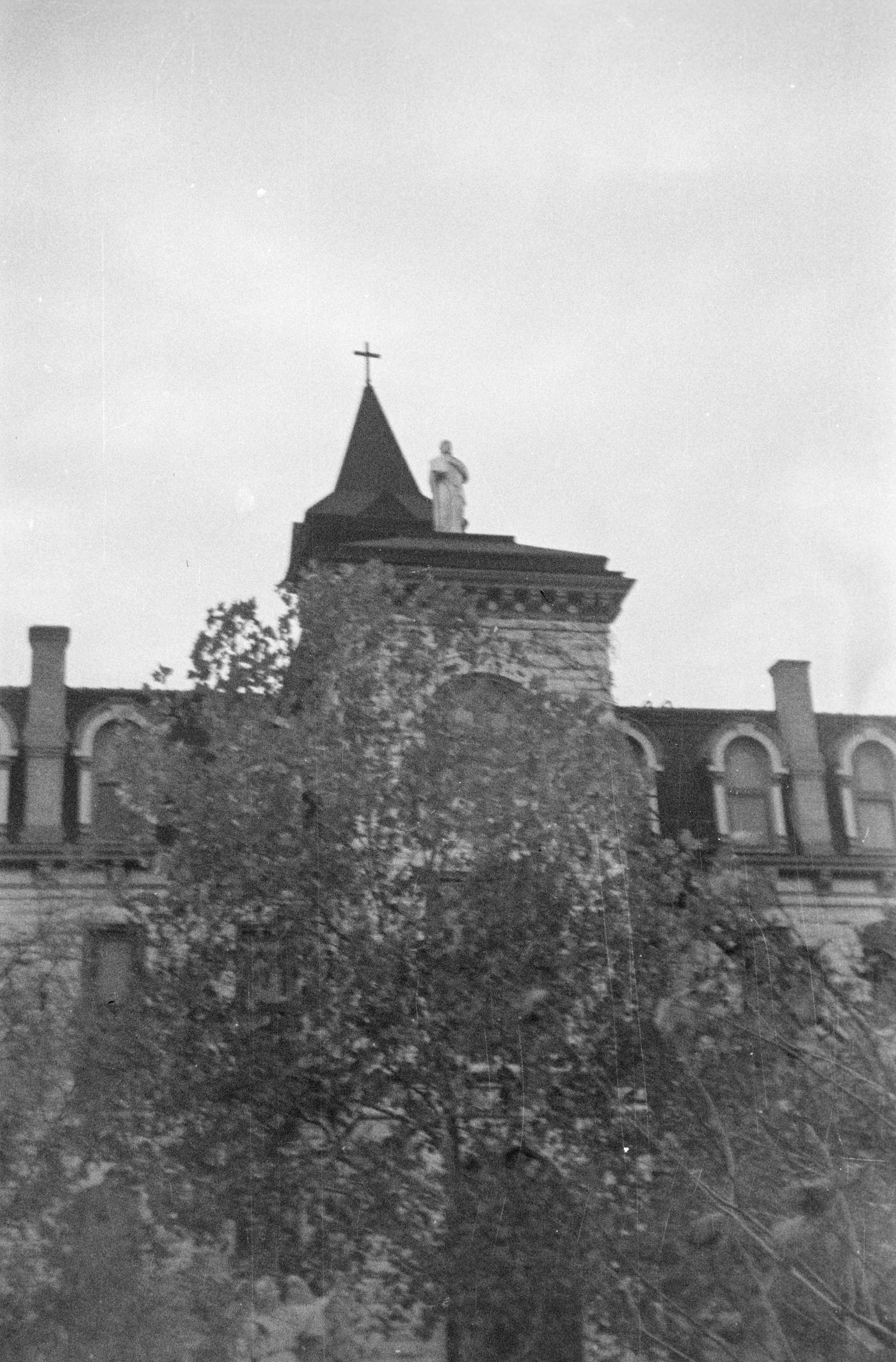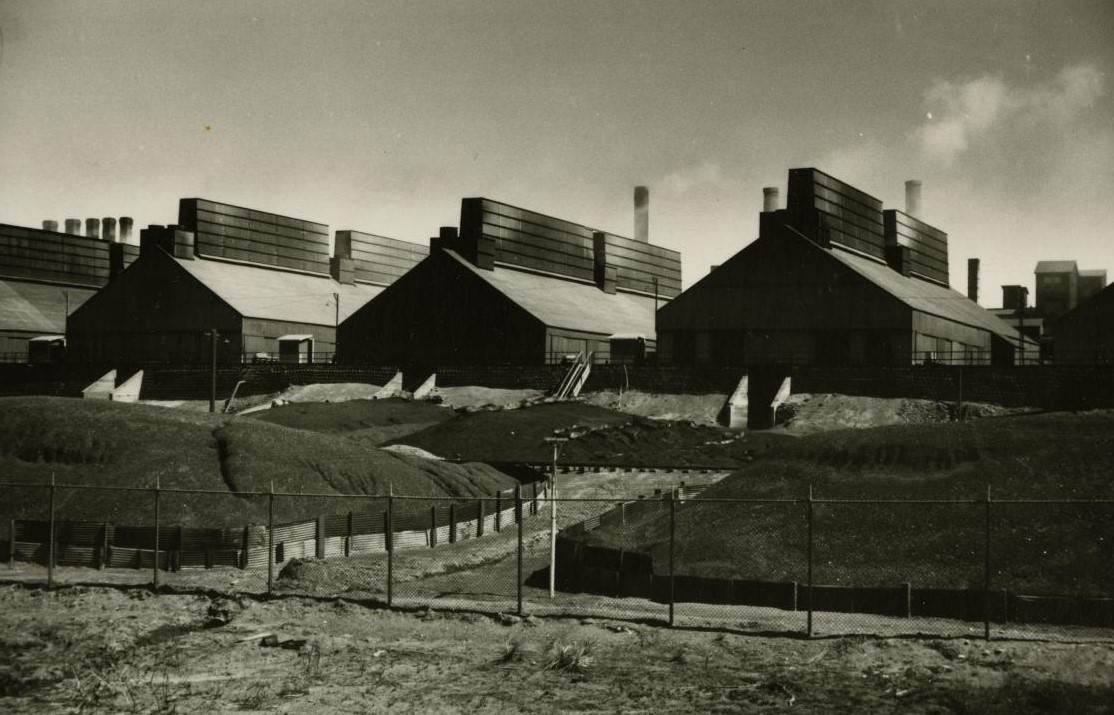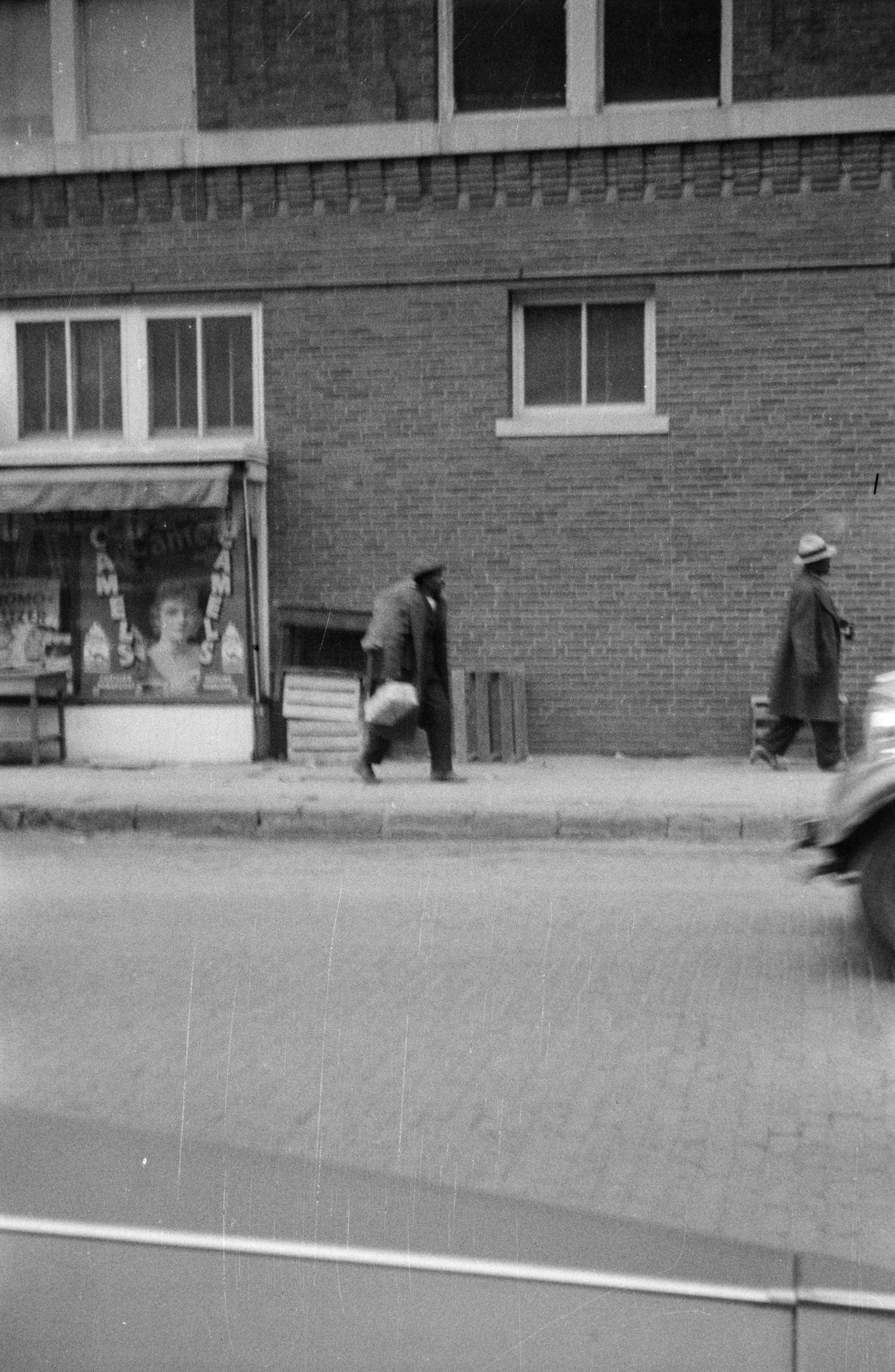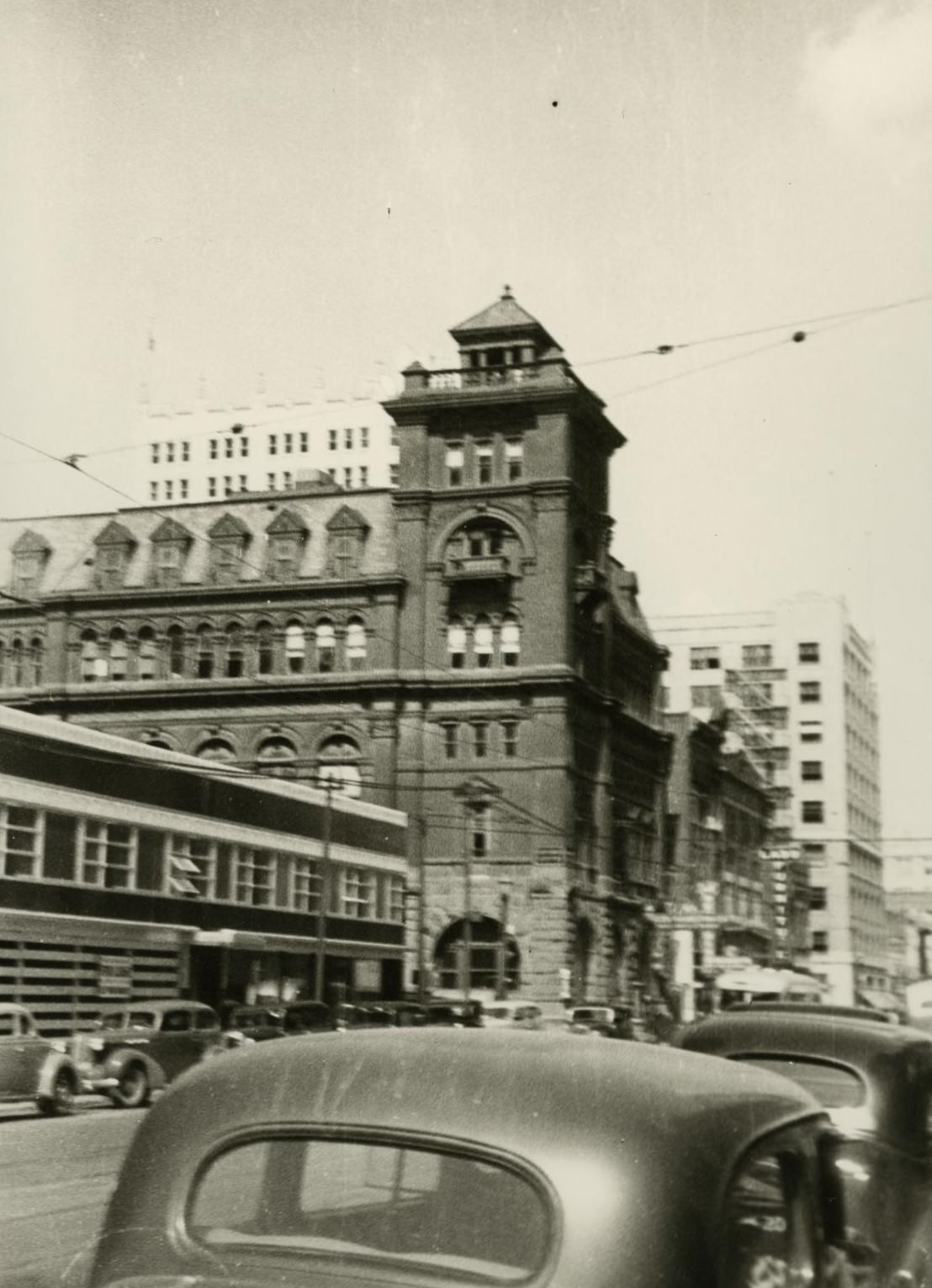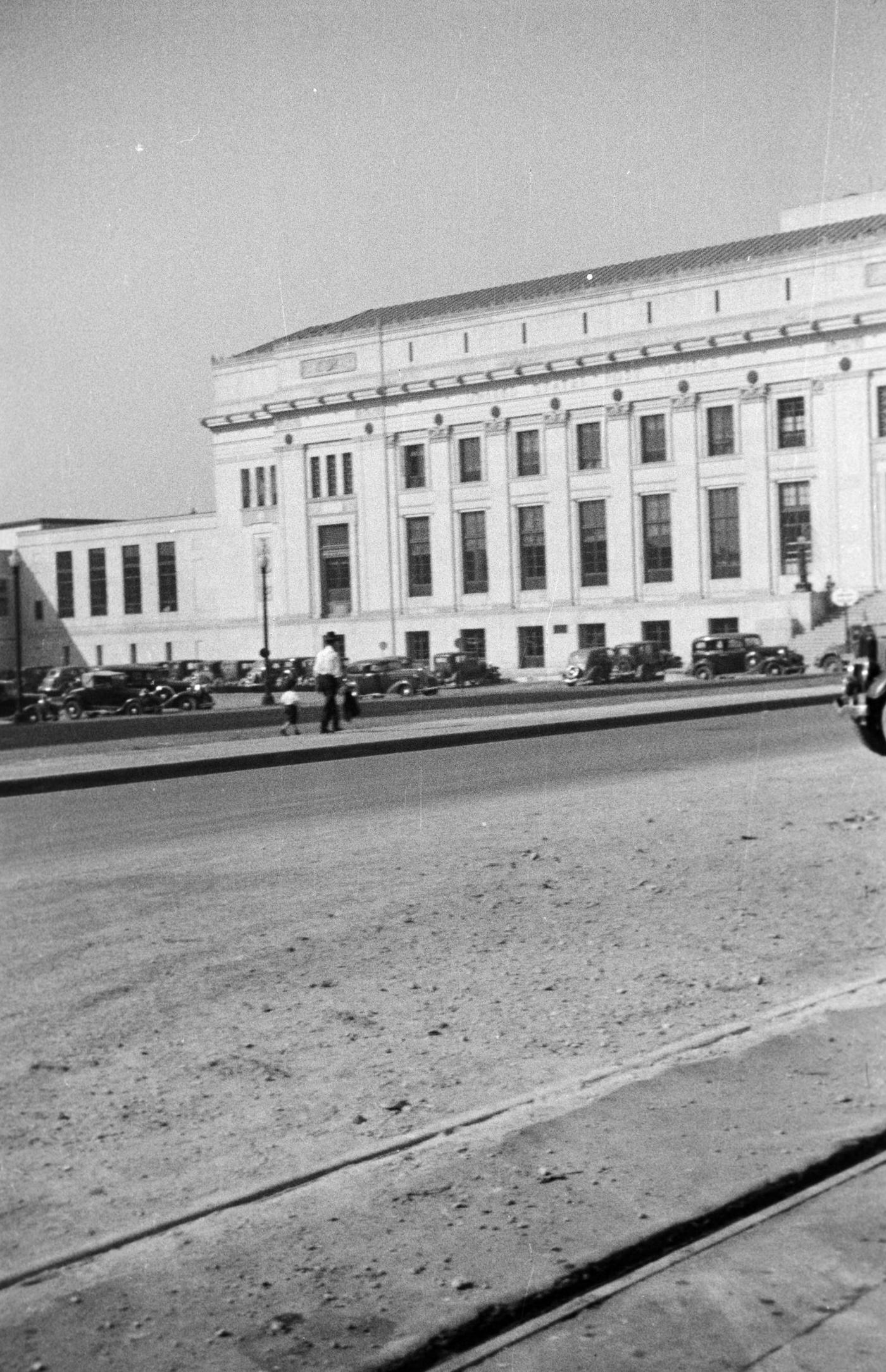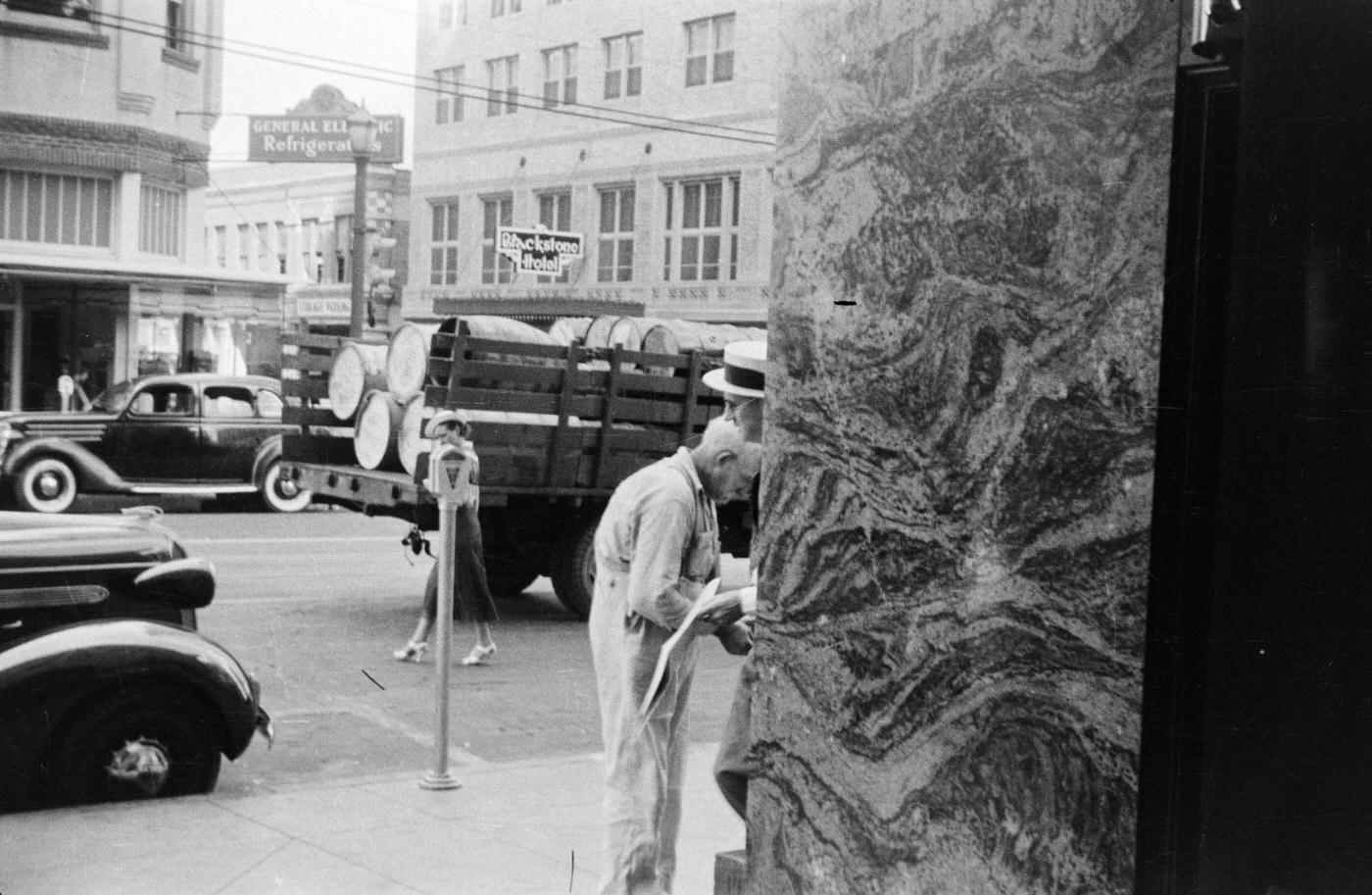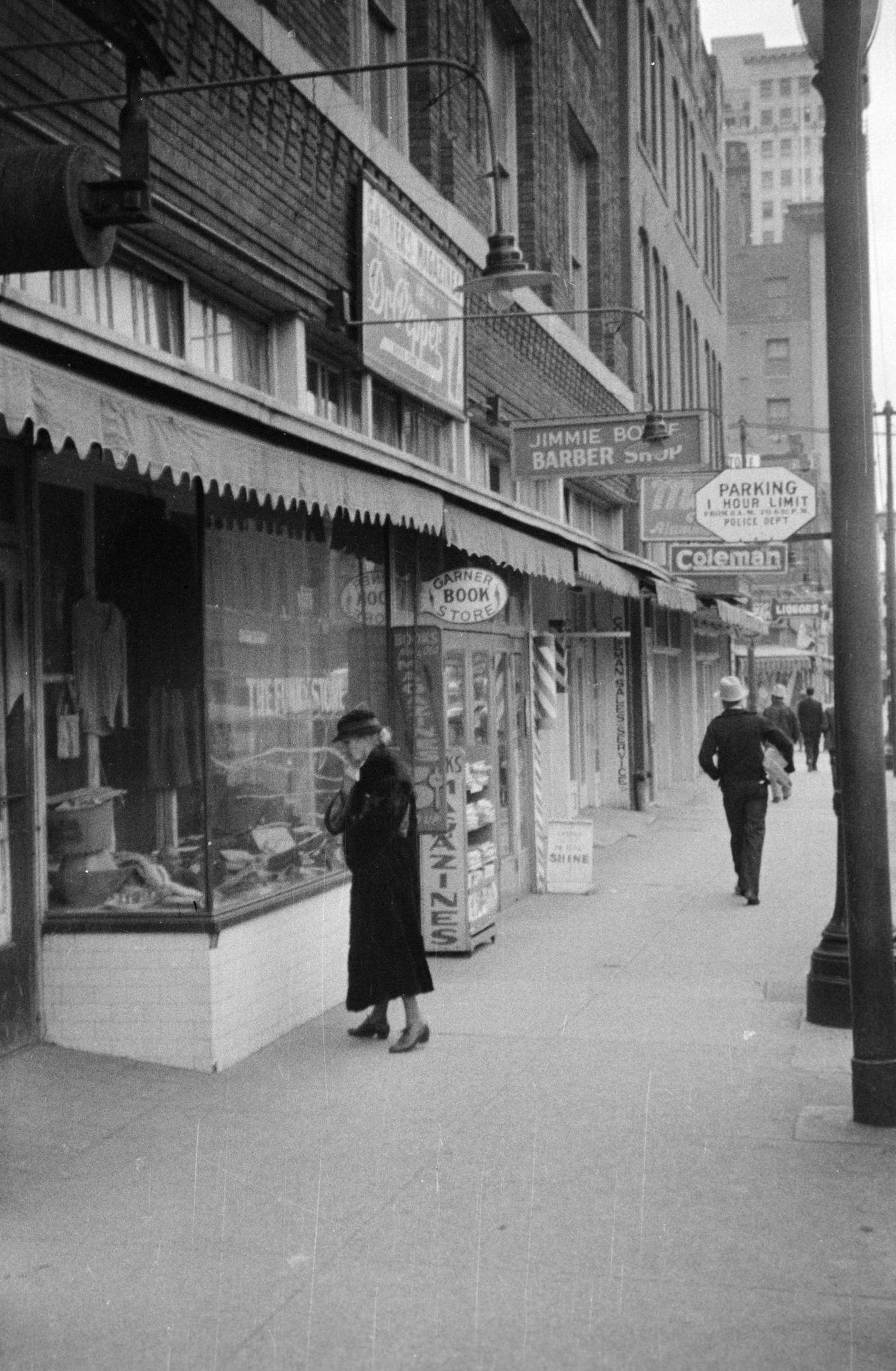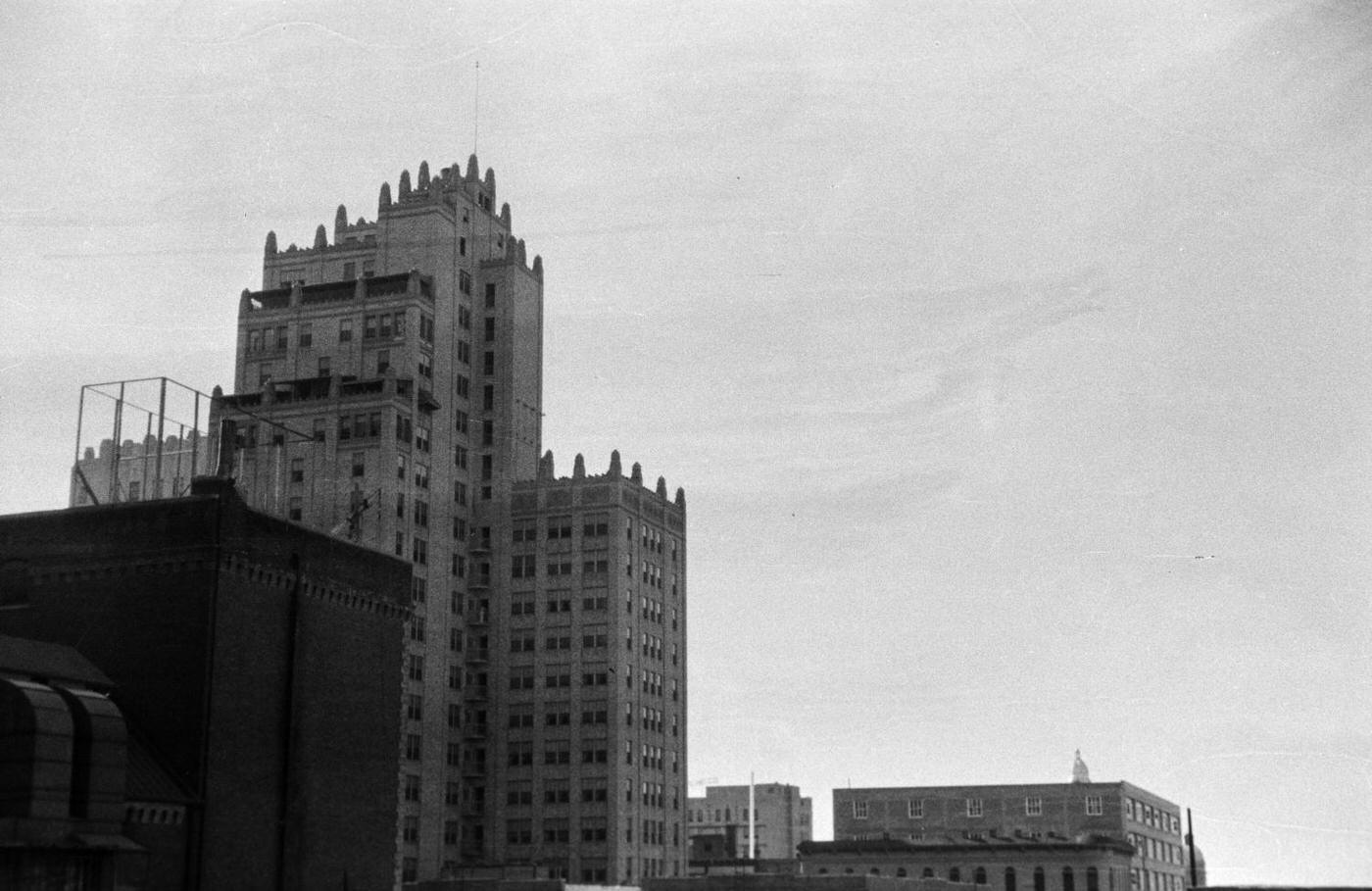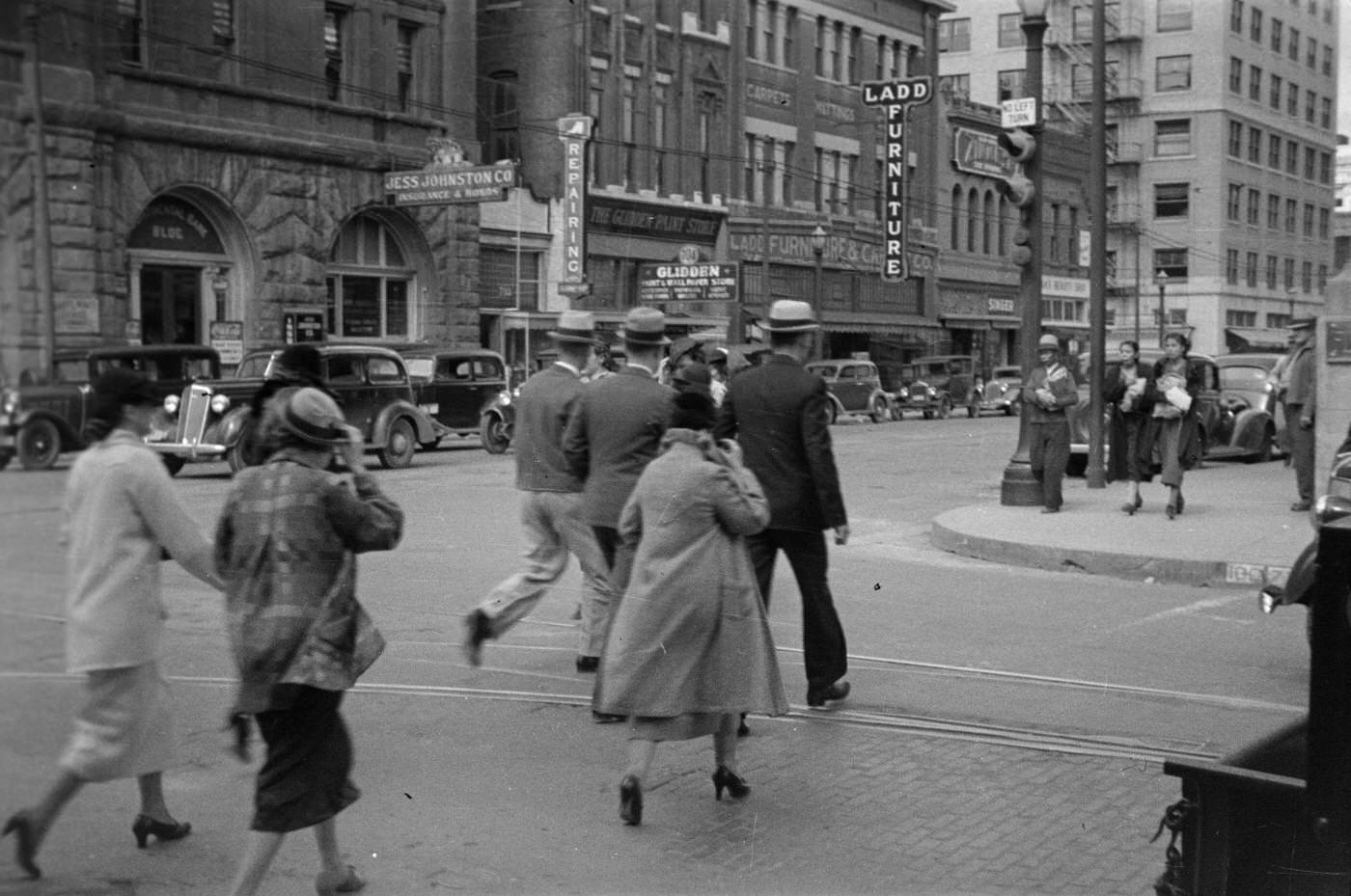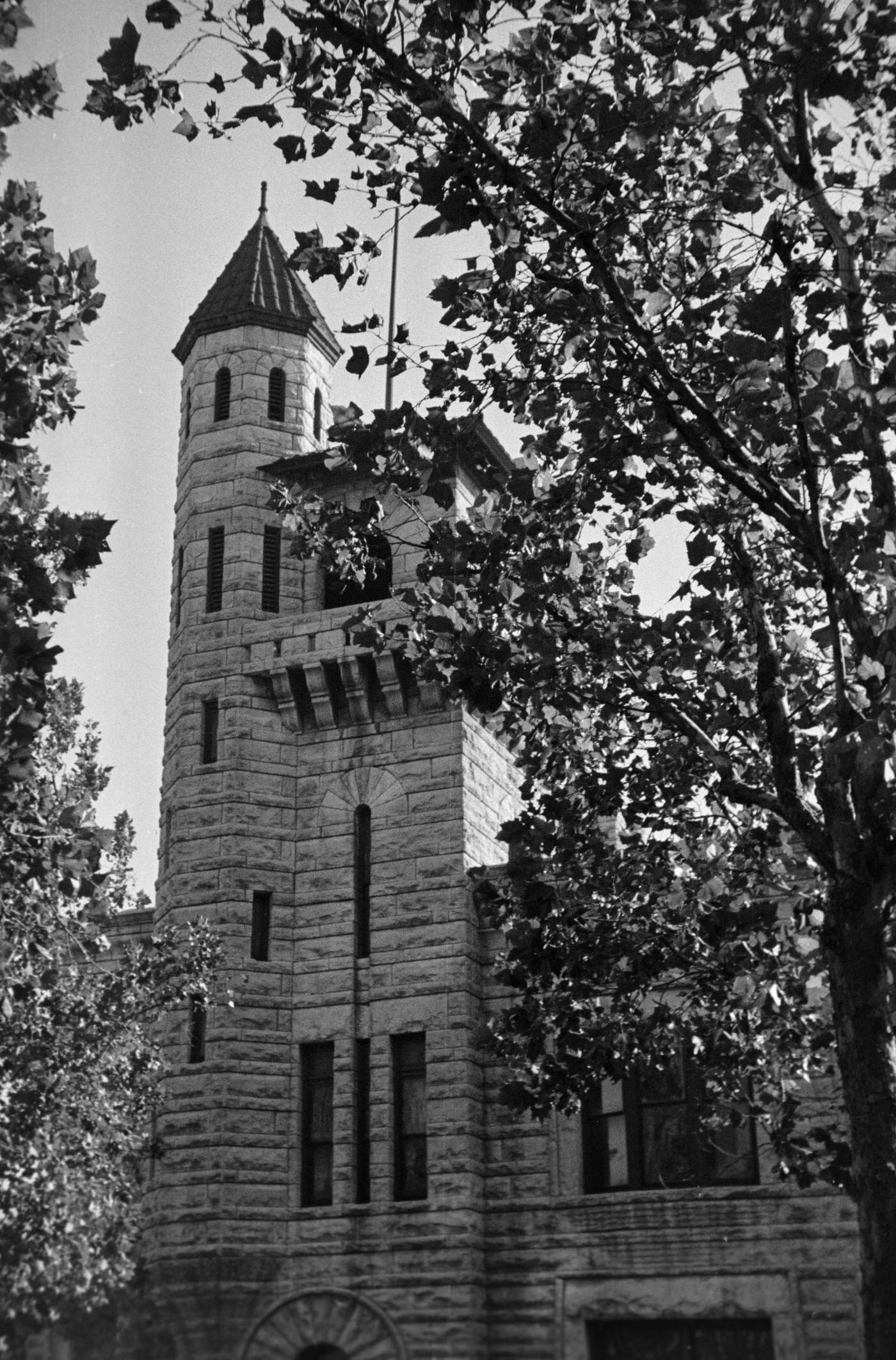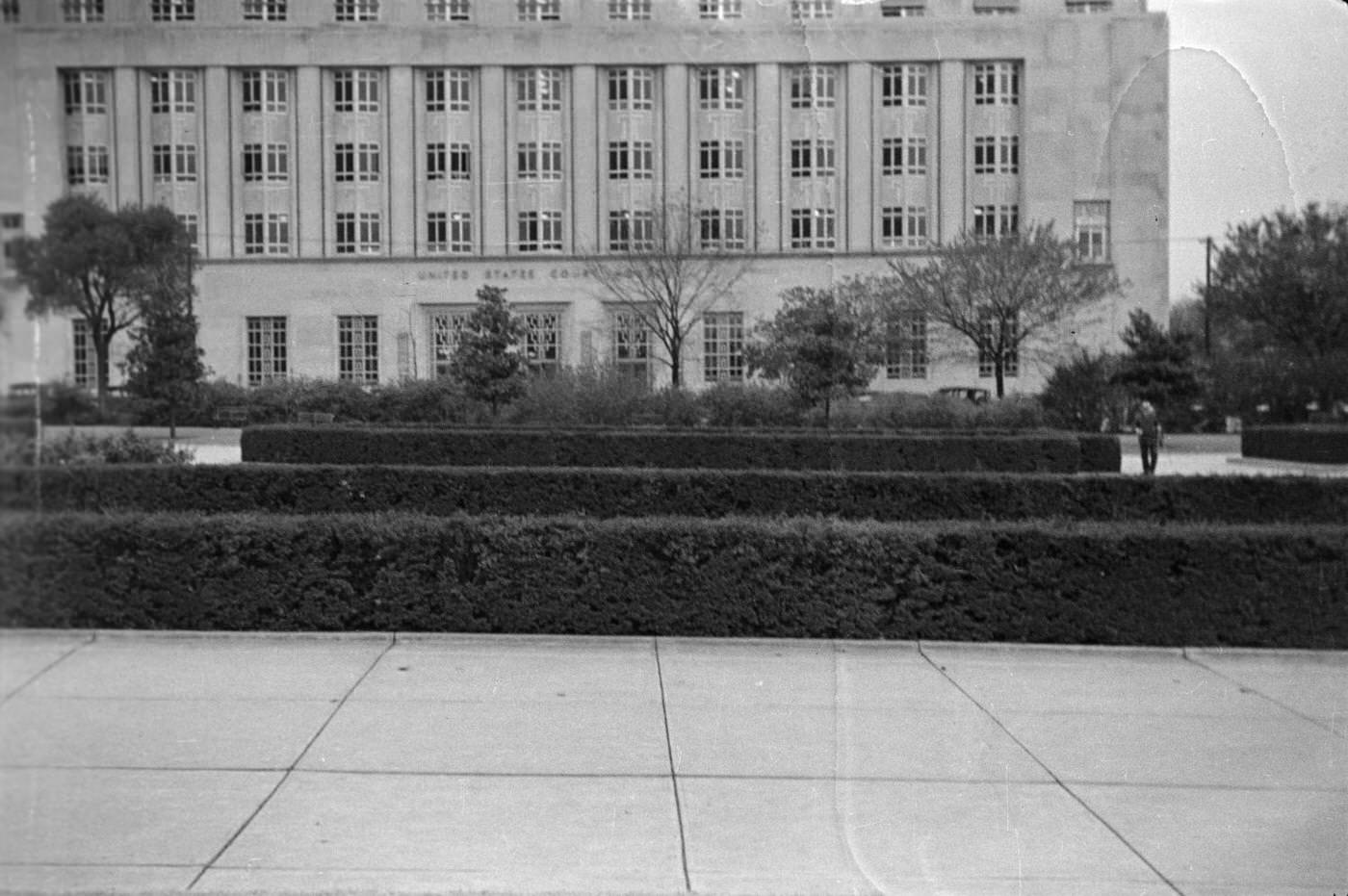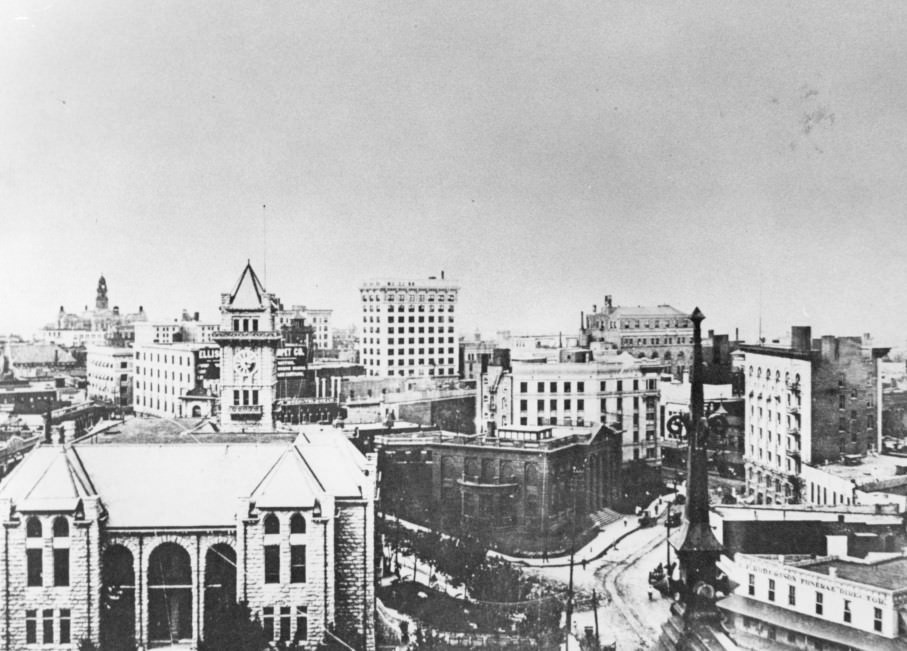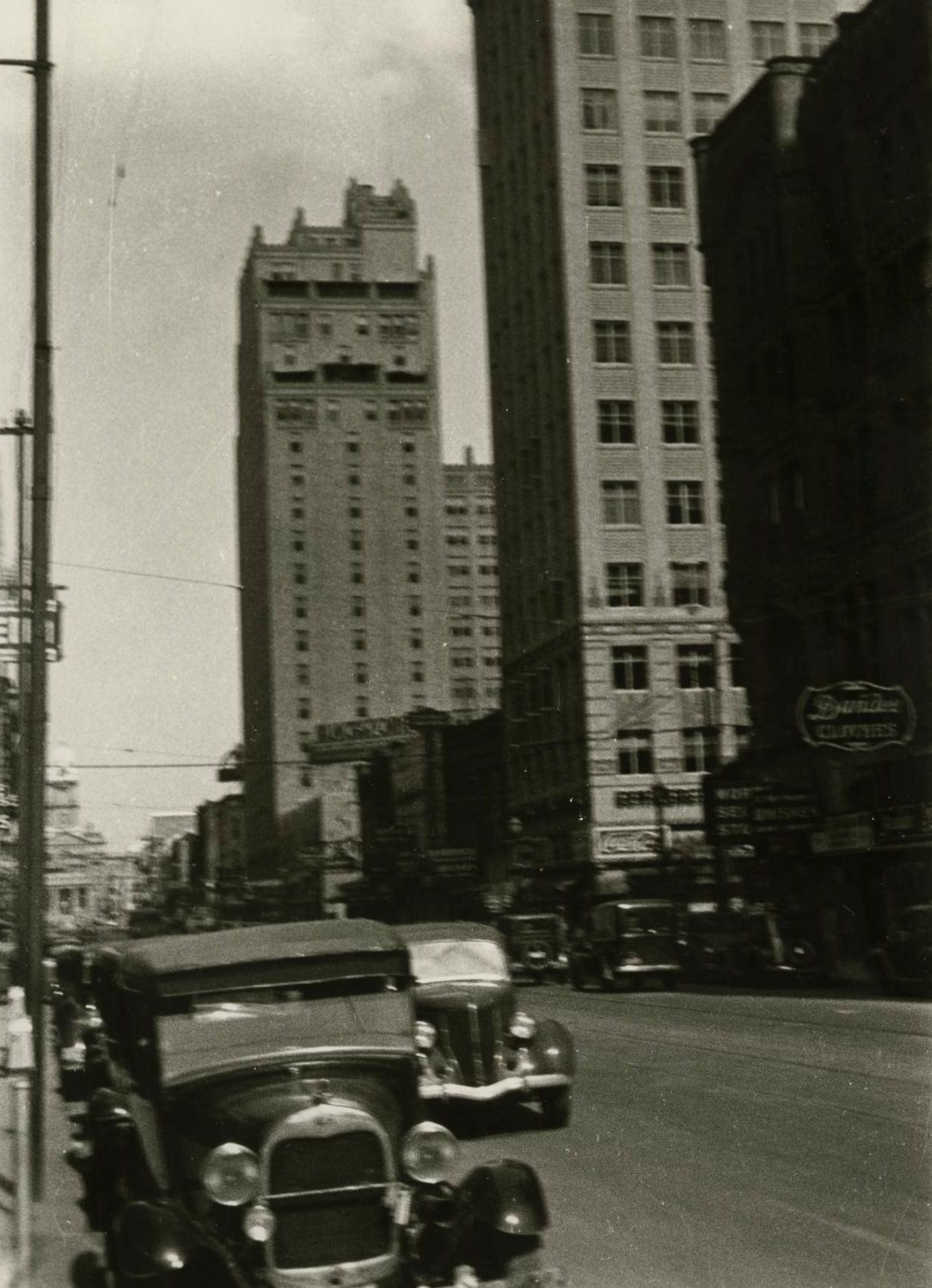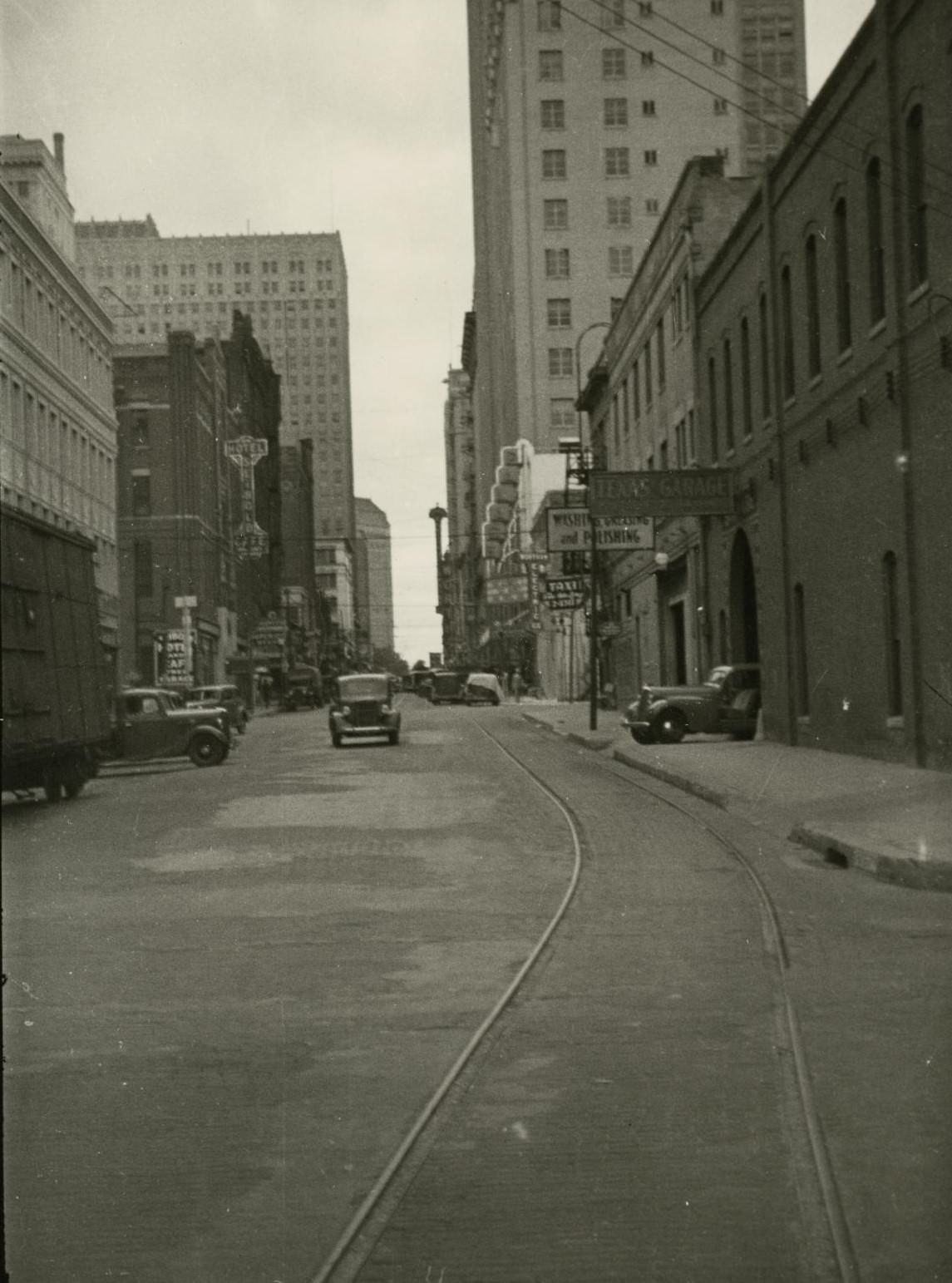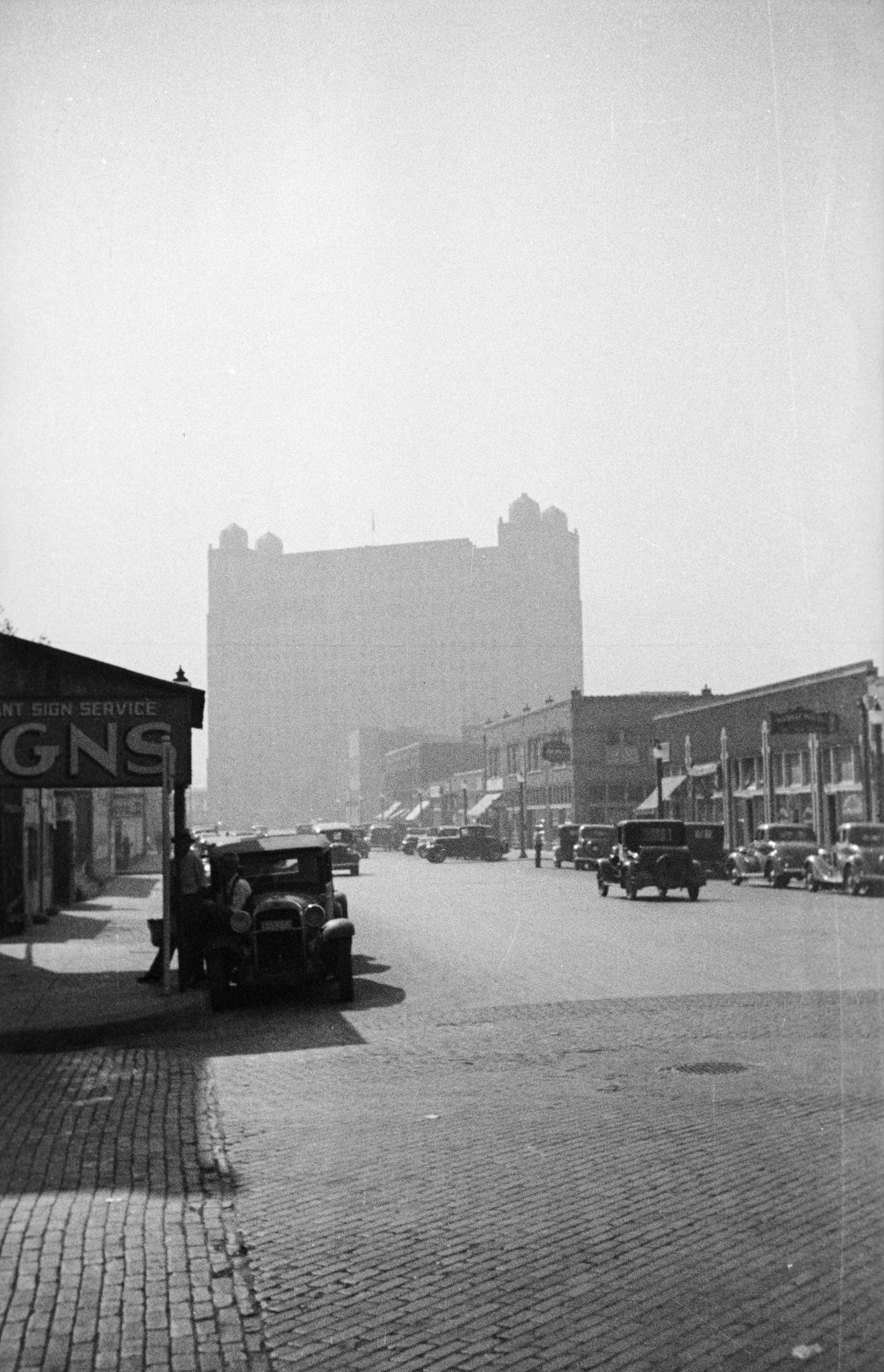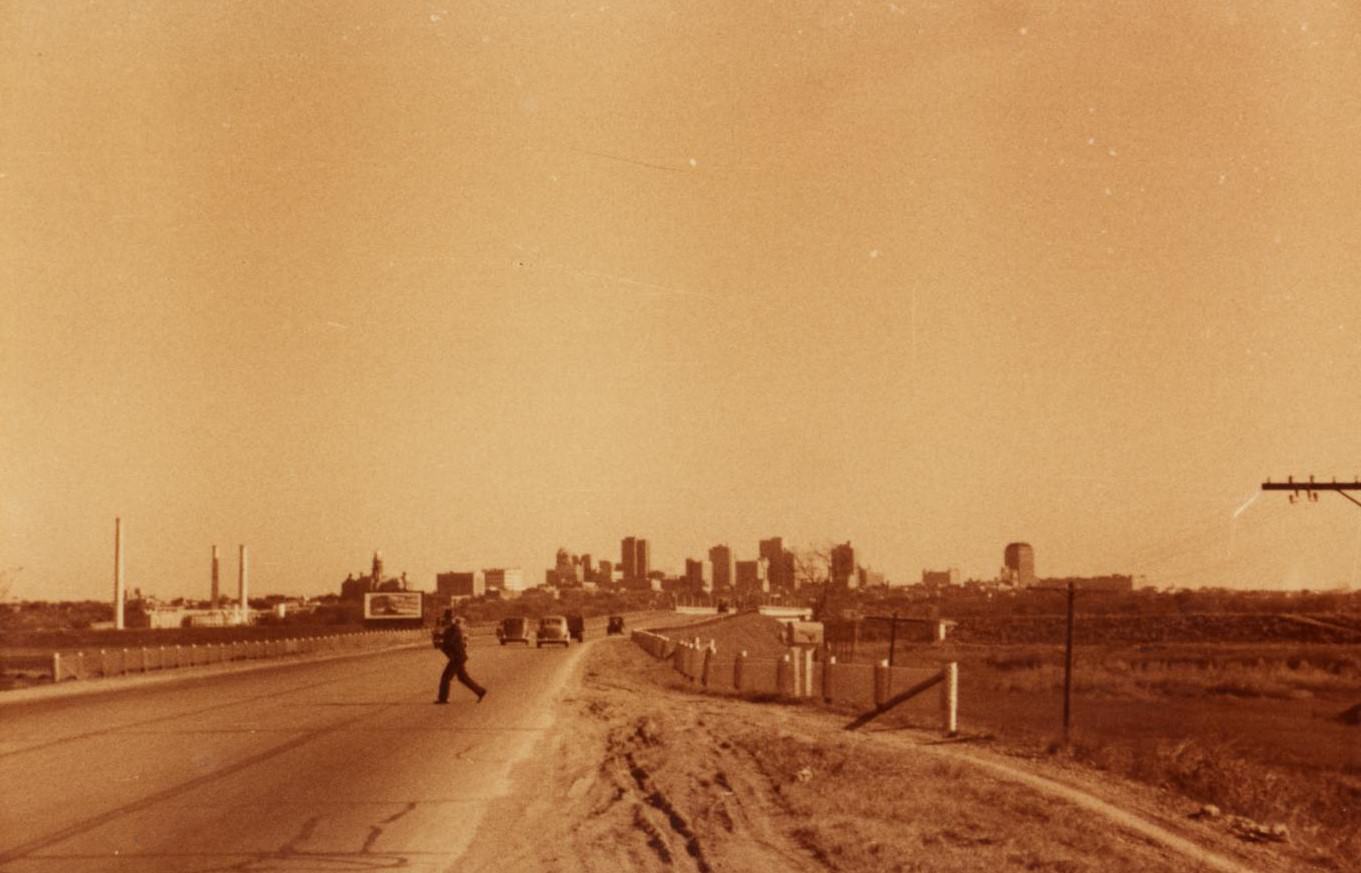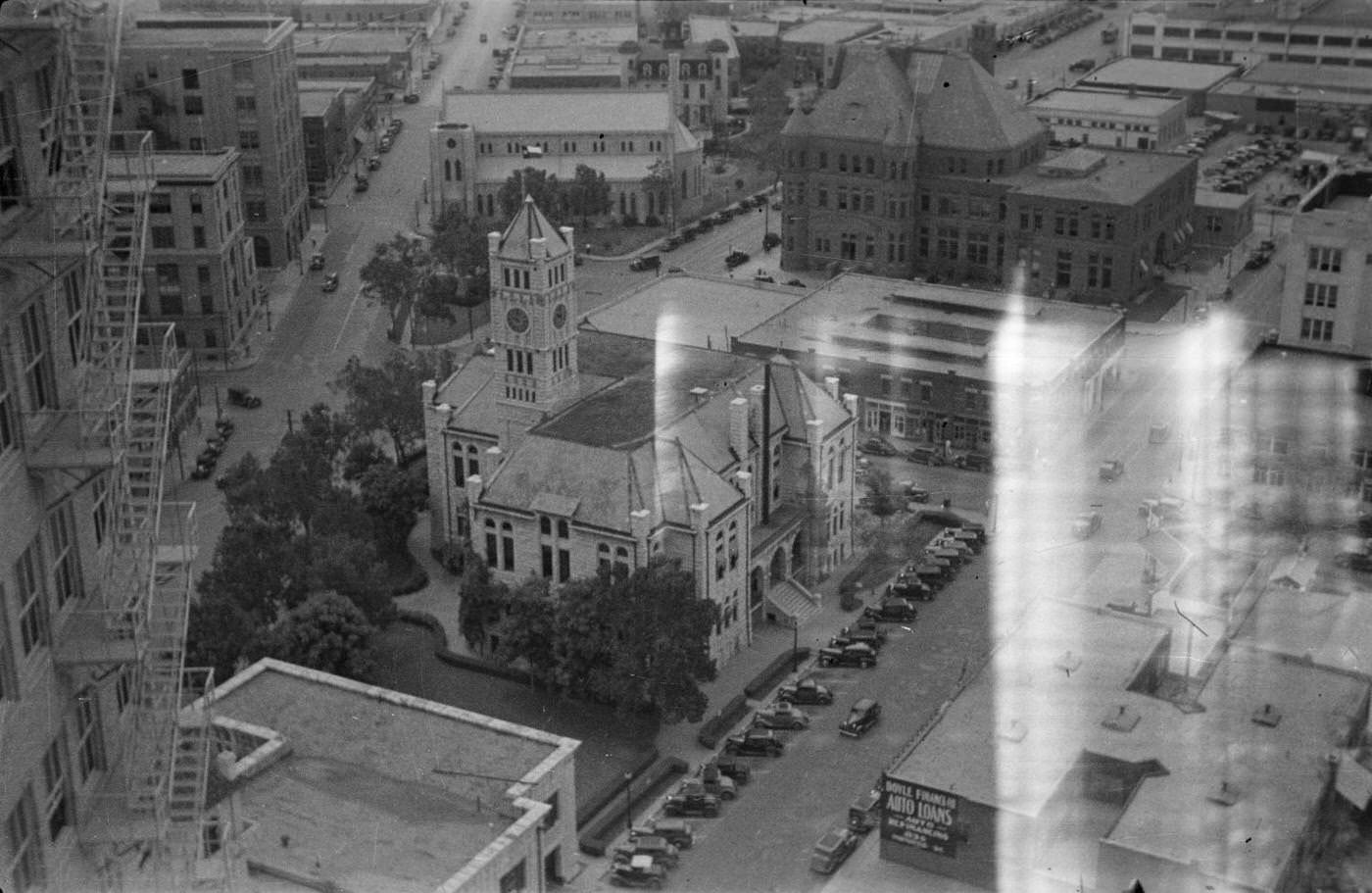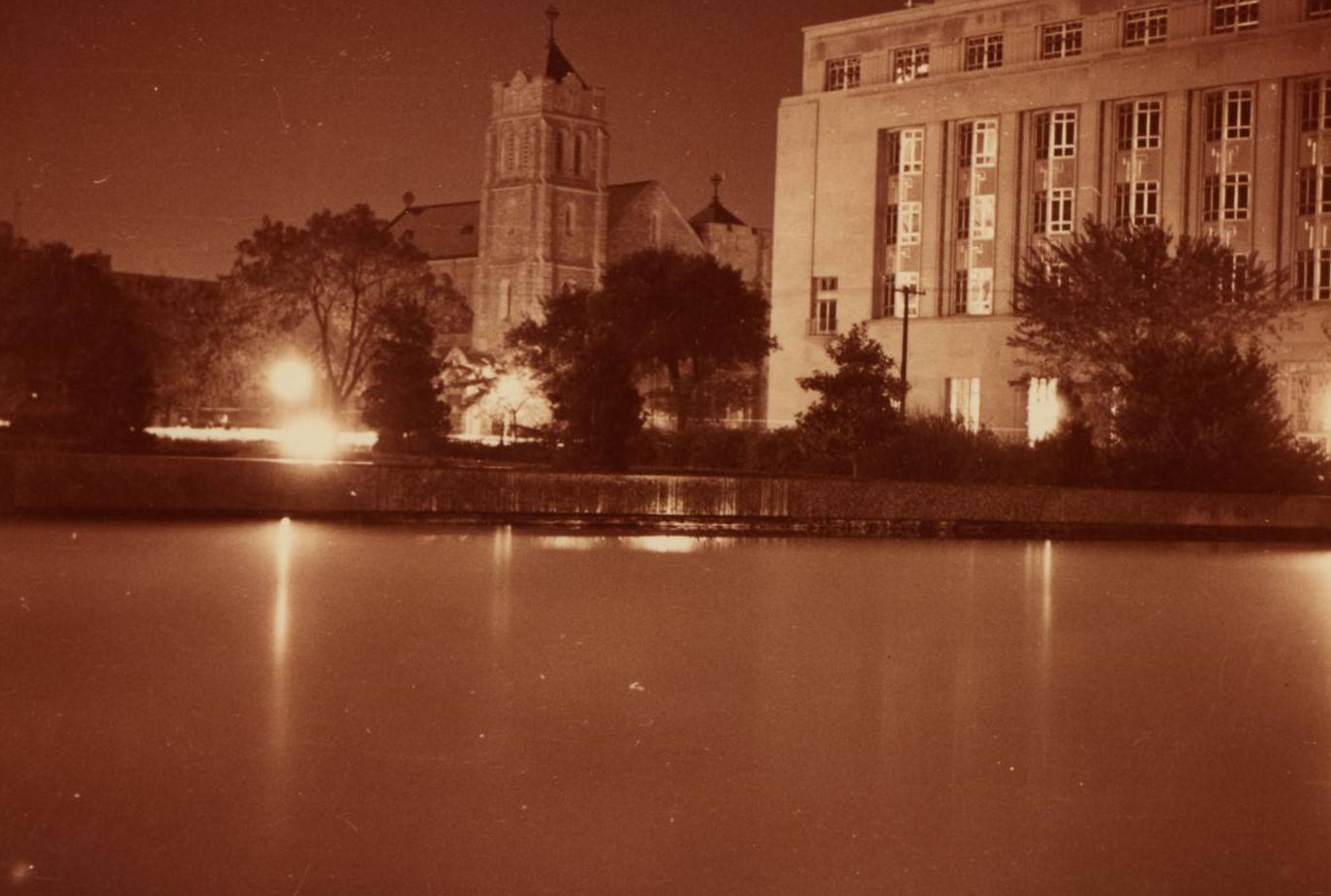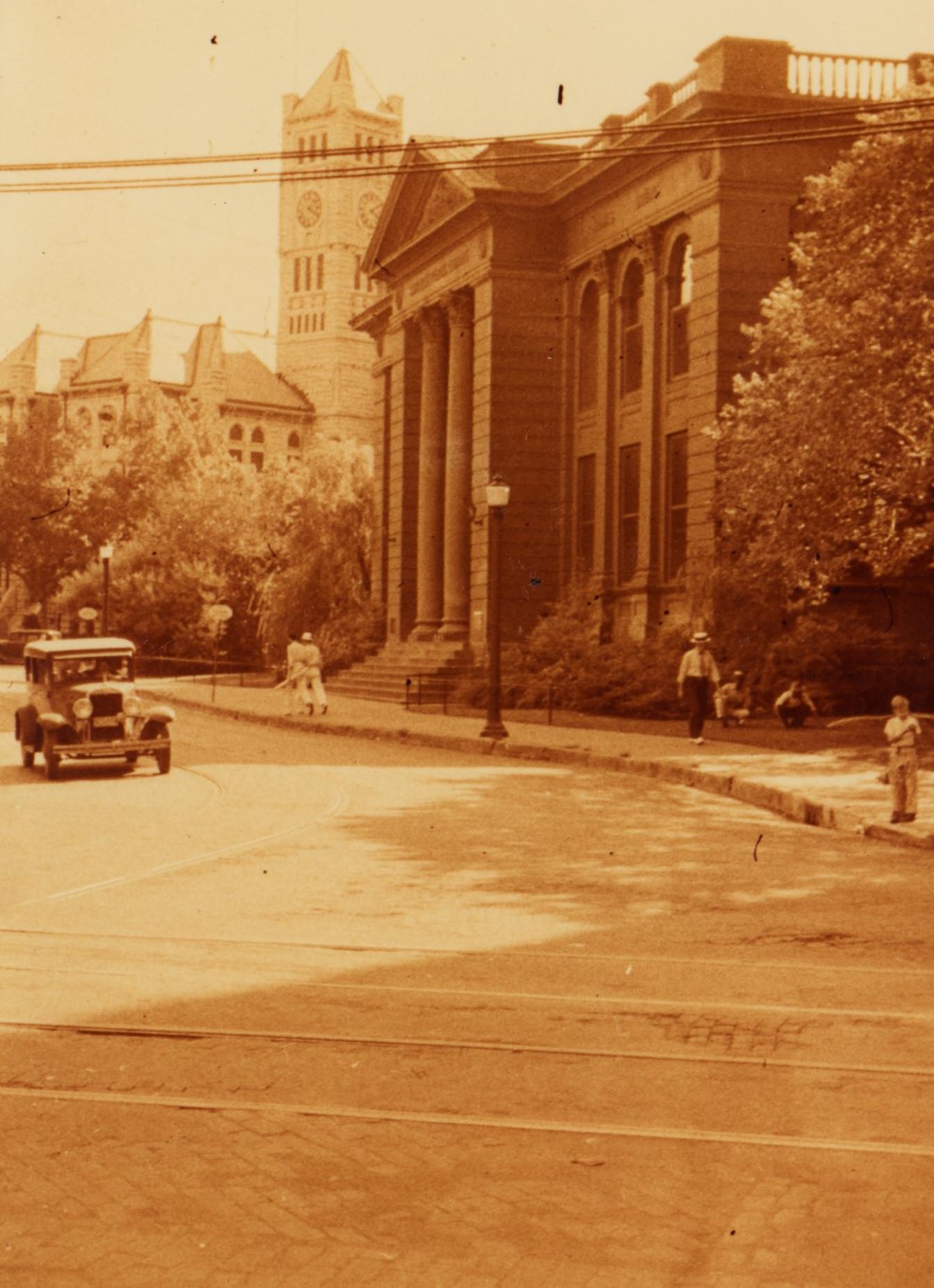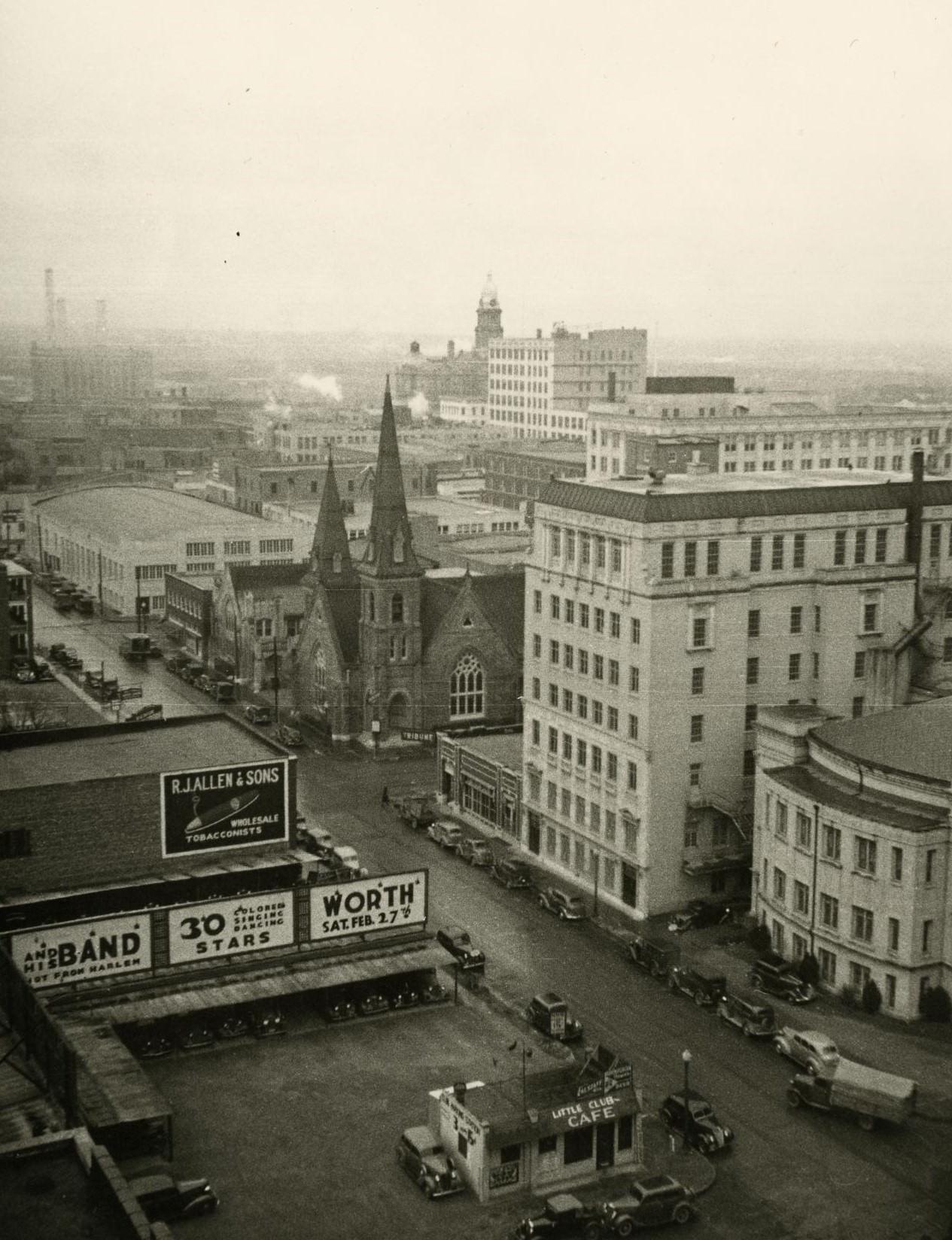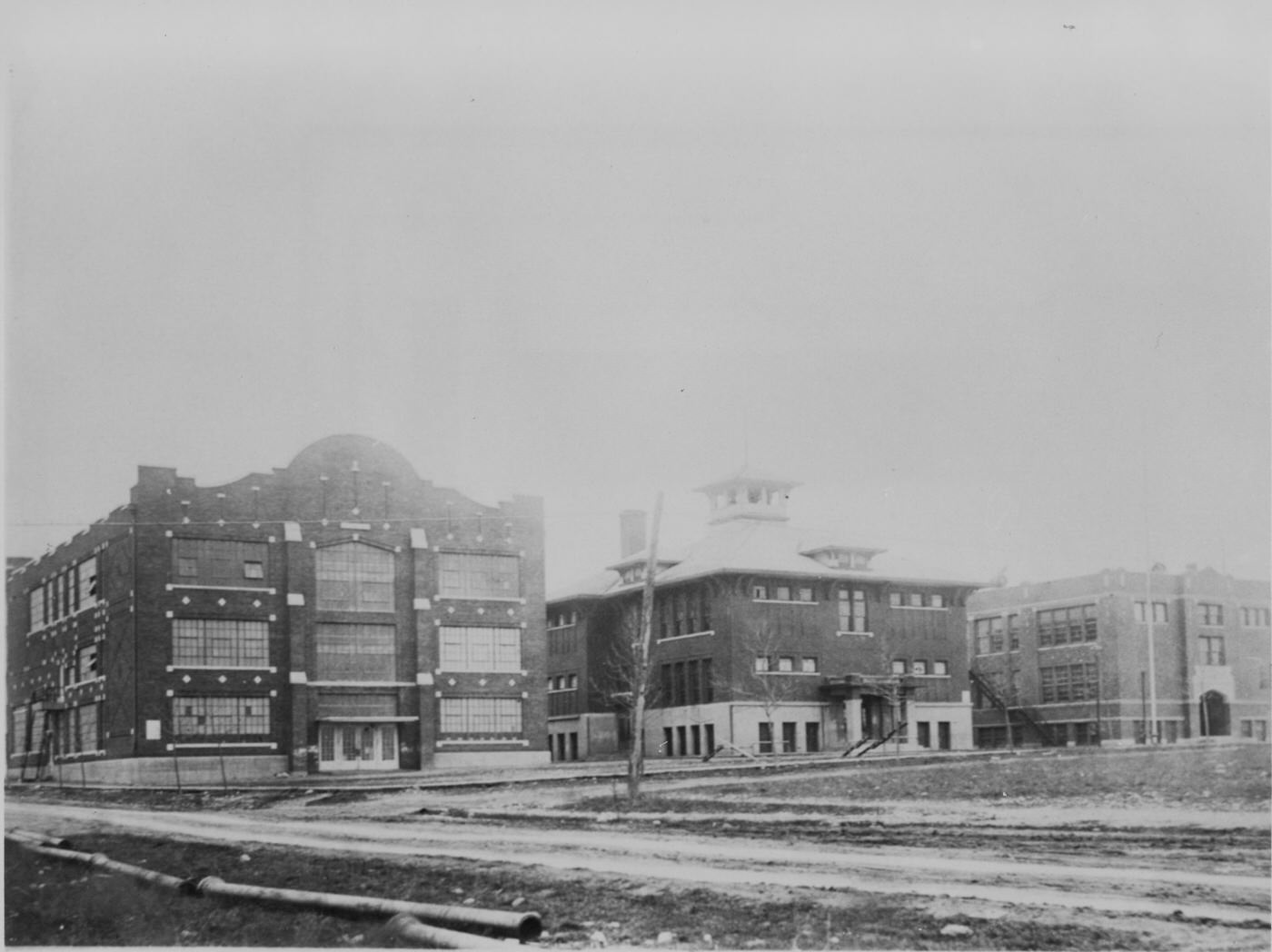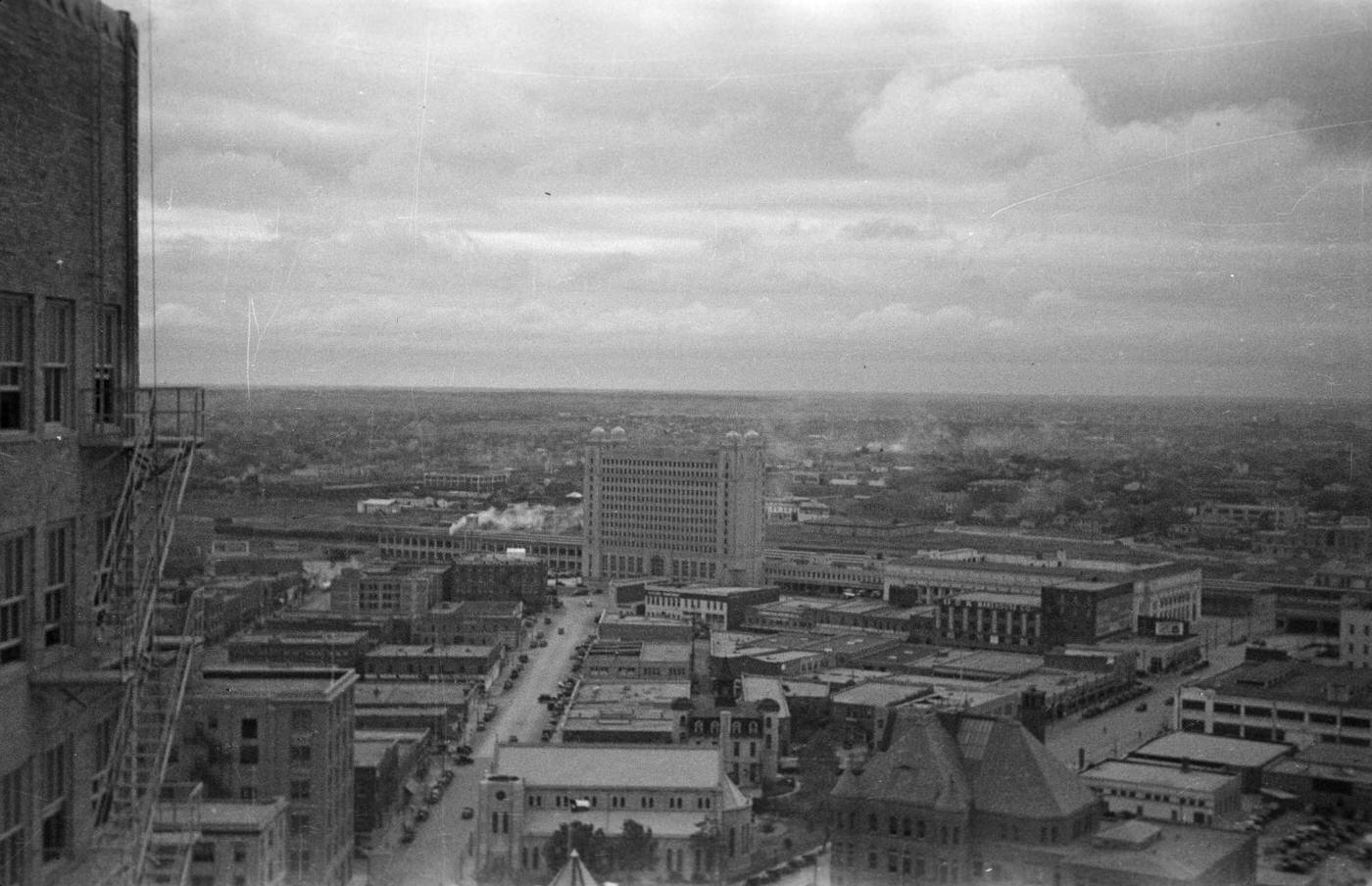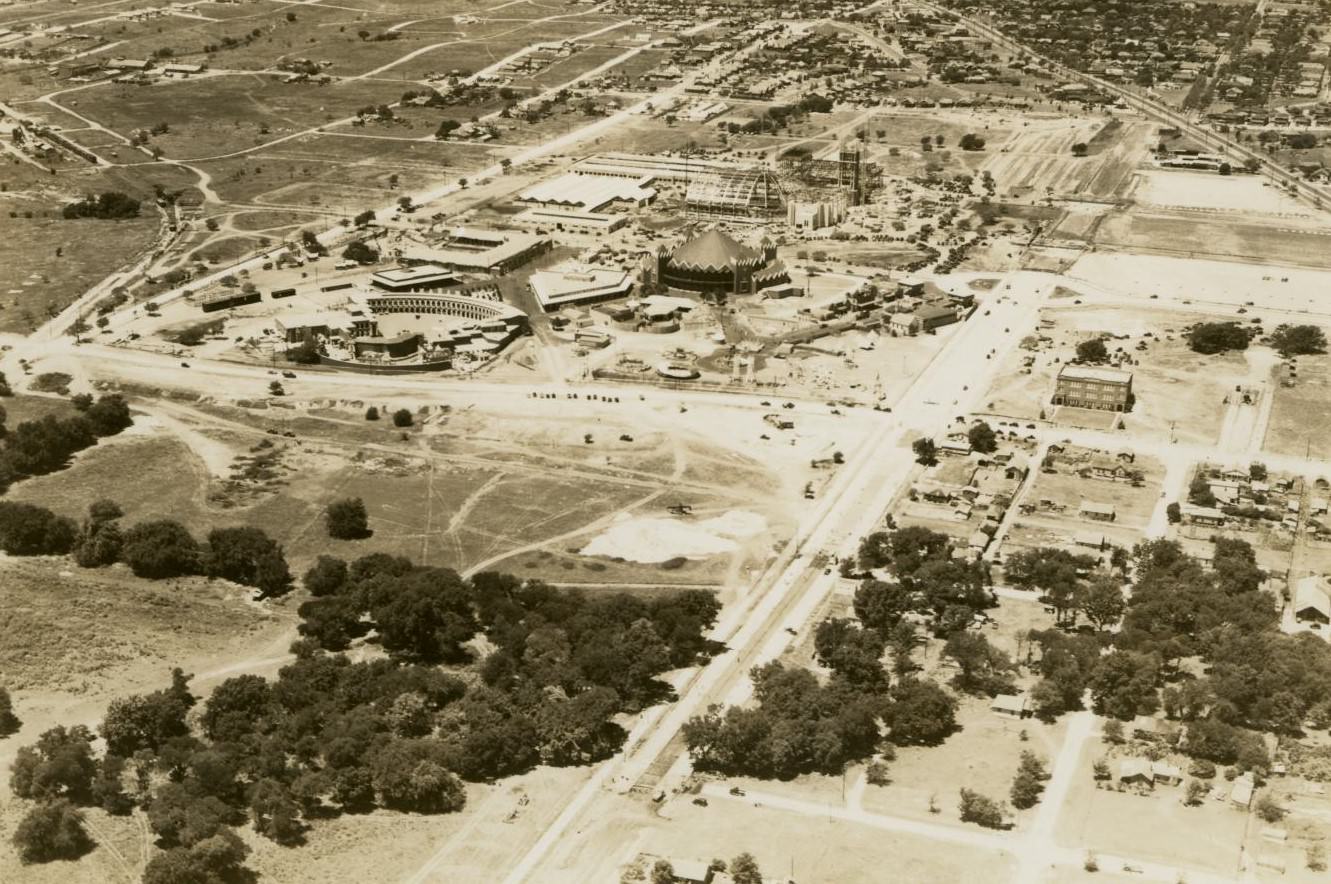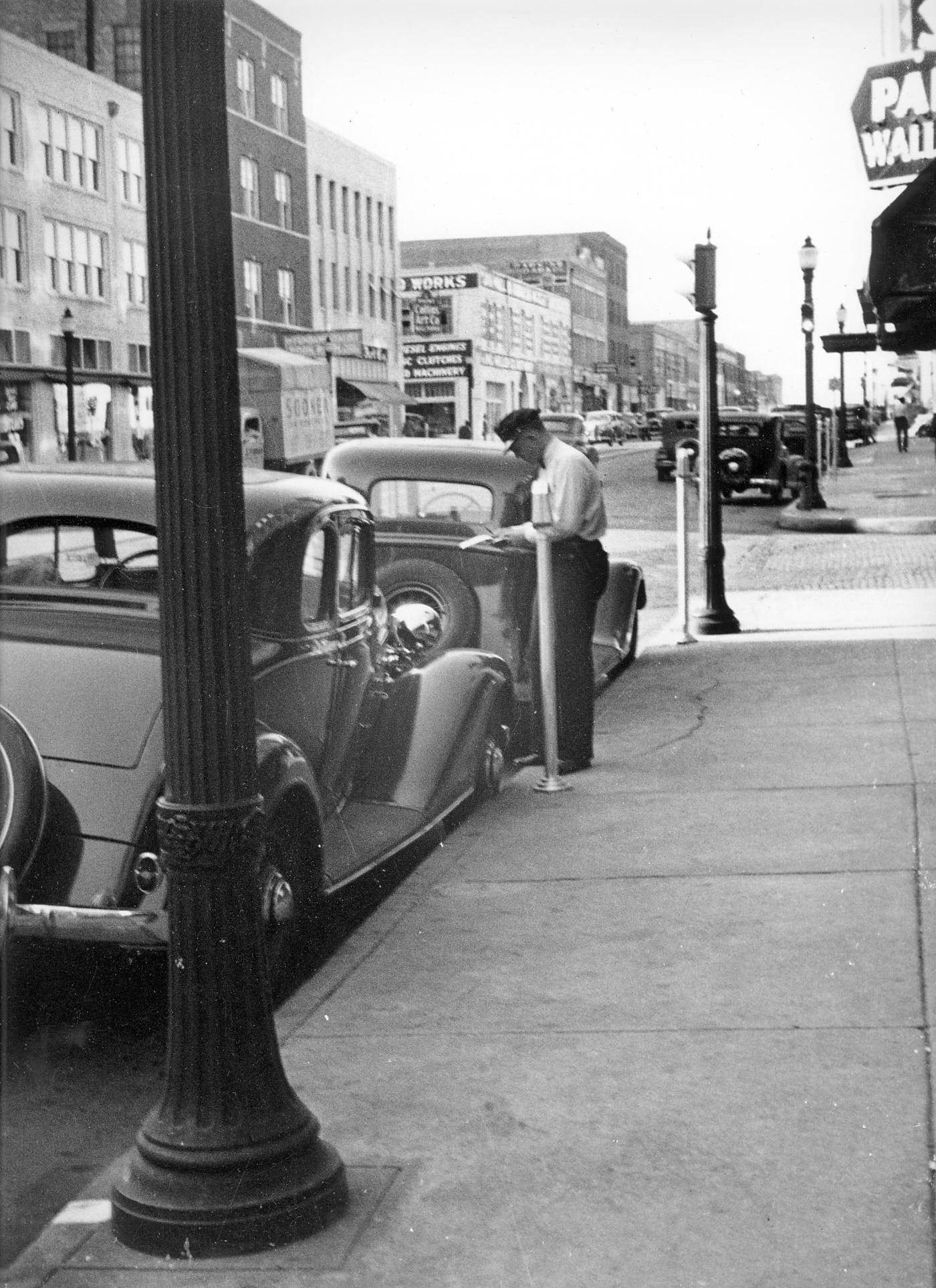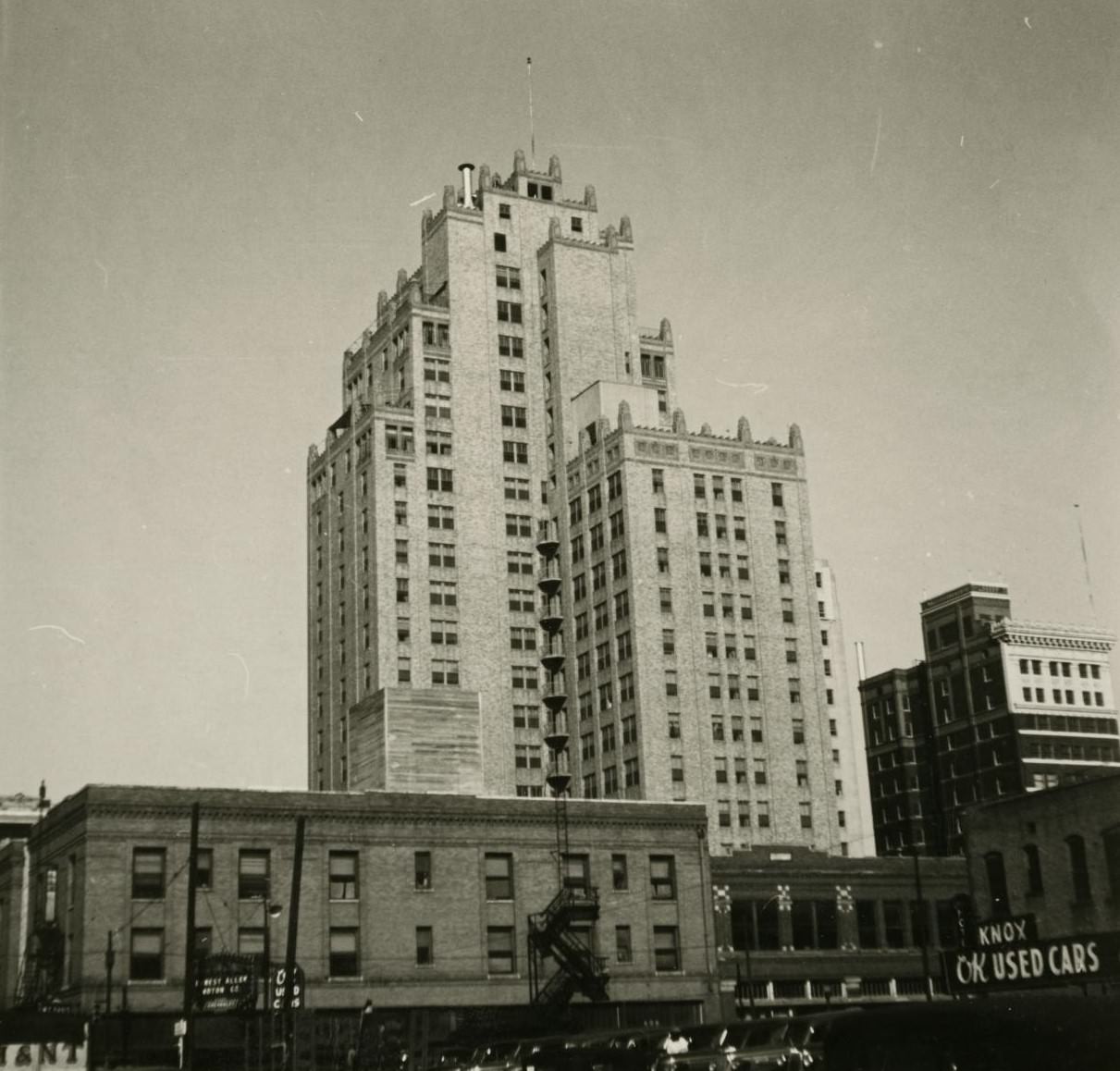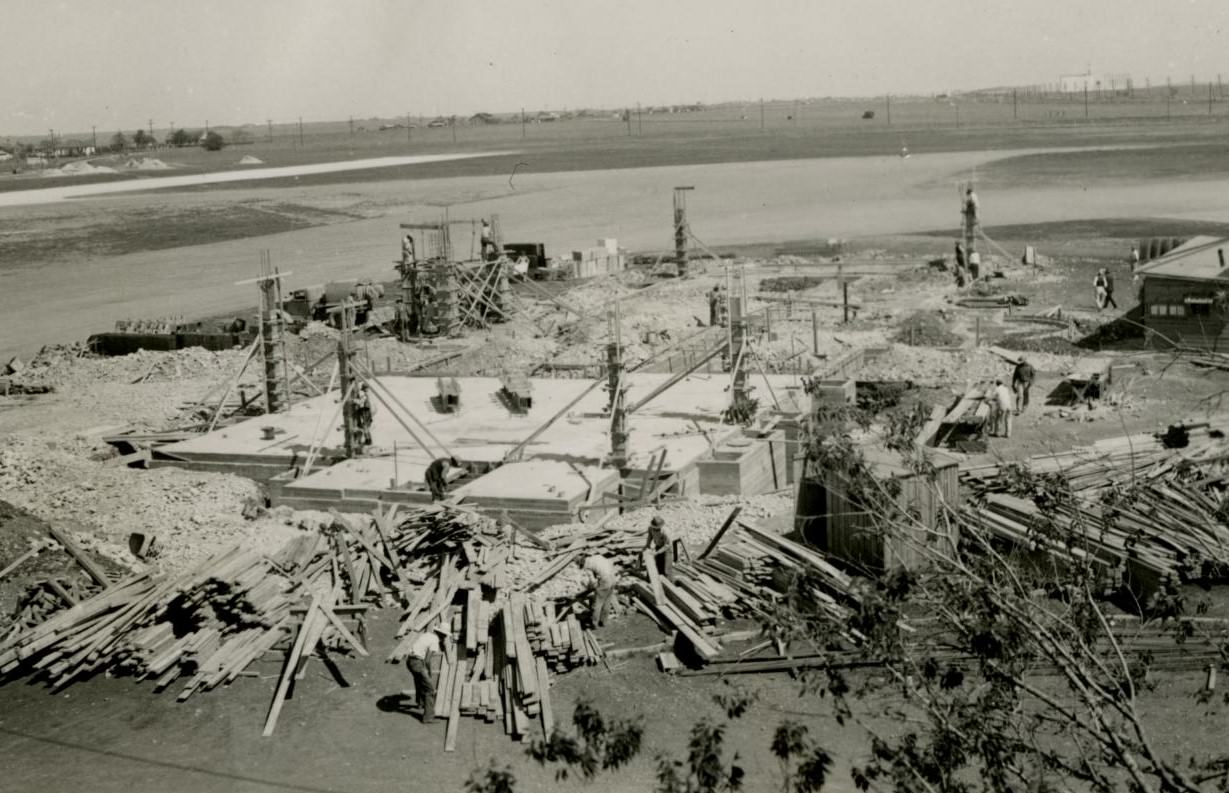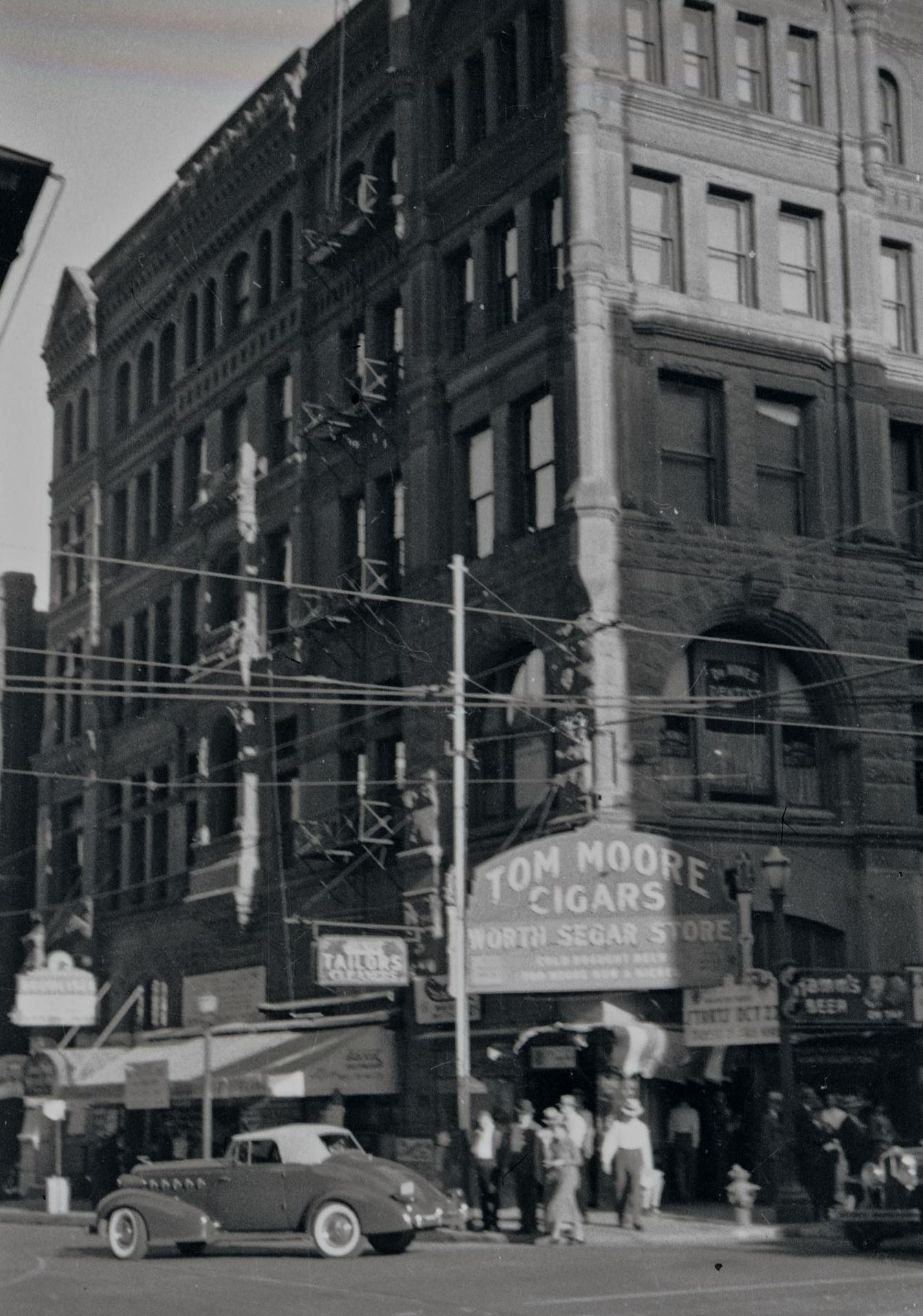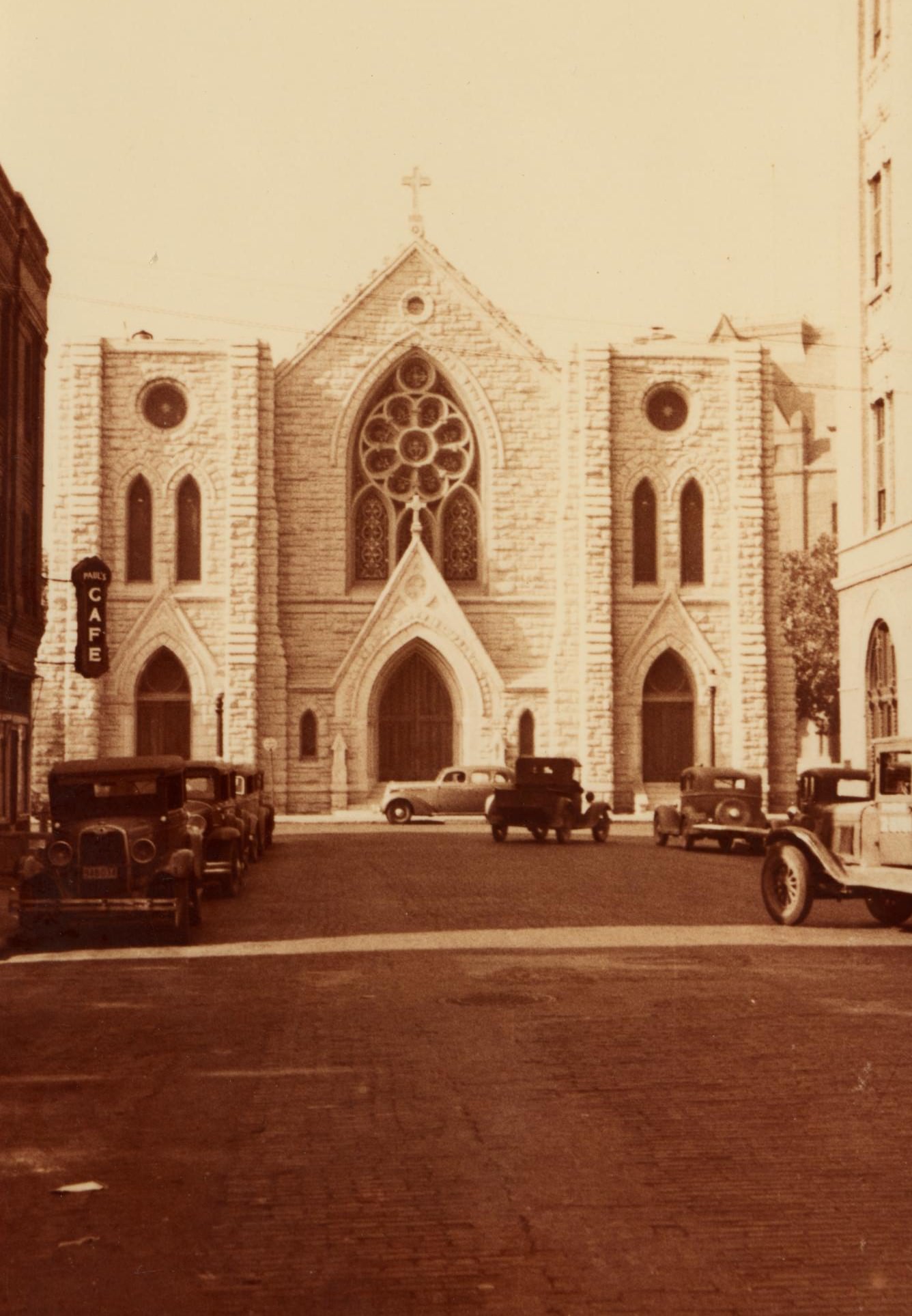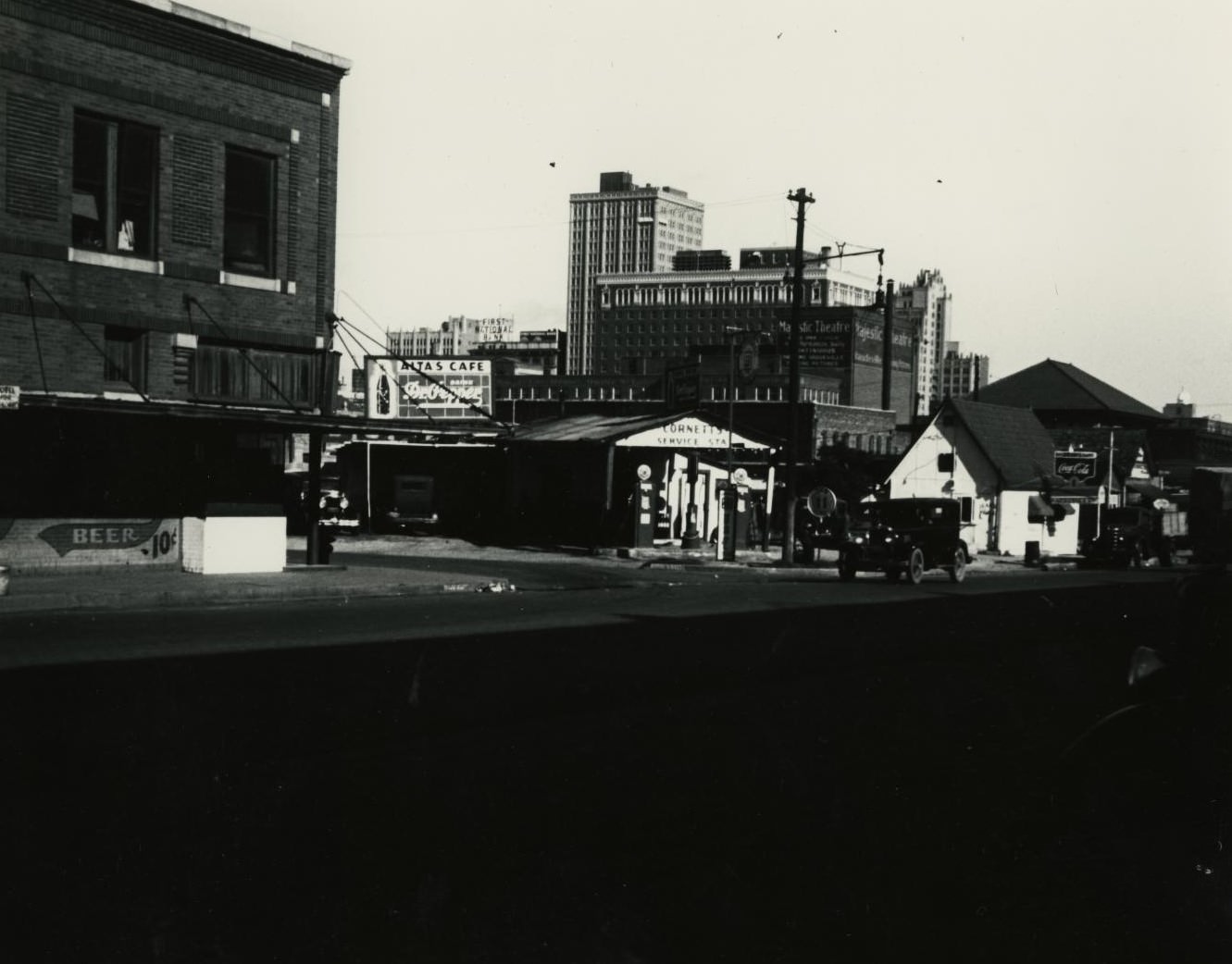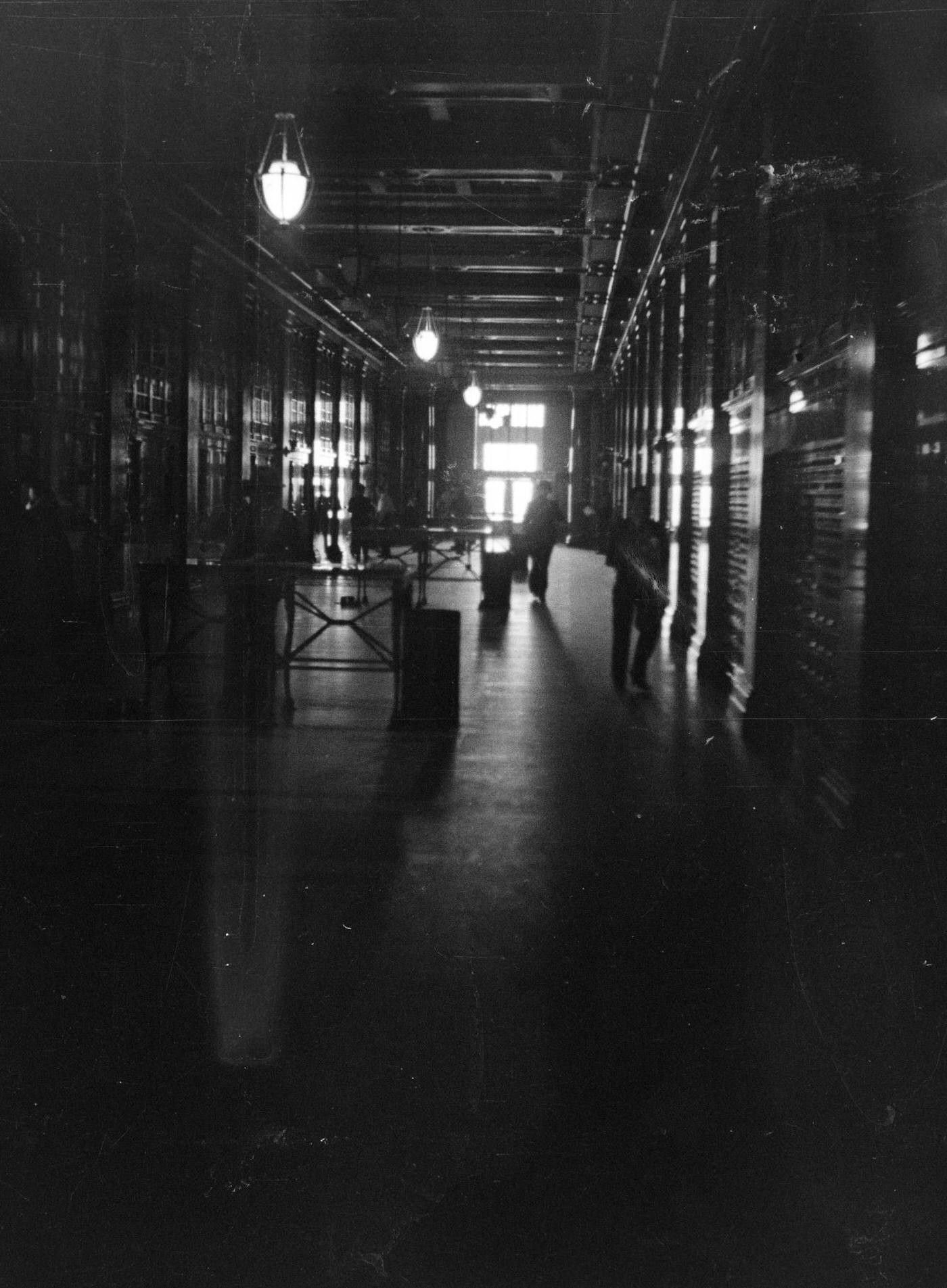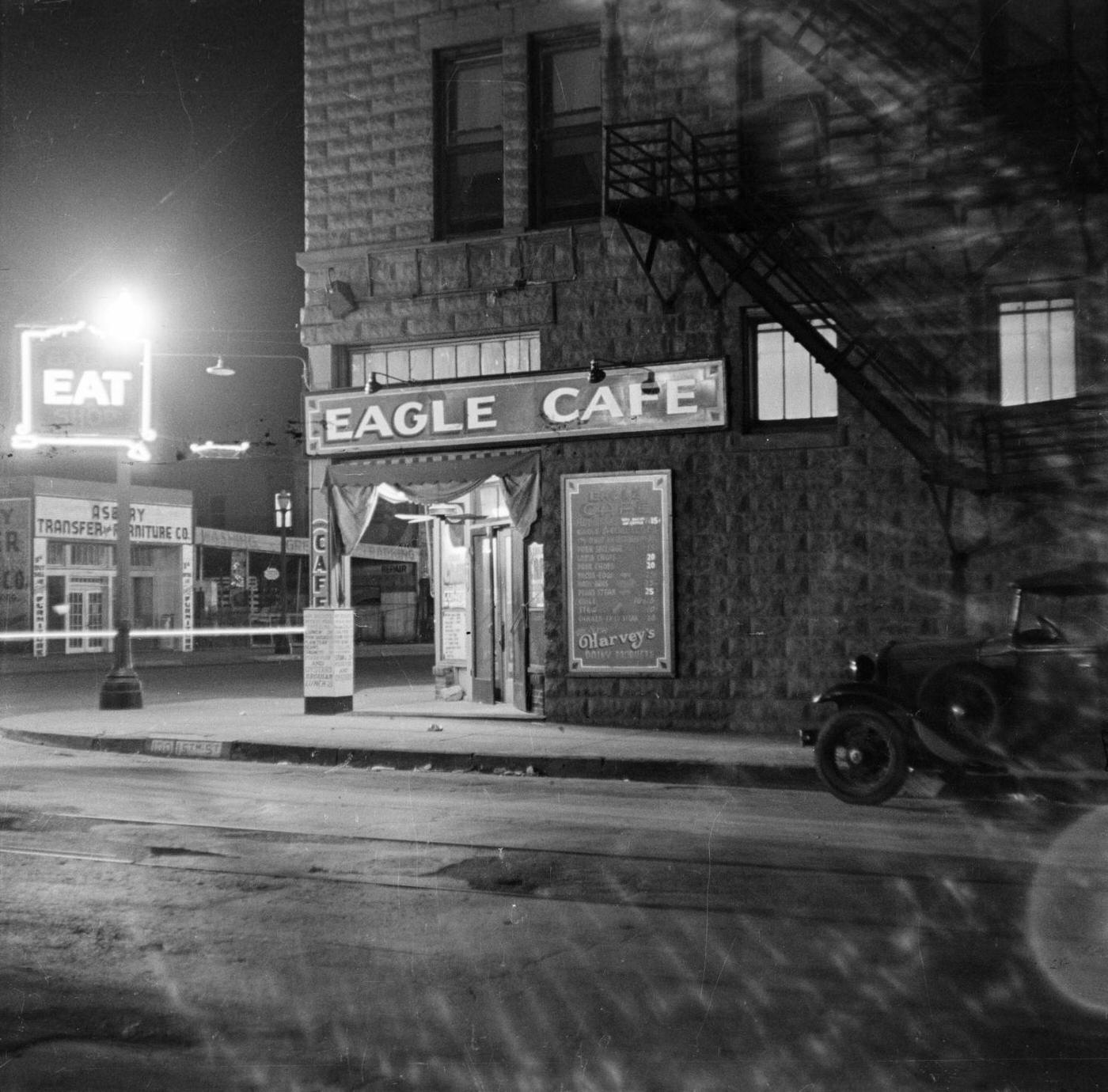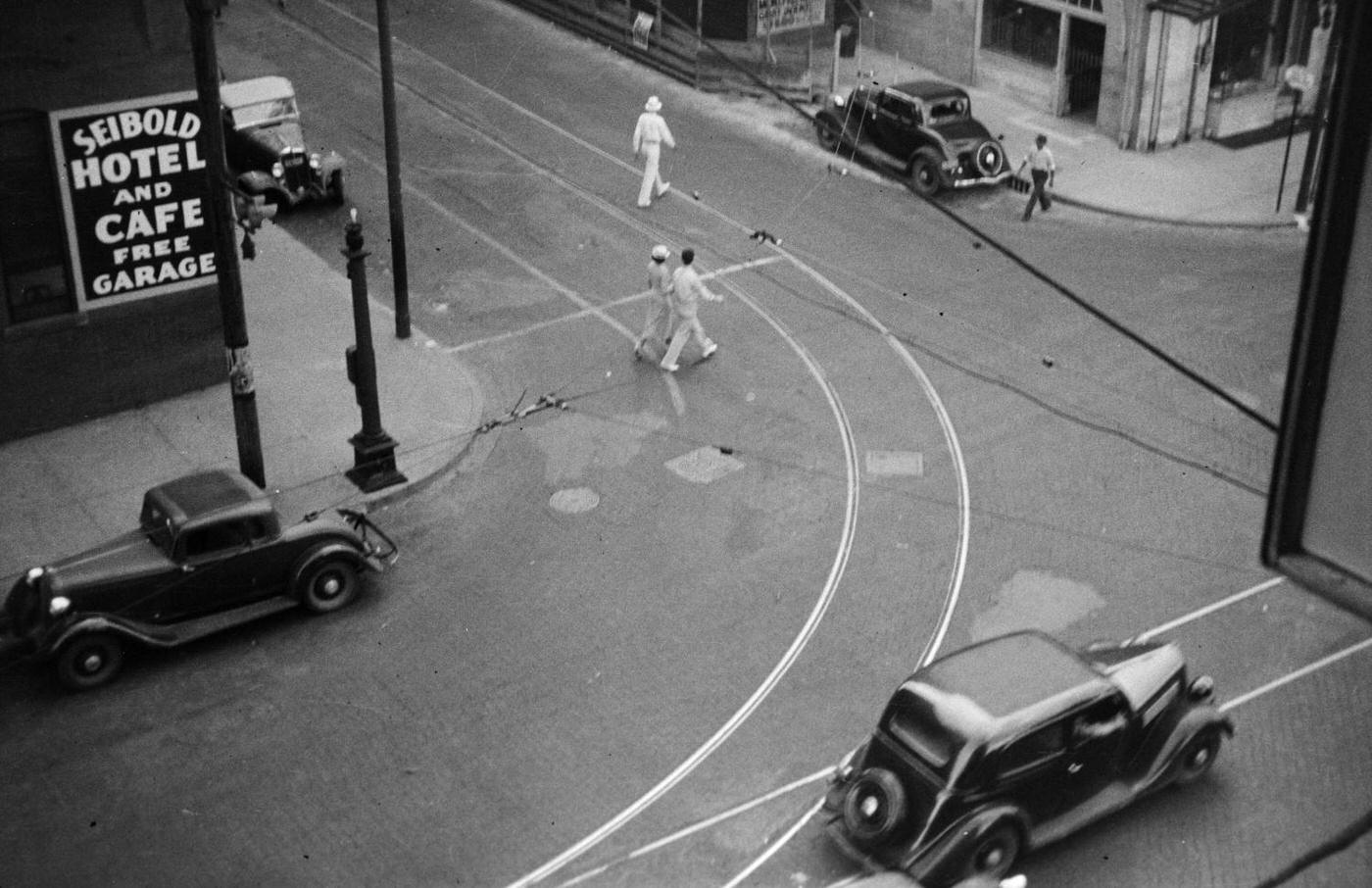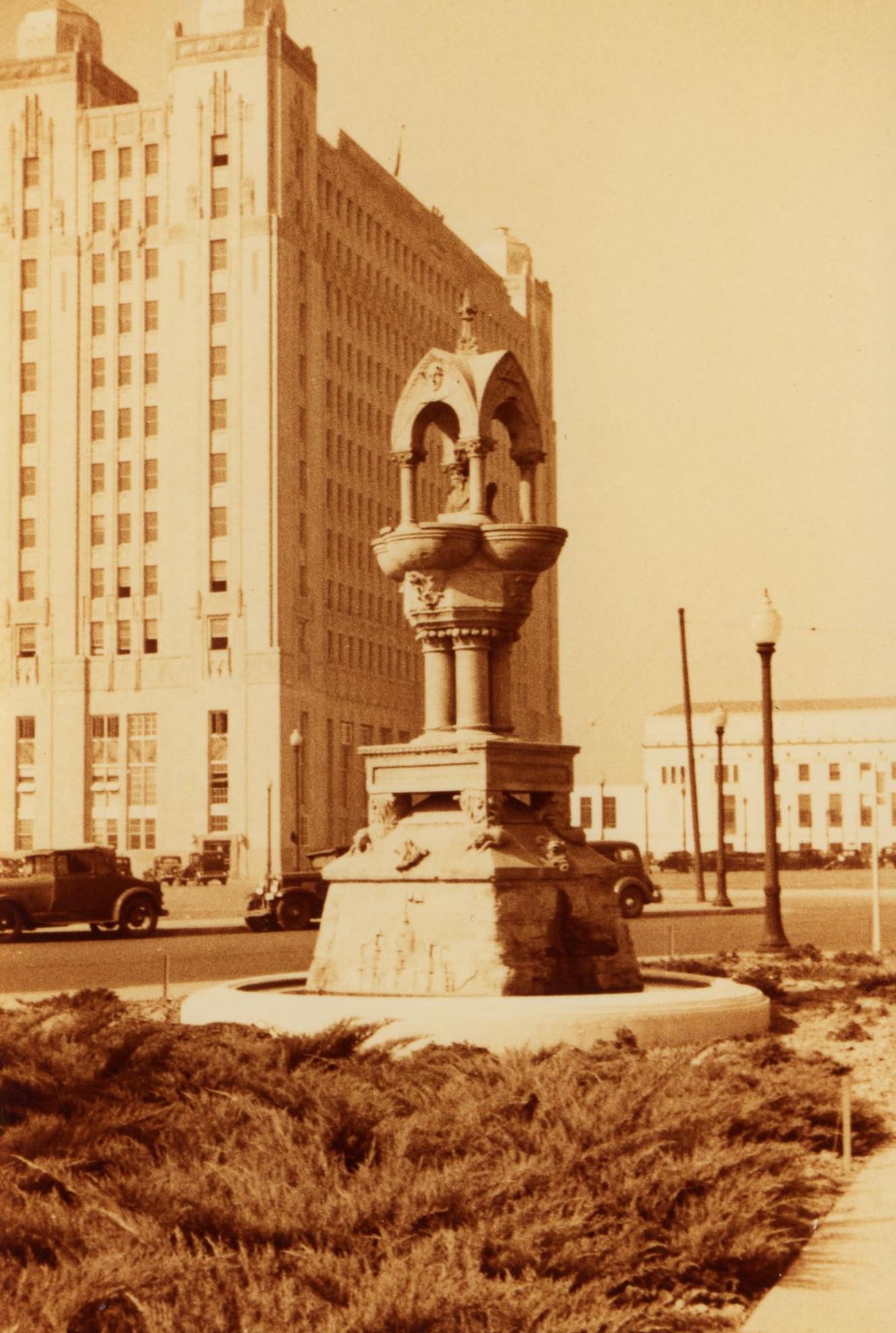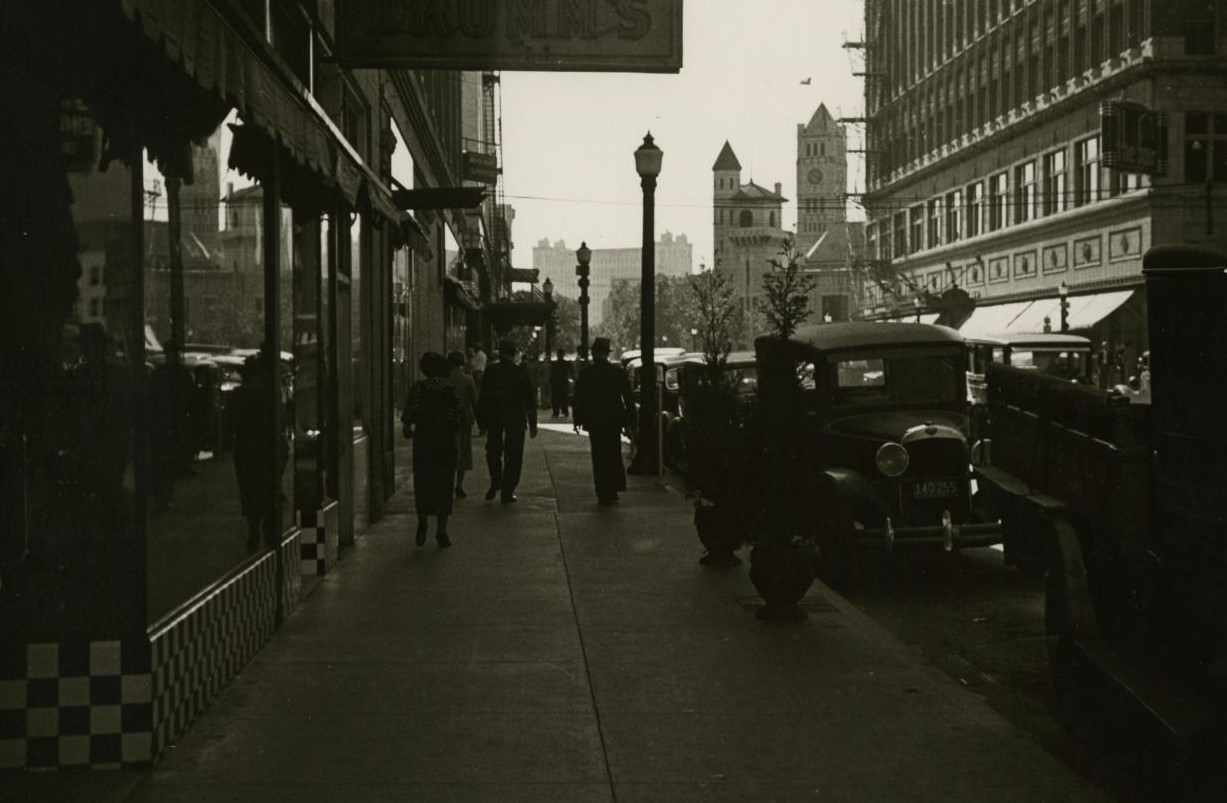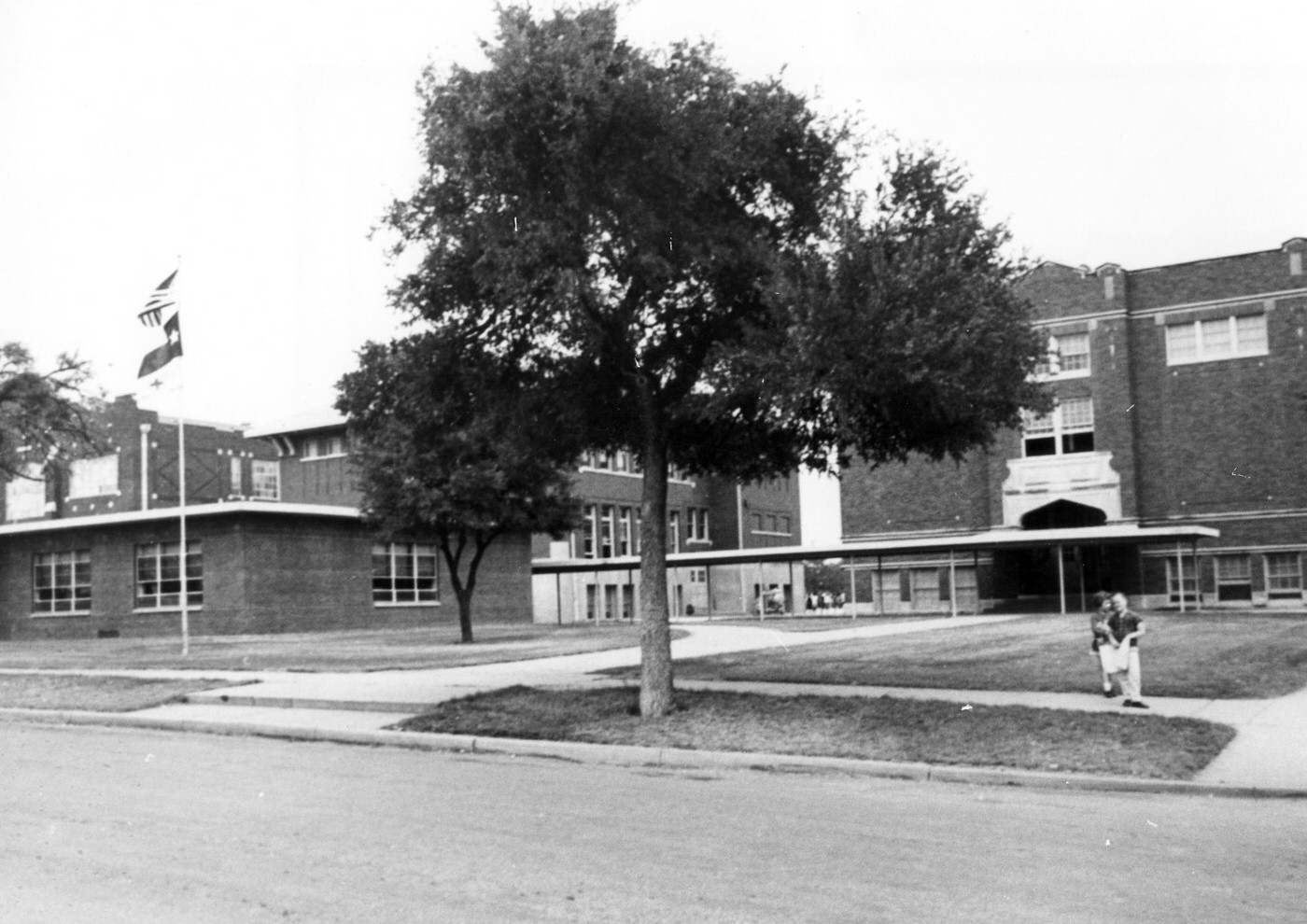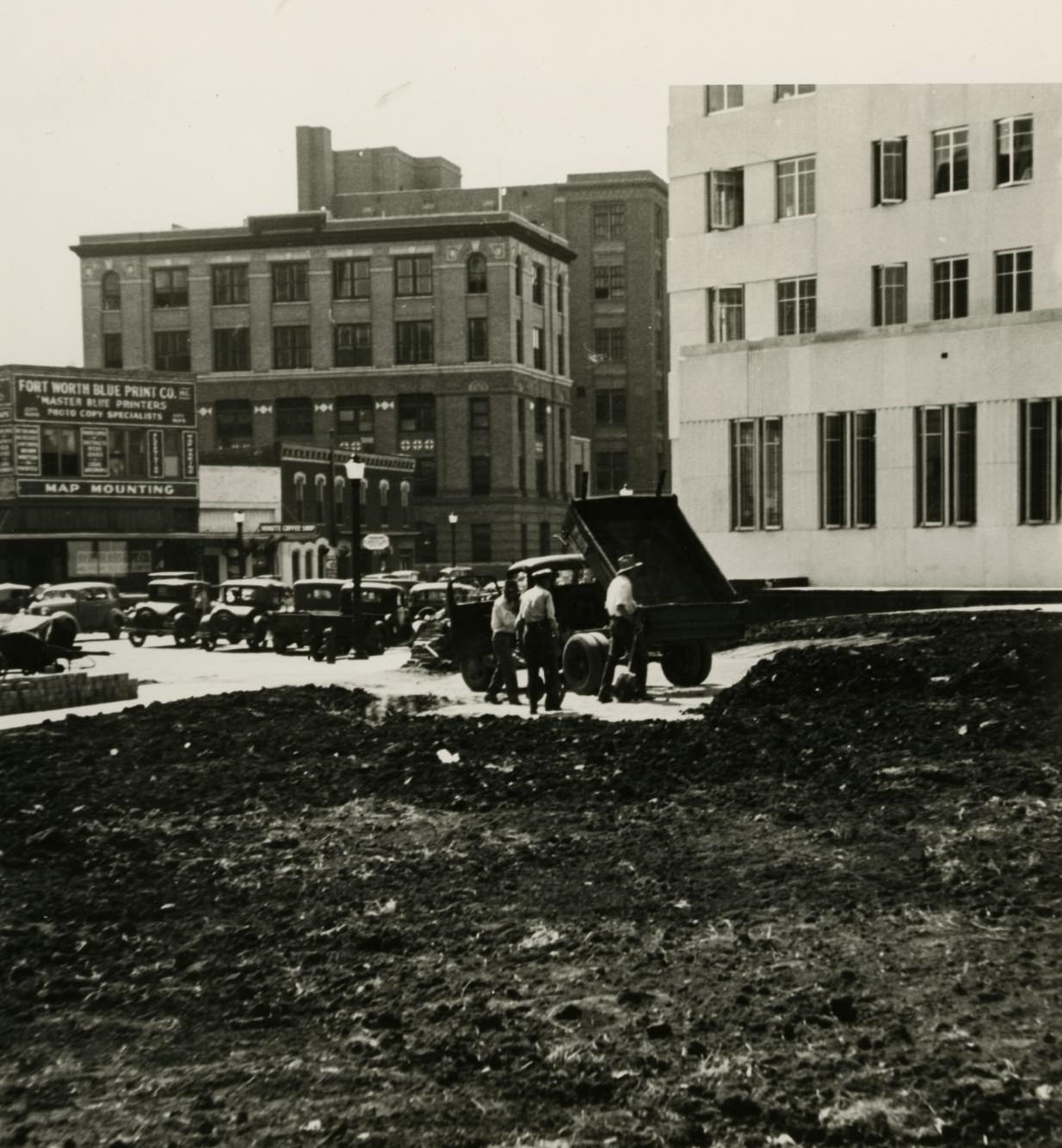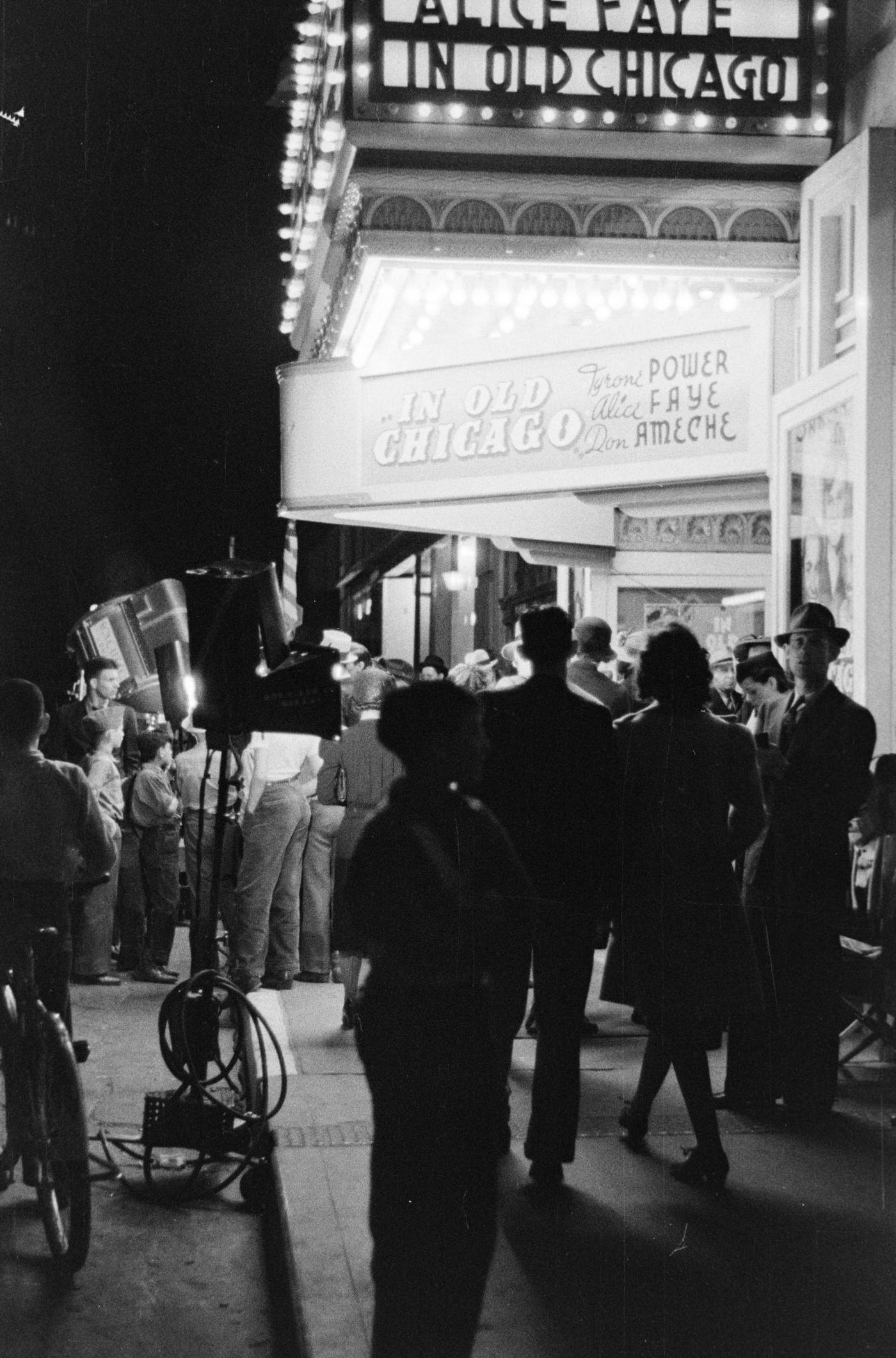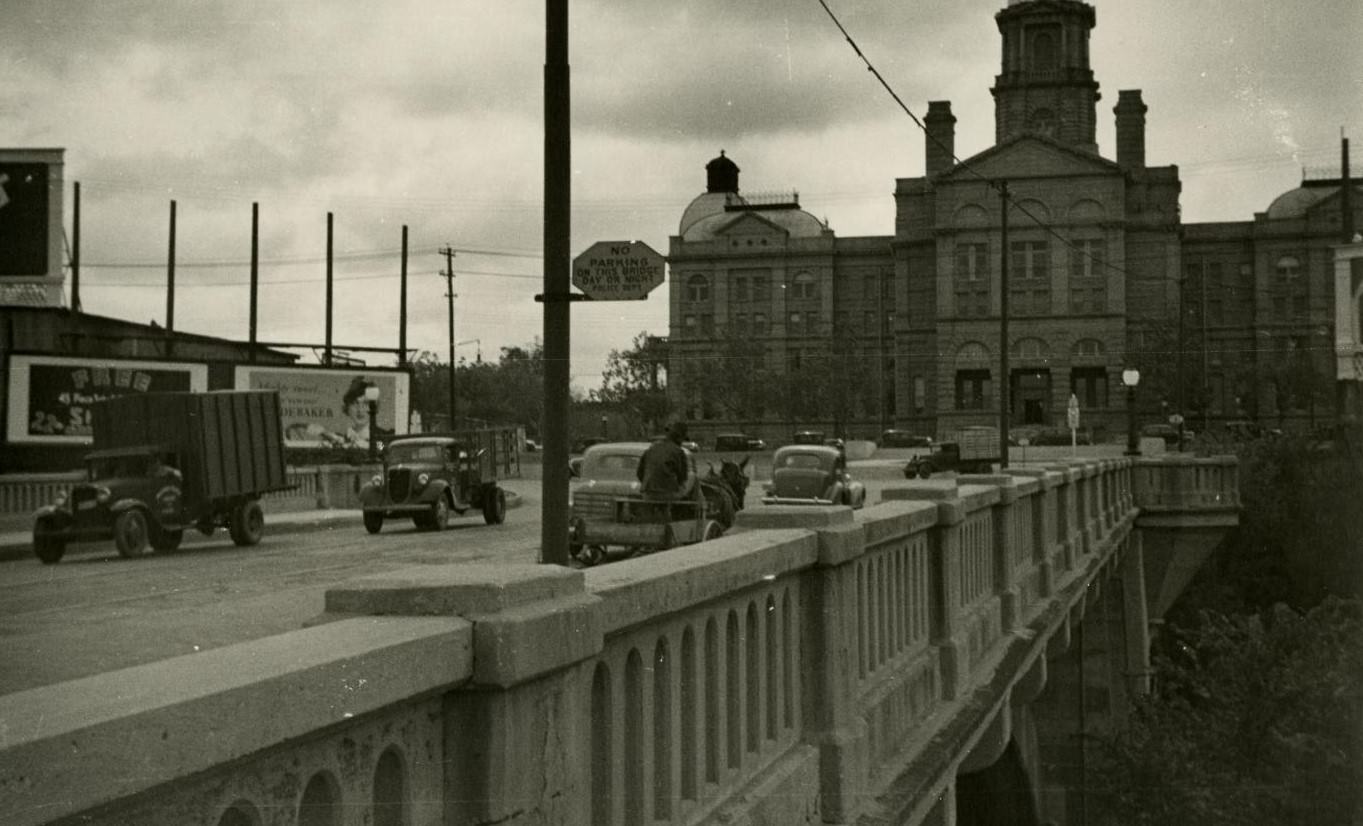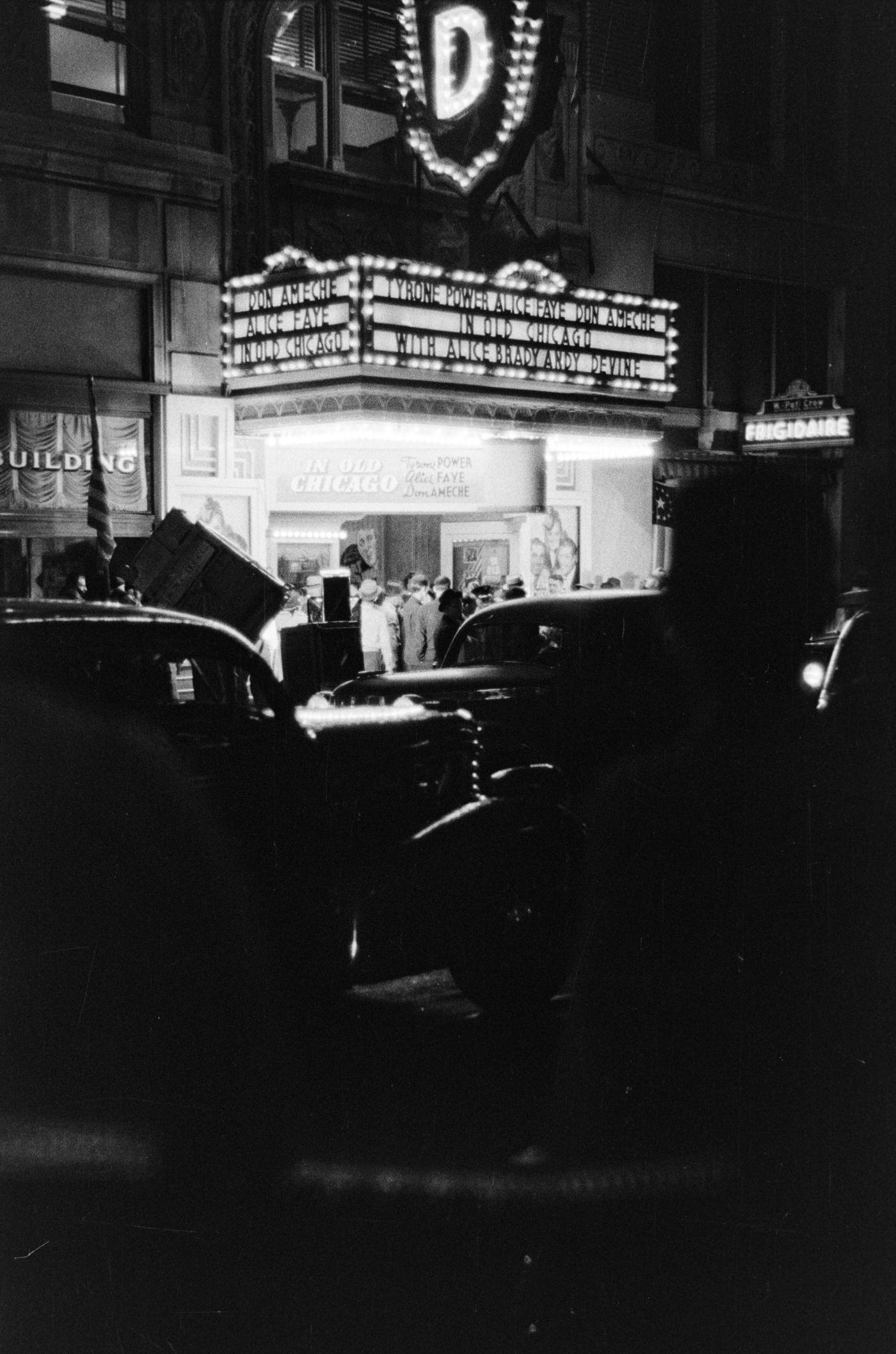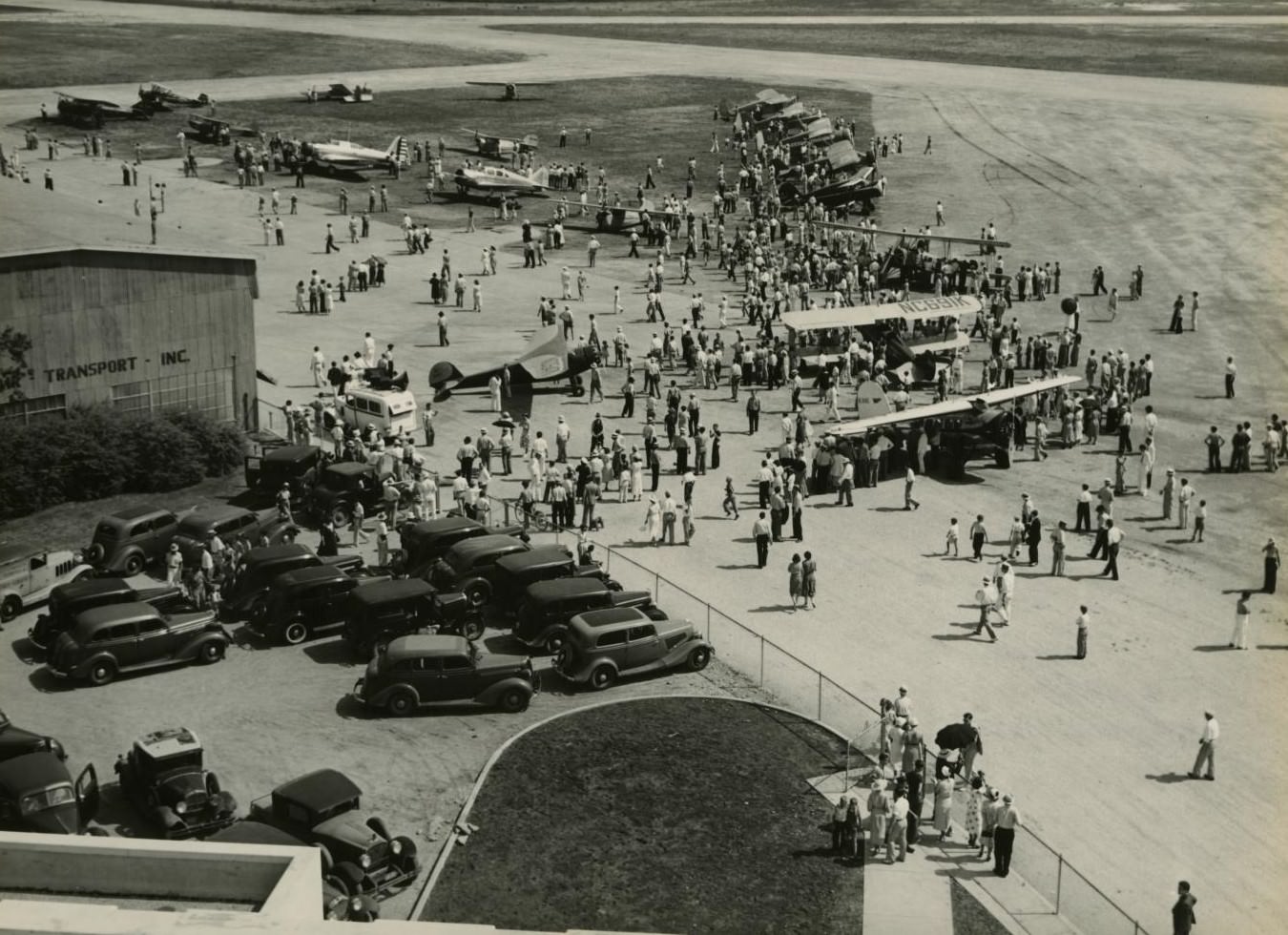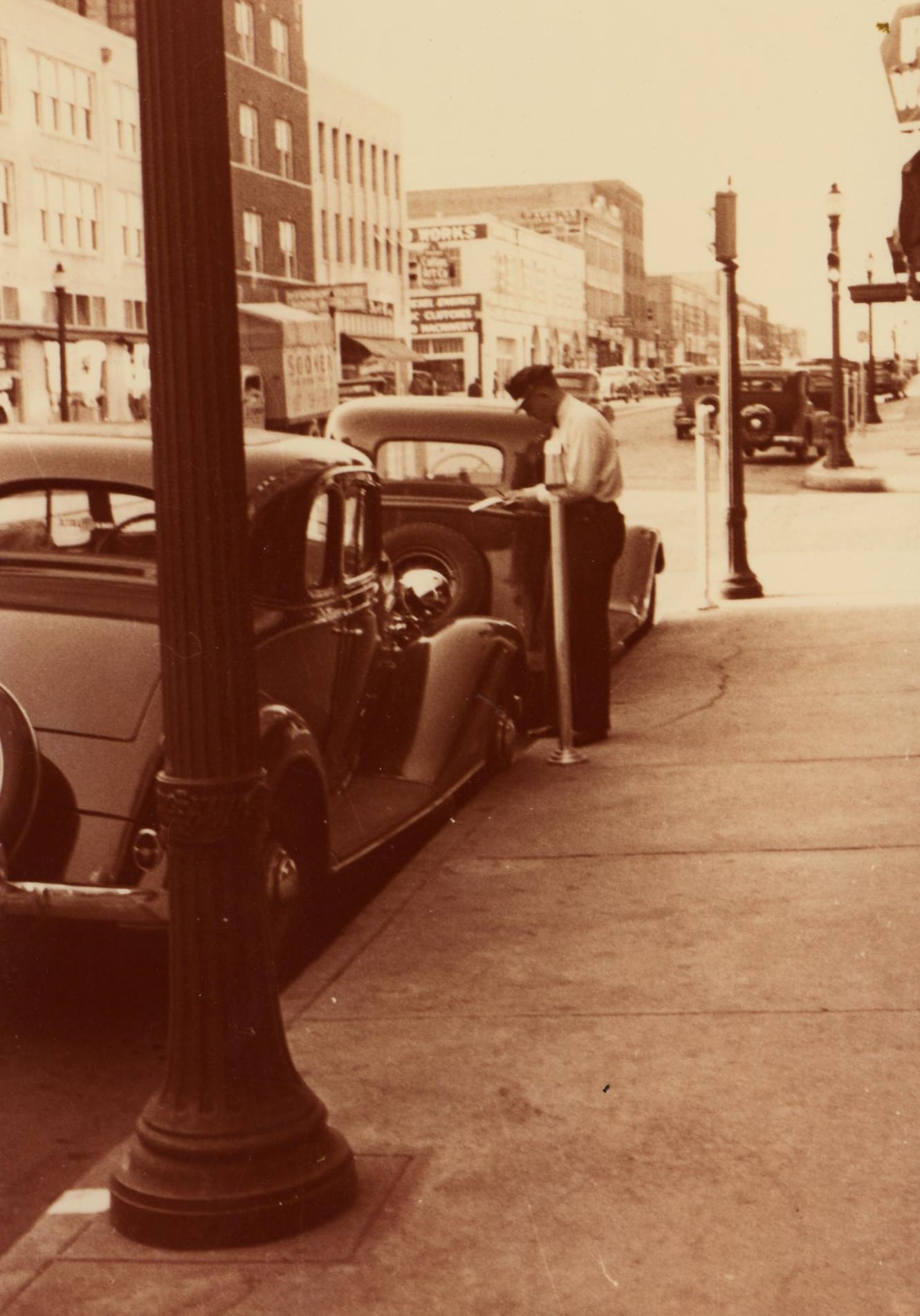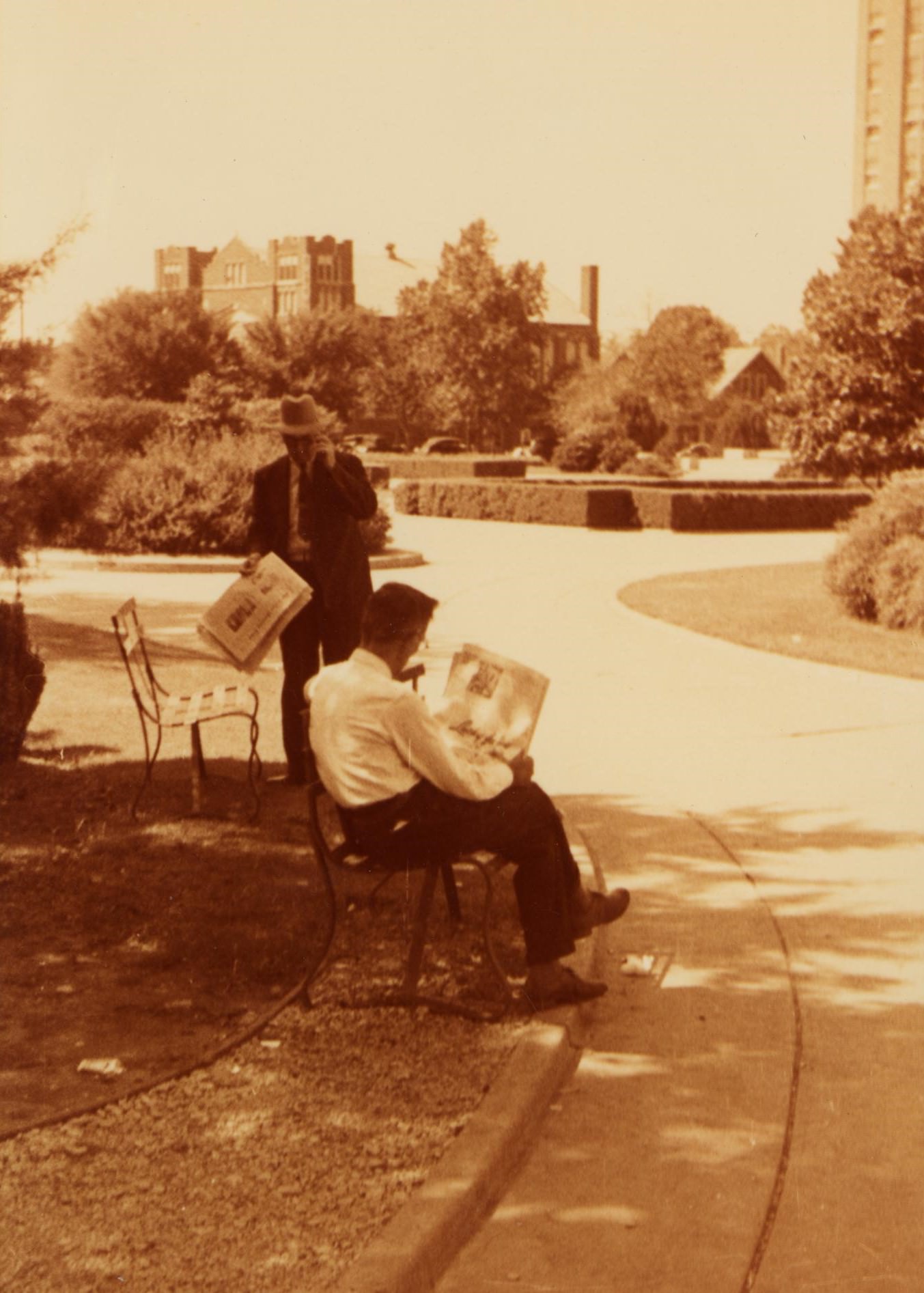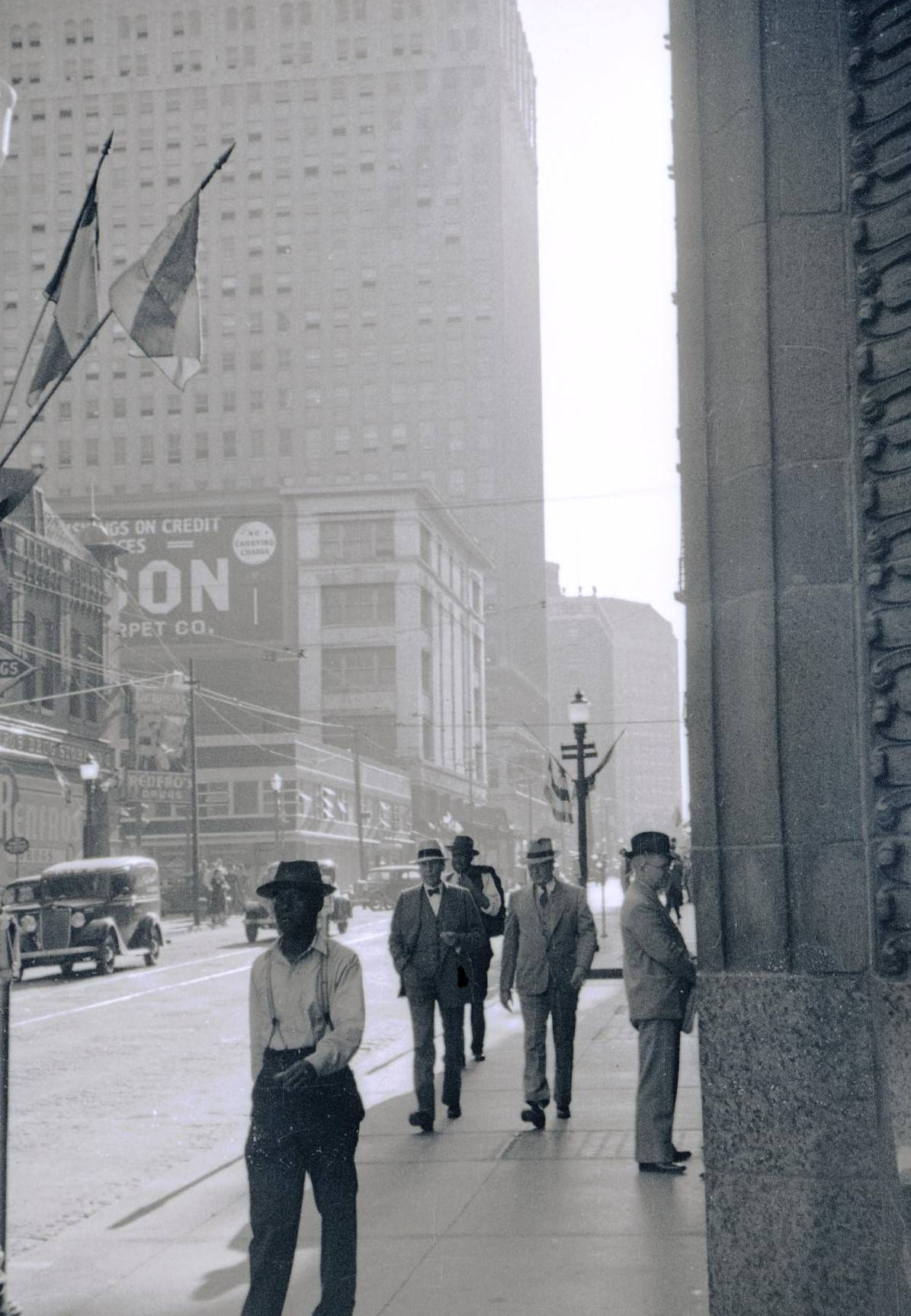Fort Worth, Texas, in the 1930s was a city shaped by the wide-open spaces of the American West and the harsh realities of the Great Depression. Unlike some places that were devastated by the economic downturn, Fort Worth had key industries that provided a degree of stability, even as many residents faced hardship. The city had a distinct identity, deeply connected to its roots in the livestock trade, the growing oil business, and the vital network of railroads.
The national economic crisis of the 1930s, the Great Depression, certainly affected Fort Worth. Businesses struggled, unemployment rose, and many families faced financial difficulties. People lost jobs, and finding new work was a constant challenge. The city saw increased demand for charity and public assistance as residents tried to make ends meet during these tough years.
However, Fort Worth benefited from its strong ties to industries that remained active. The cattle business, centered in the Stockyards, continued to operate, and the oil industry, while facing price fluctuations, still generated wealth and activity. The city was also a major railway hub, and the movement of goods and people by train provided ongoing economic momentum.
The physical appearance of Fort Worth in the 1930s showed a mix of its Western past and its growing modernity. Downtown Fort Worth had impressive buildings, many constructed in the earlier boom years, housing banks, offices, and department stores. Streetcars moved along the city’s main thoroughfares, providing public transportation. Residential neighborhoods ranged from grand homes to more modest houses and smaller dwellings.
Read more
The heart of Fort Worth’s economy and identity was the Fort Worth Stockyards. This sprawling complex was a hub of activity, where livestock – primarily cattle, but also hogs and sheep – were brought from ranches across Texas and beyond to be bought, sold, and processed. Daily livestock auctions were held, drawing buyers and sellers from the agricultural world. The Stockyards was a busy, noisy, and often dusty place, filled with the sounds of animals, the calls of auctioneers, and the movement of people and vehicles.
Adjacent to the stockyards were large meatpacking plants, major employers in the city. Companies processed the livestock, turning them into meat products for distribution across the country. These plants were busy operations, adding to the industrial character of the Stockyards area. The Stockyards represented a vital link between the ranches of the West and the dinner tables of America.
The oil industry also played a significant role in 1930s Fort Worth. While the city wasn’t directly on top of major oil fields, it became a financial and administrative center for the oil business in Texas. Oil companies established offices in Fort Worth, and wealth generated from oil production flowed into the city, supporting businesses and contributing to the local economy. Figures like Amon G. Carter, a prominent businessman and publisher of the Fort Worth Star-Telegram newspaper, were deeply involved in promoting both the oil industry and the city itself.
Transportation infrastructure was crucial to Fort Worth’s function. The city was a major crossroads for several major railway lines. Trains were essential for bringing livestock to the Stockyards and transporting meat and other goods out to markets. Passenger trains also connected Fort Worth to other cities. While the number of cars on the road was increasing, many roads, especially outside the city center, were not paved or well-maintained, making longer-distance travel by automobile challenging.
Daily life for the people of Fort Worth in the 1930s varied greatly. For those working in the stable industries or who had financial resources, life continued with some degree of normalcy. However, many faced the hardships of unemployment and poverty. Families relied on community support, and government relief programs that were established during the Depression provided some assistance, offering jobs on public works projects or direct aid. Despite the difficulties, people found ways to cope, whether through resourcefulness, community solidarity, or finding simple forms of entertainment.
